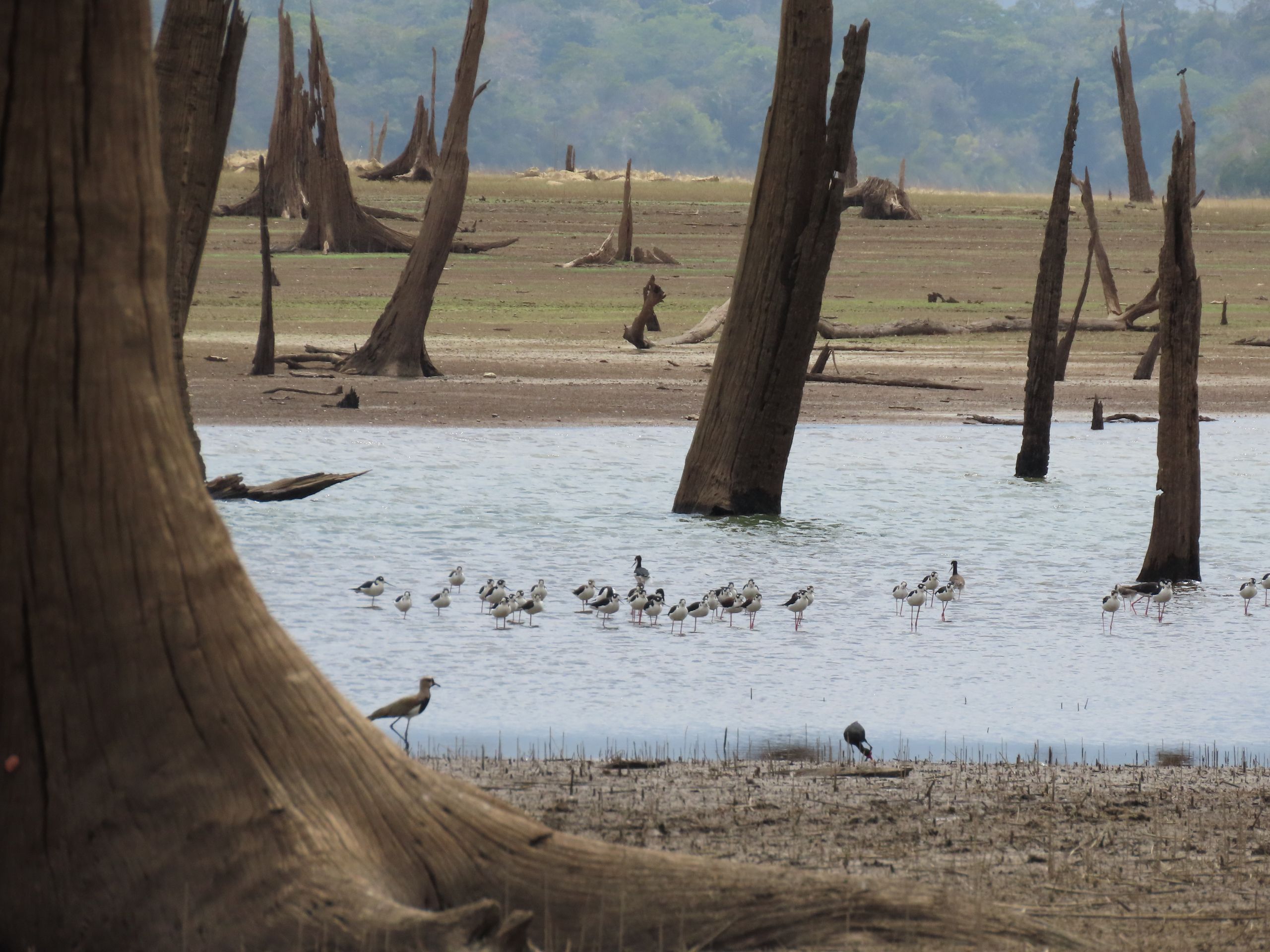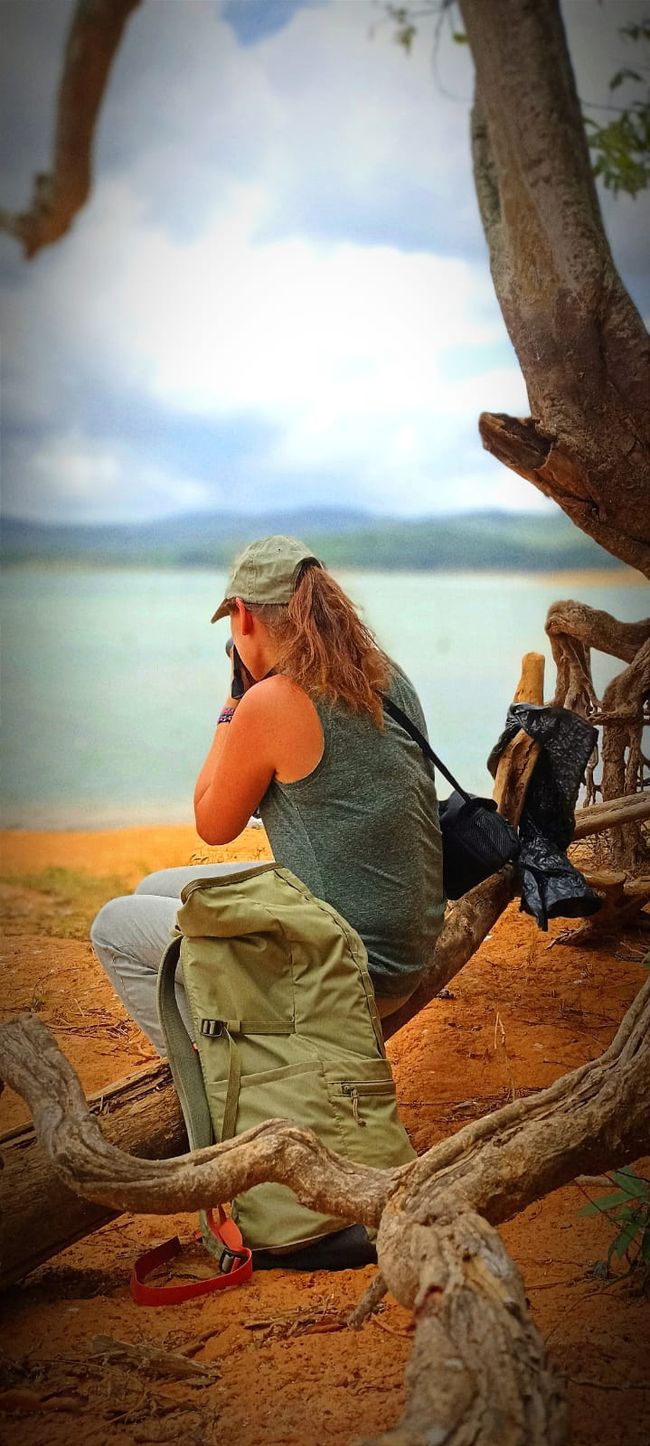Gamboa - an absolute paradise for birds
Publicat: 06.04.2023
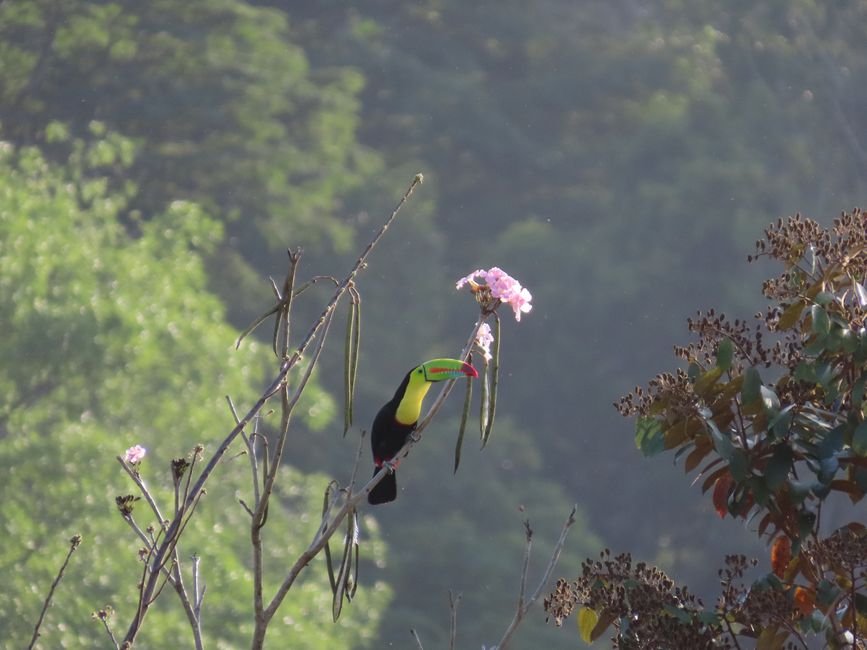
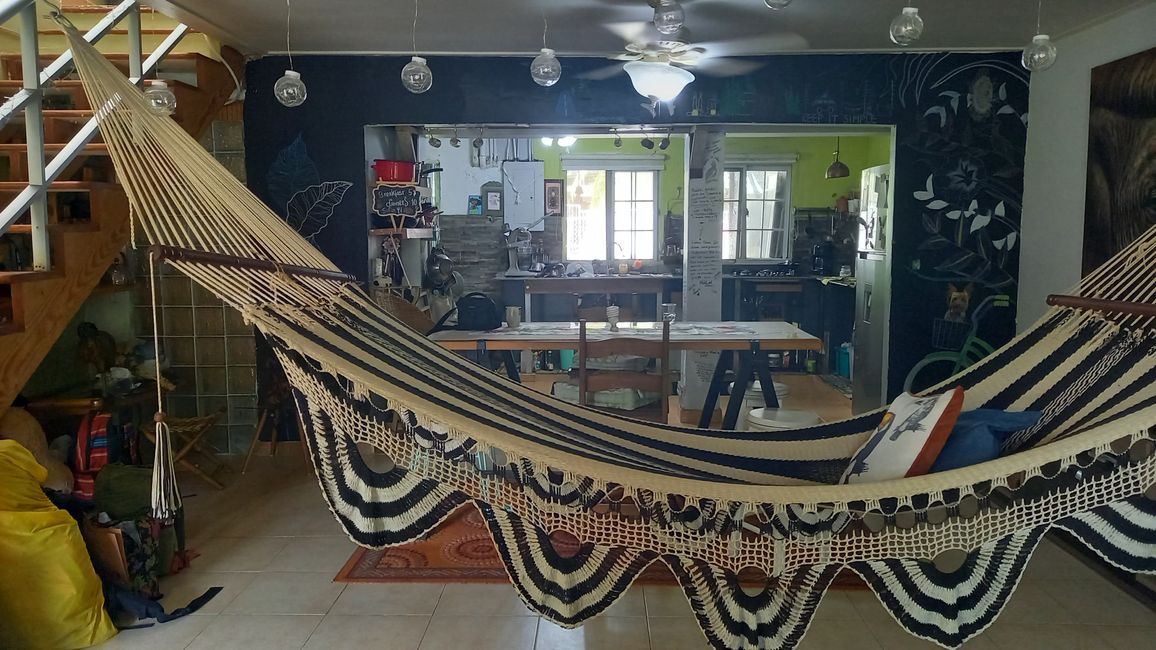
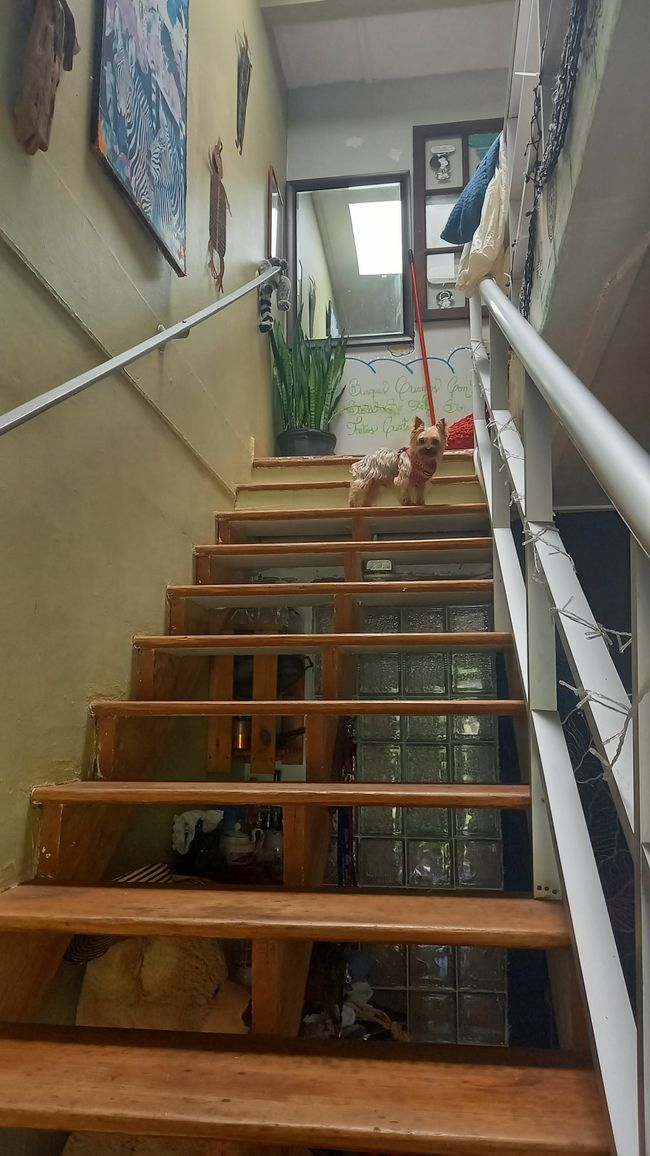
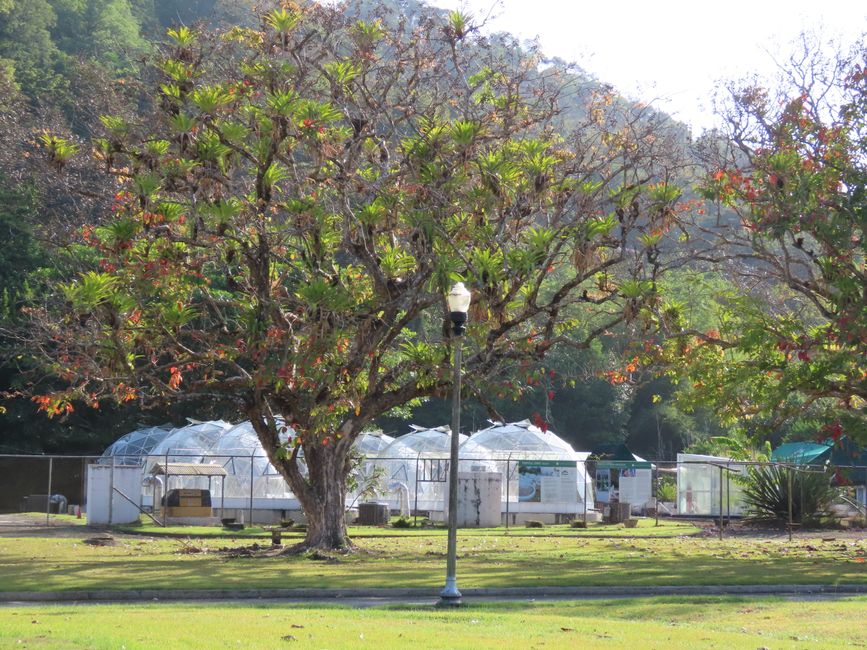
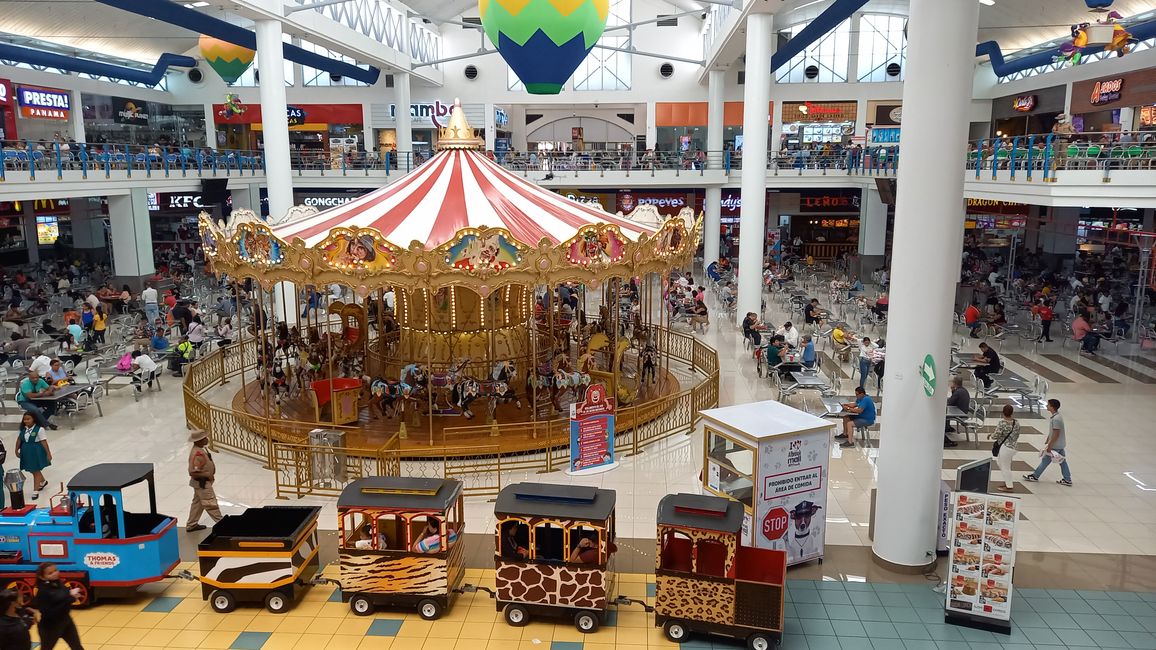
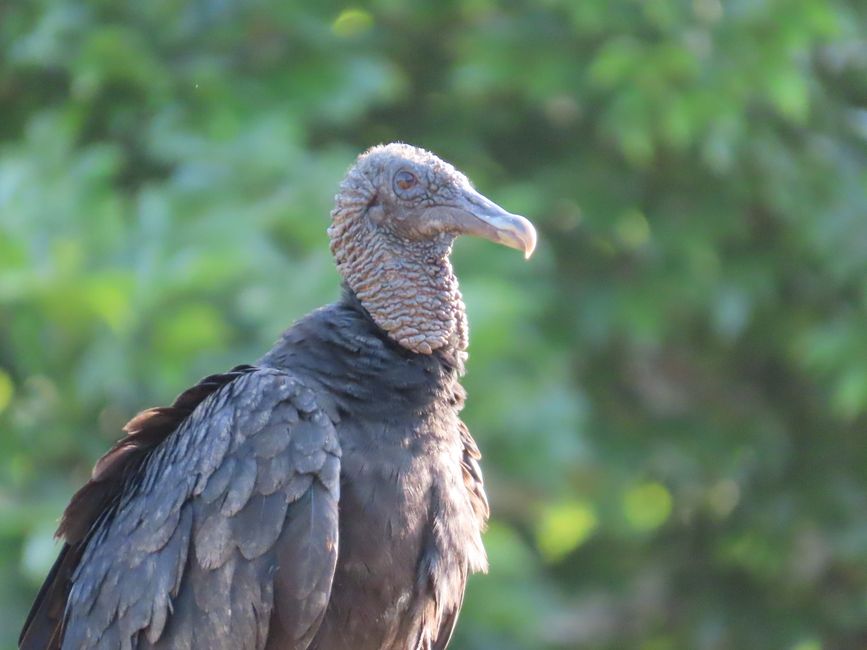
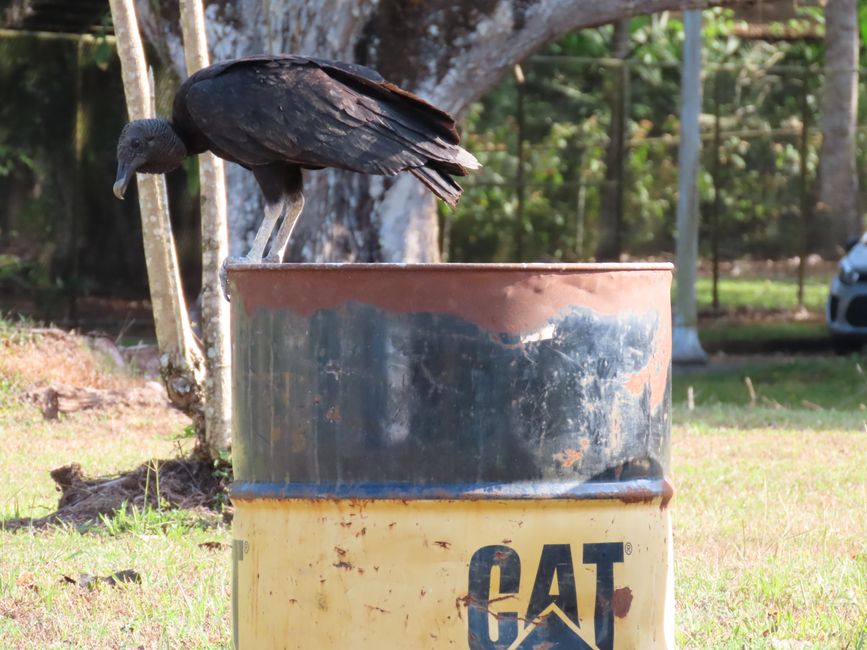
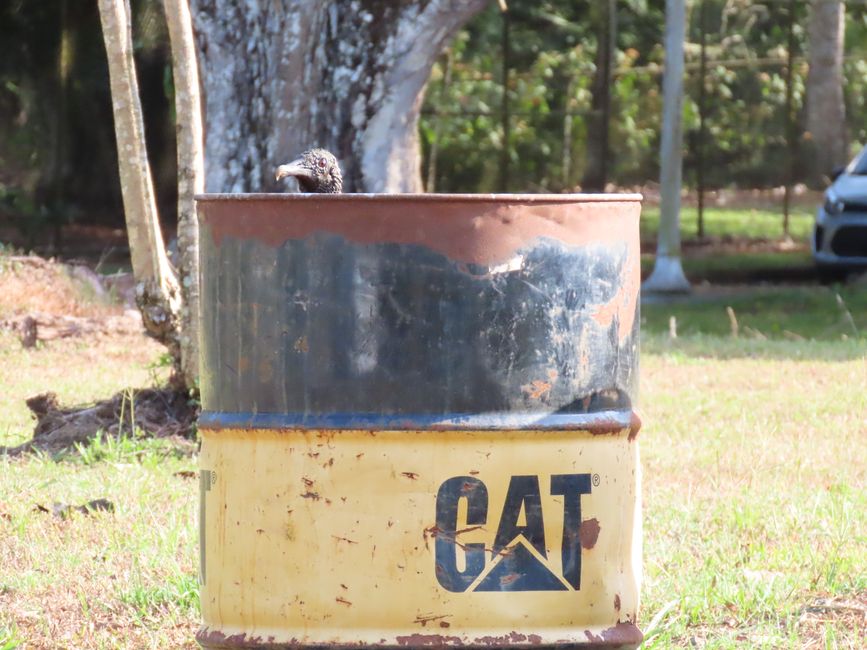
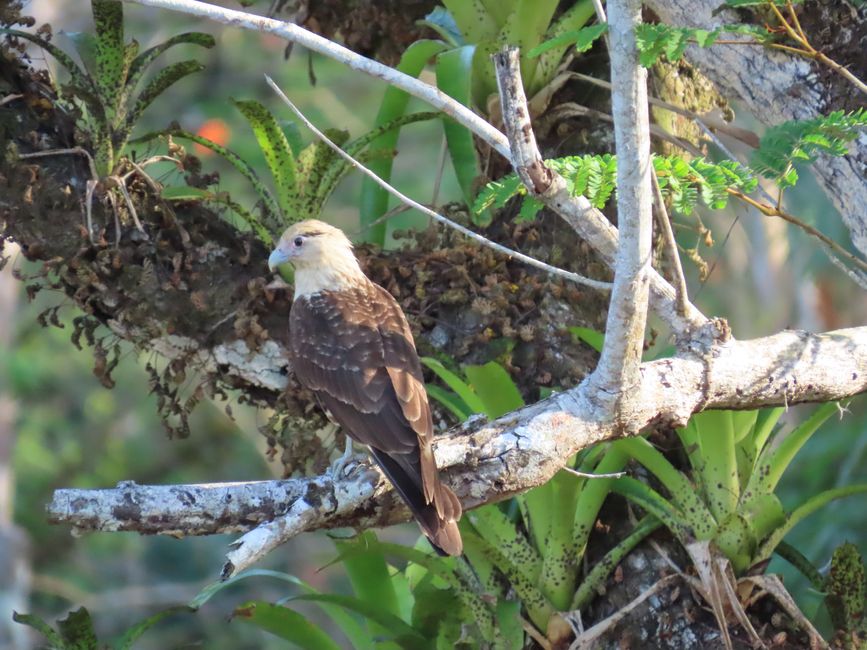
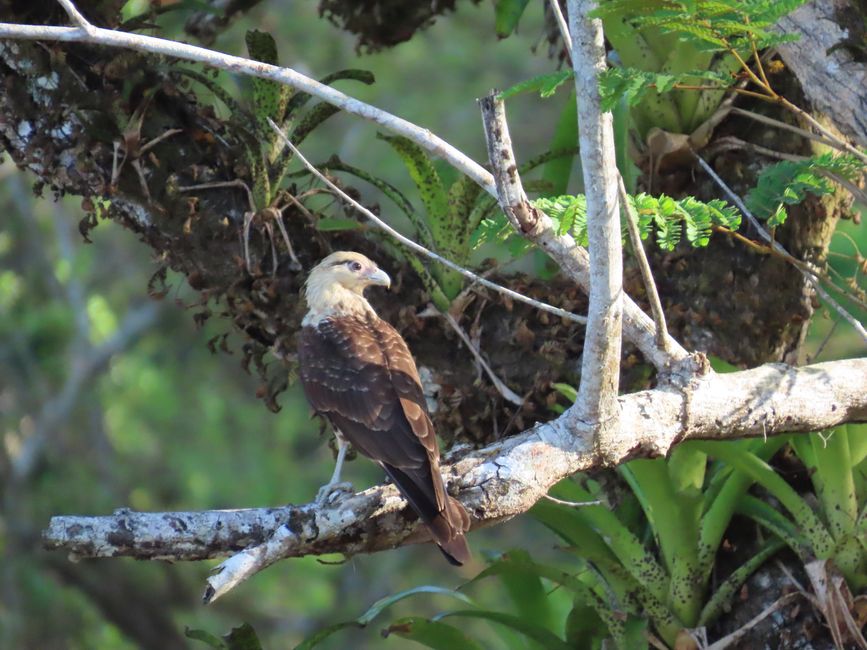
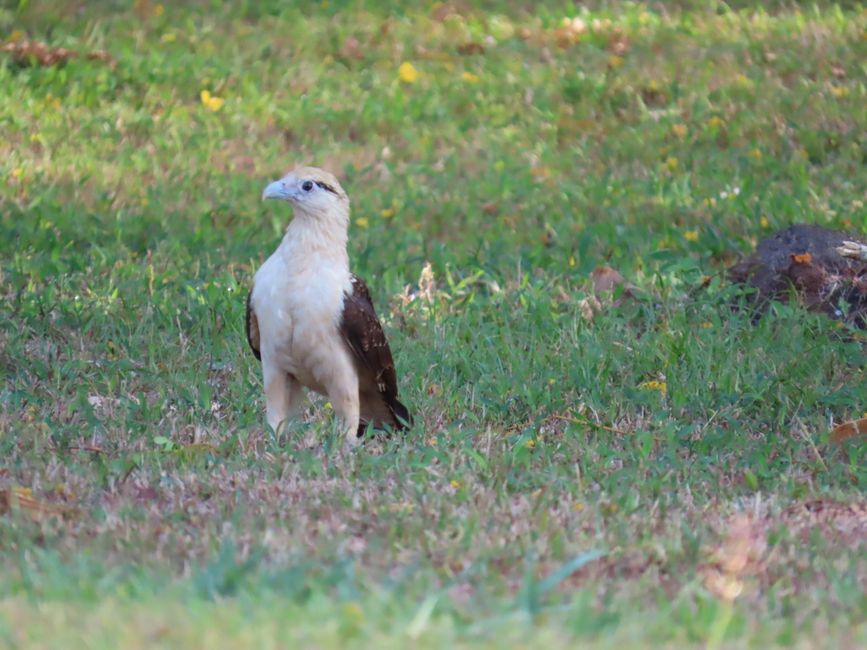
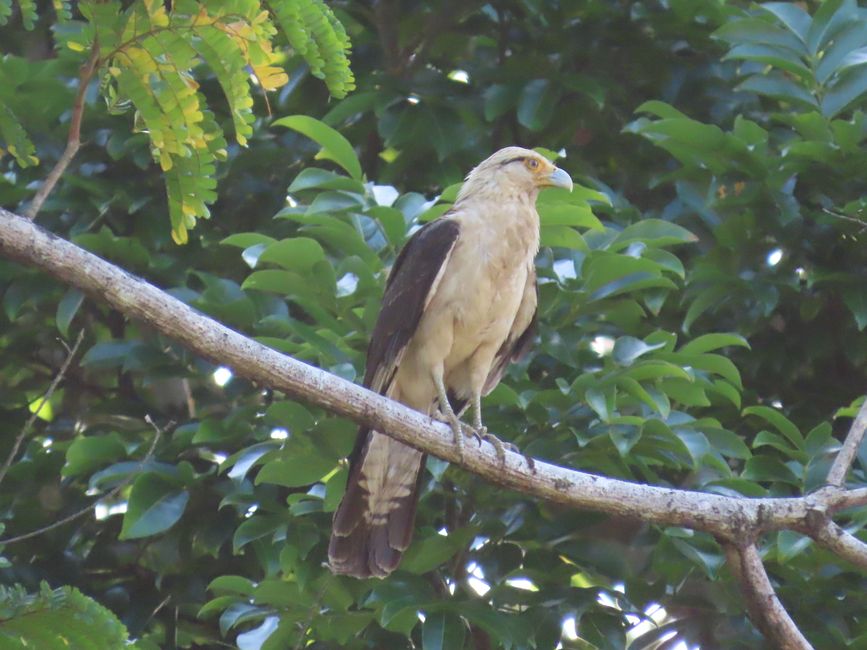
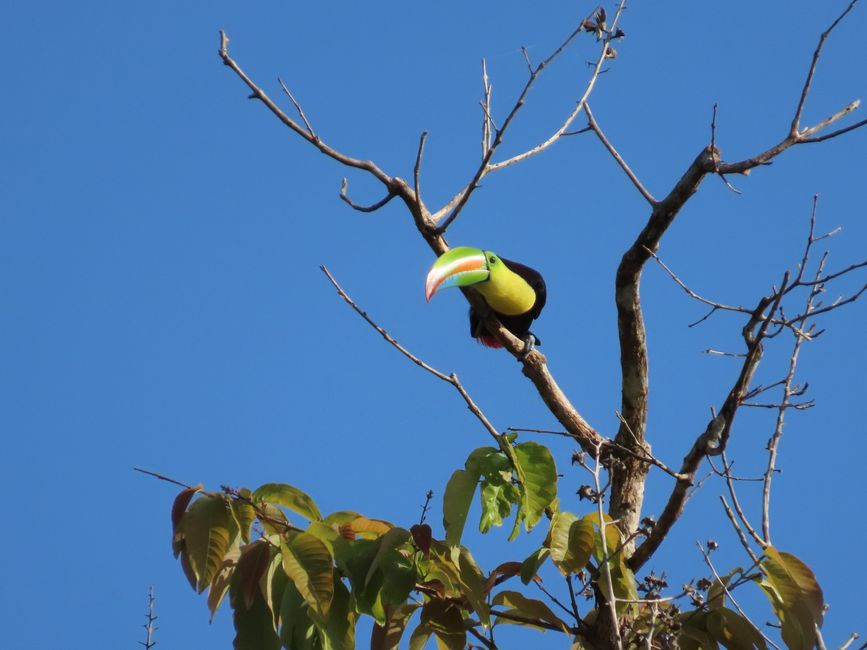
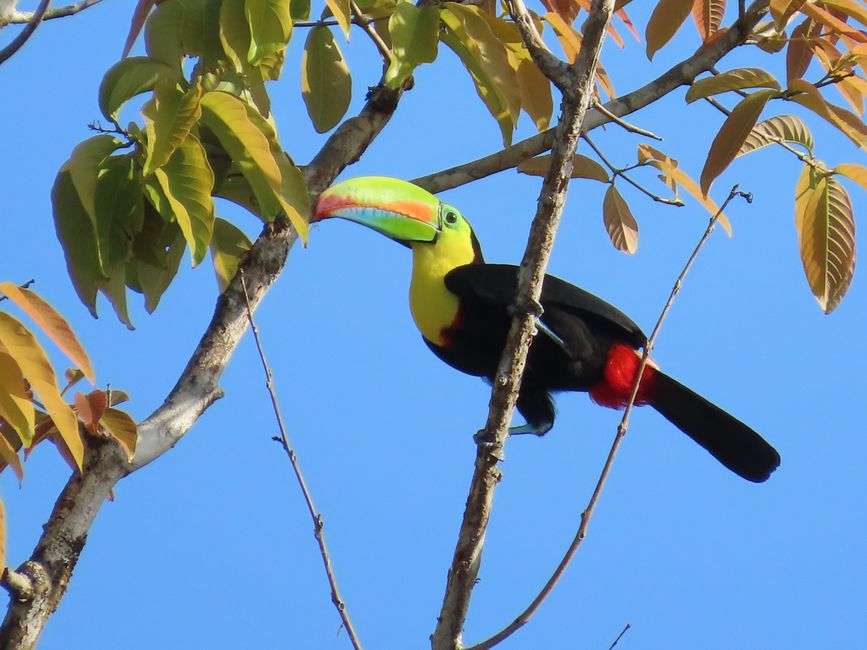
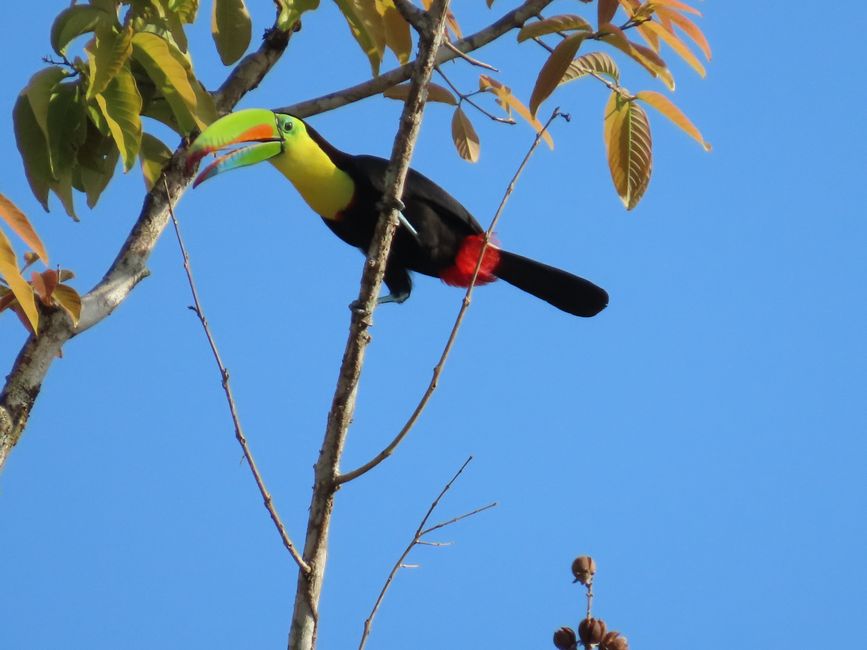
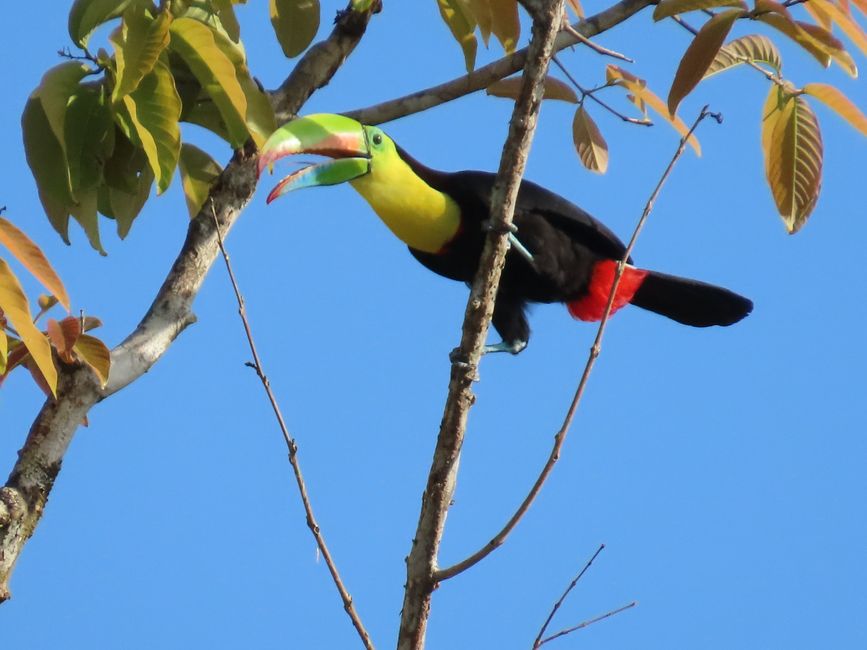
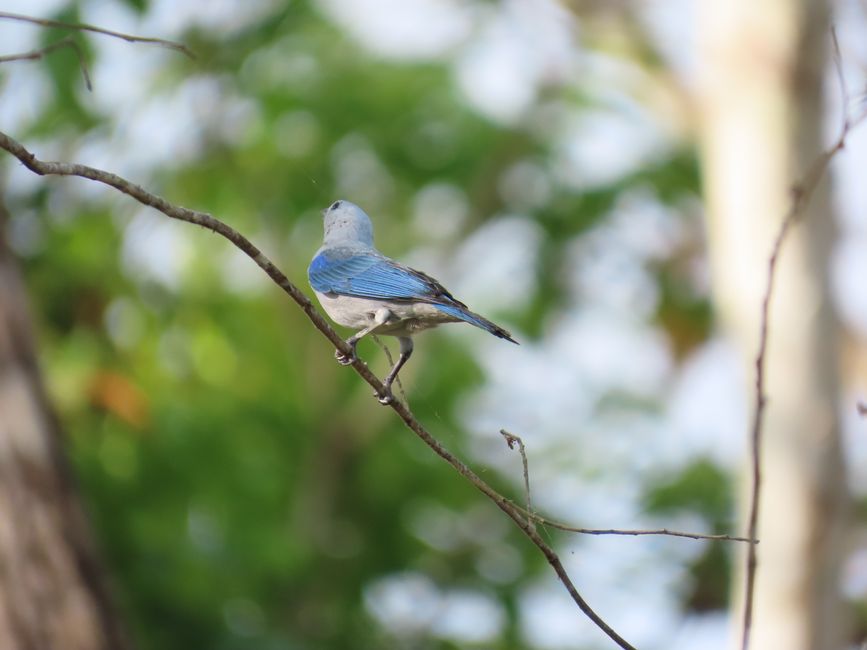
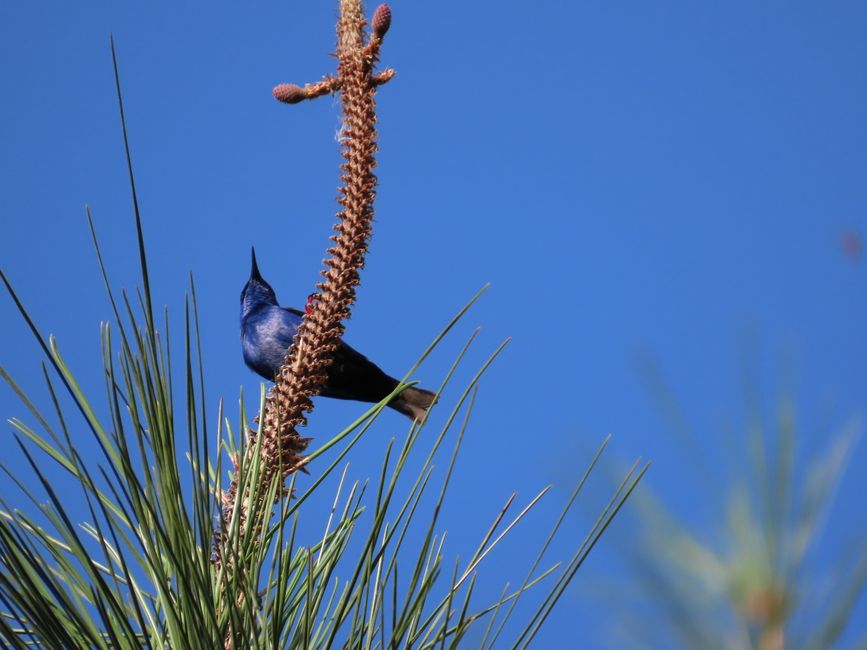
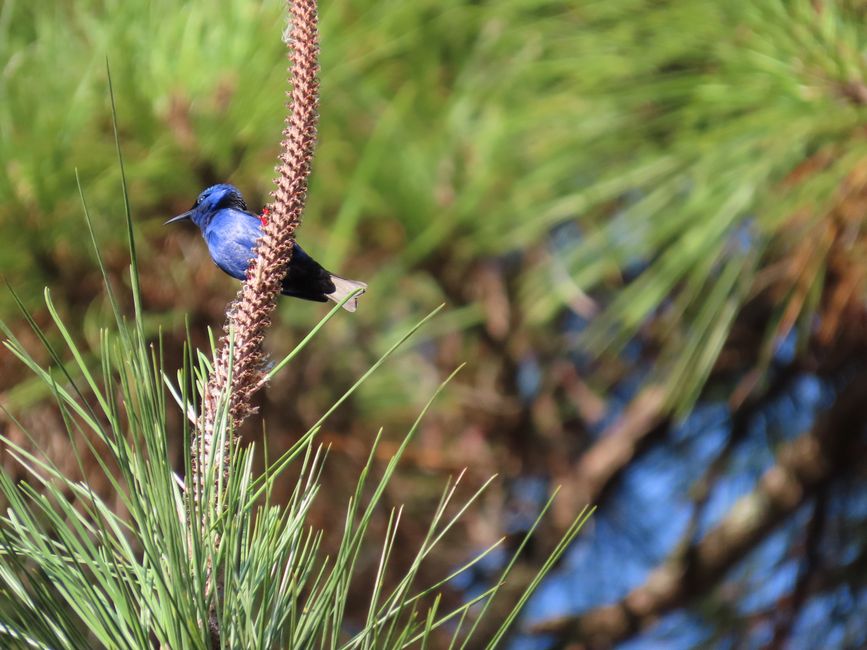
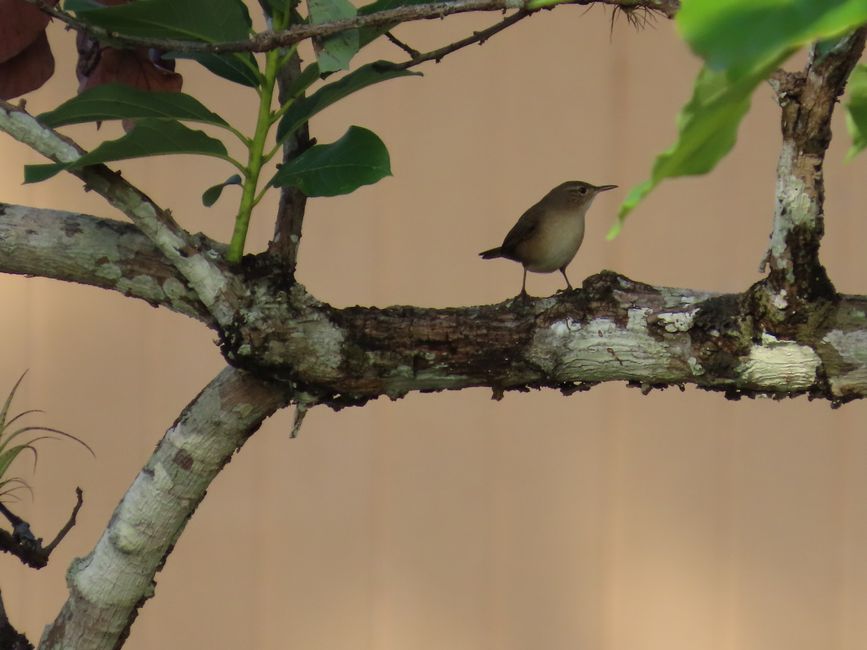
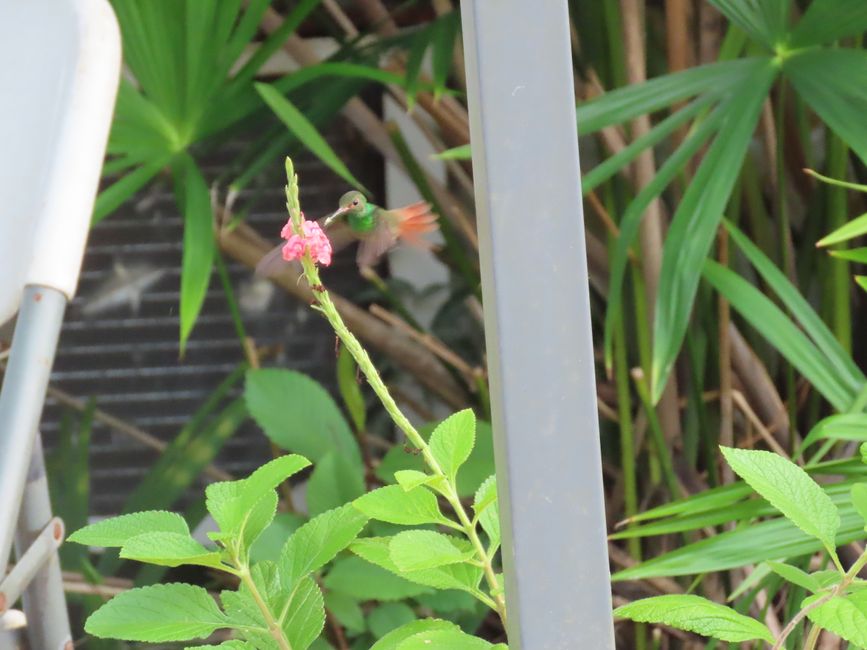
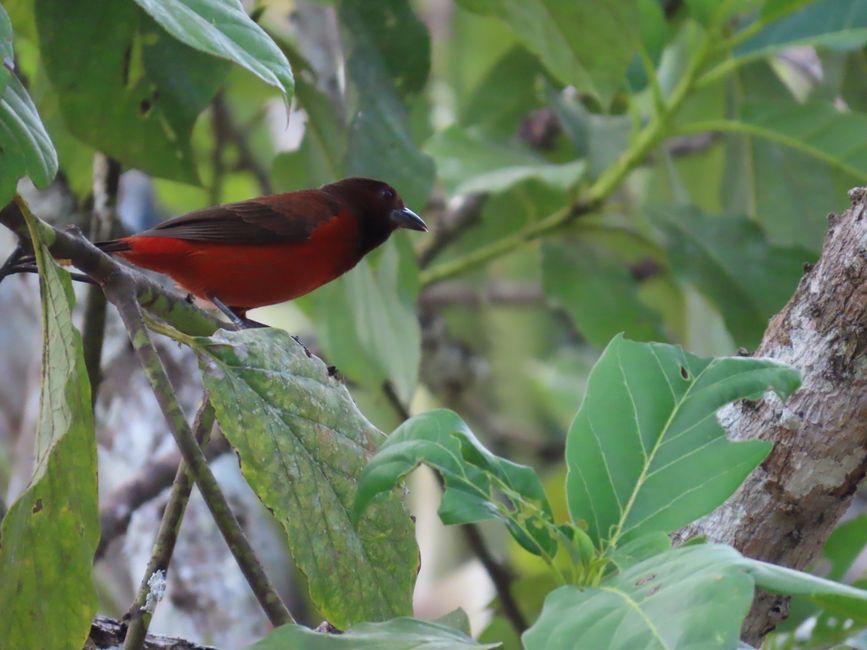
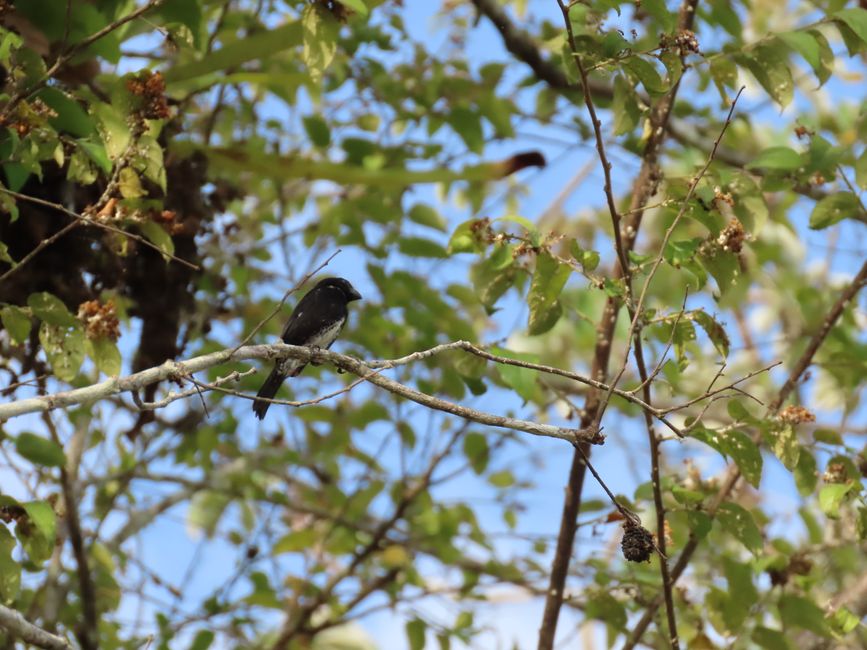
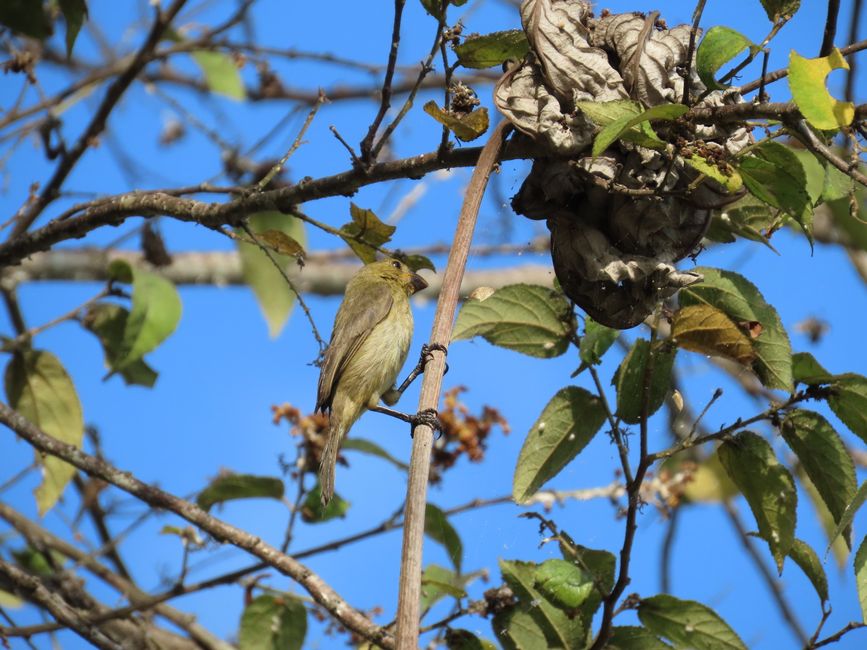
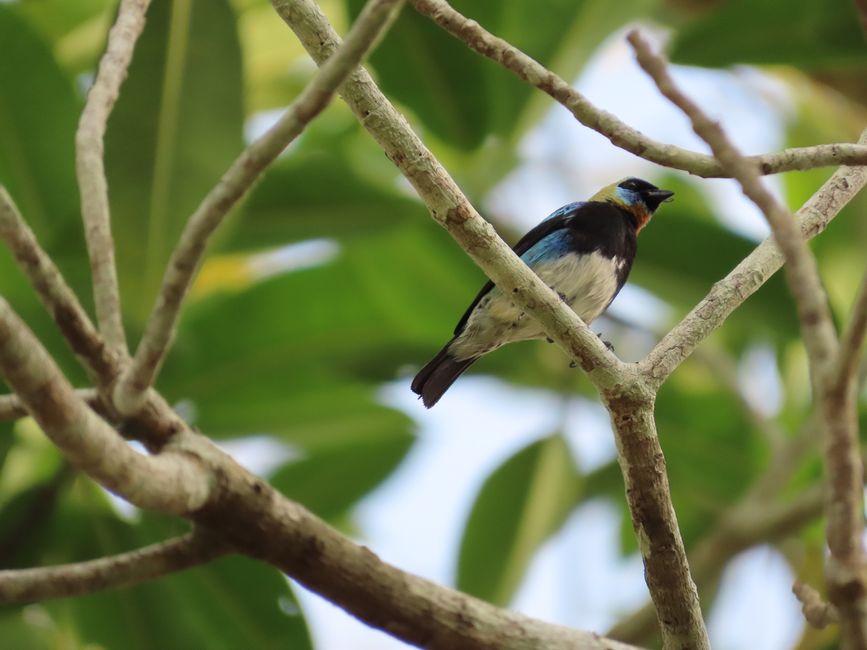
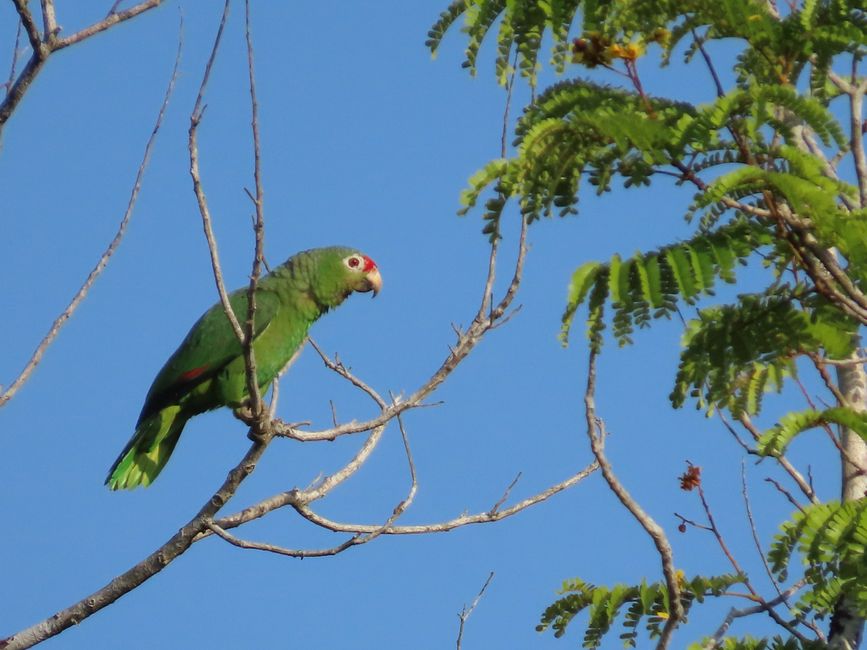
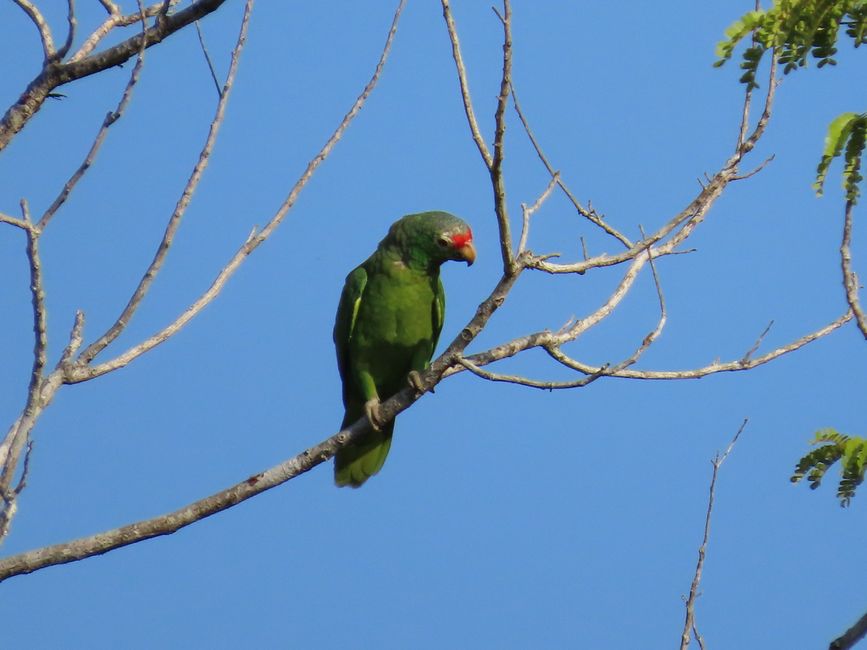
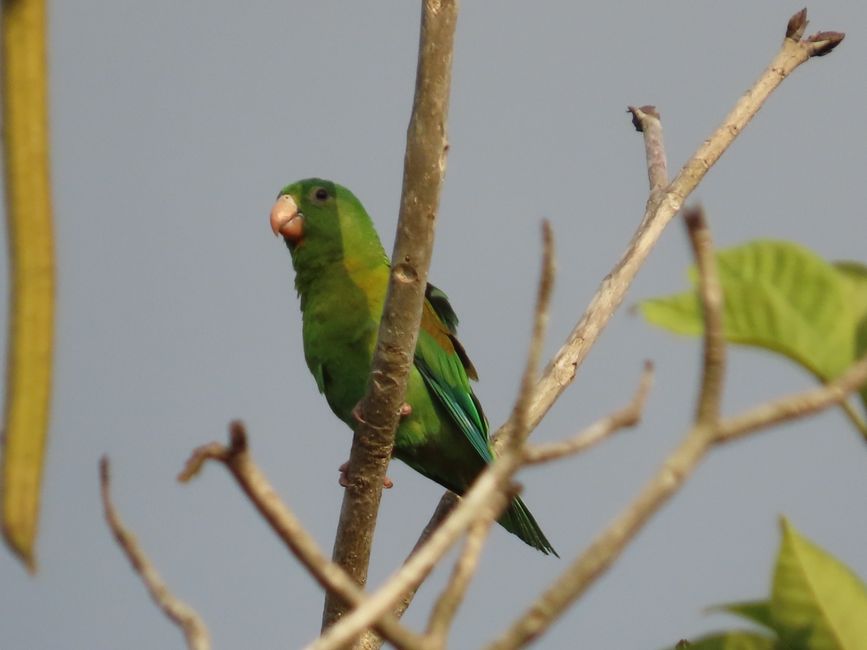
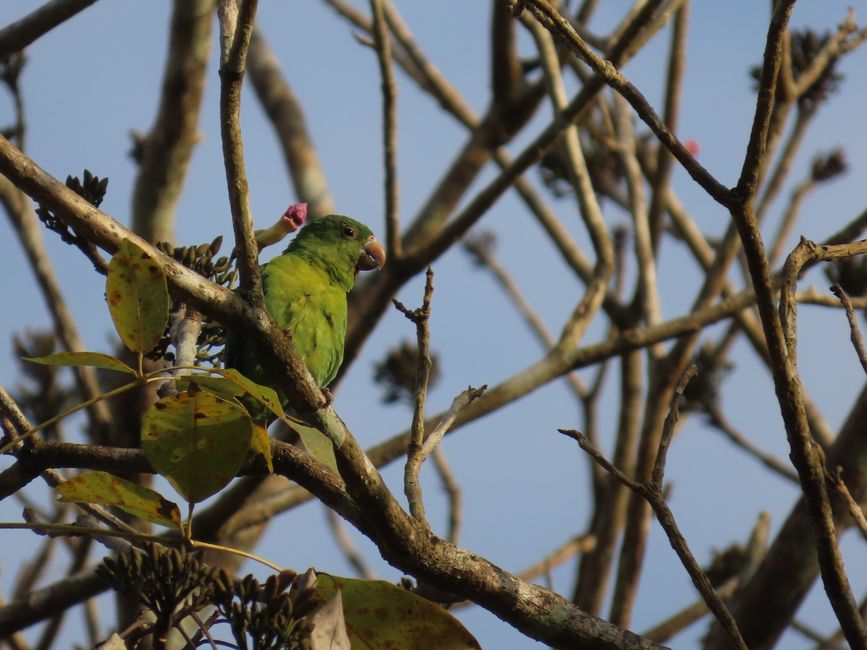
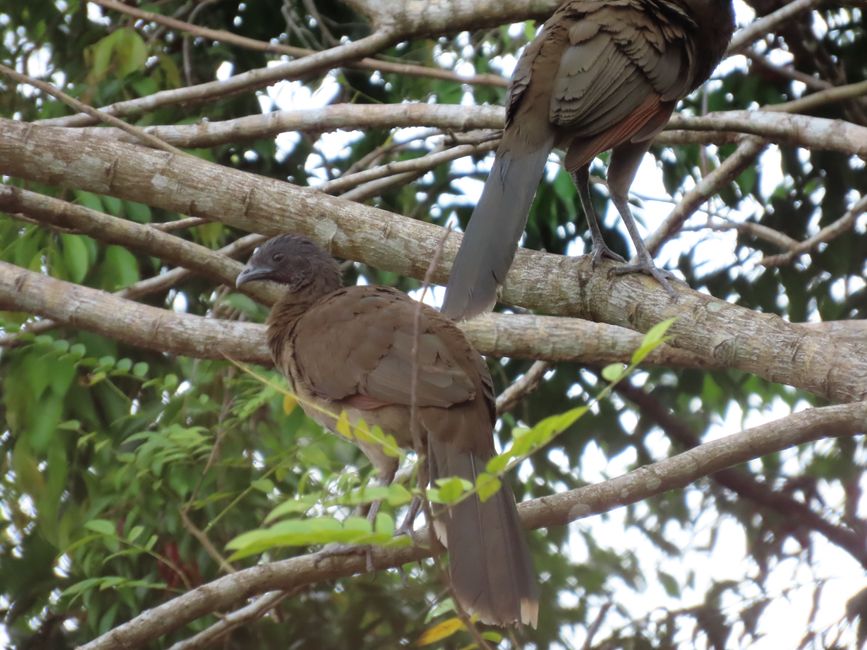
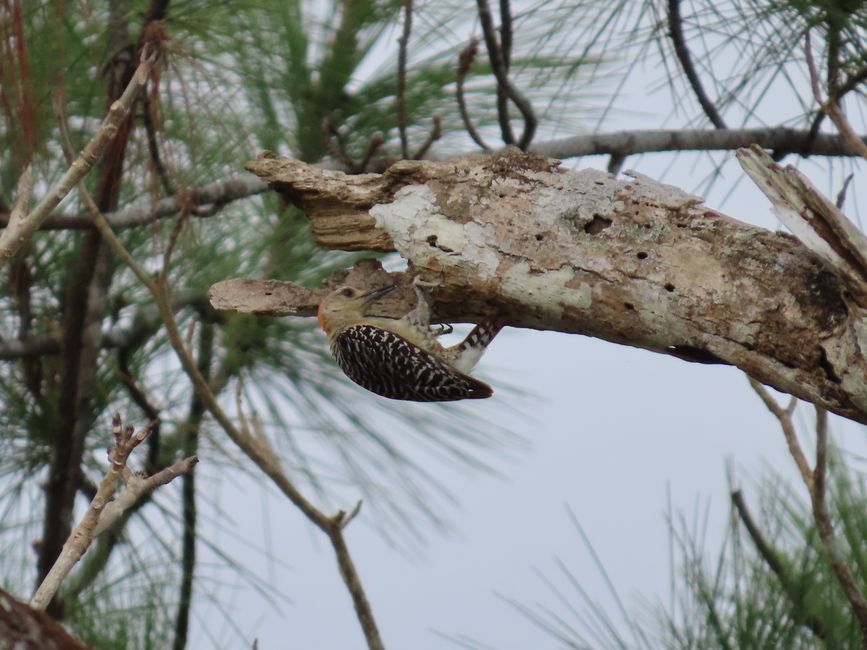
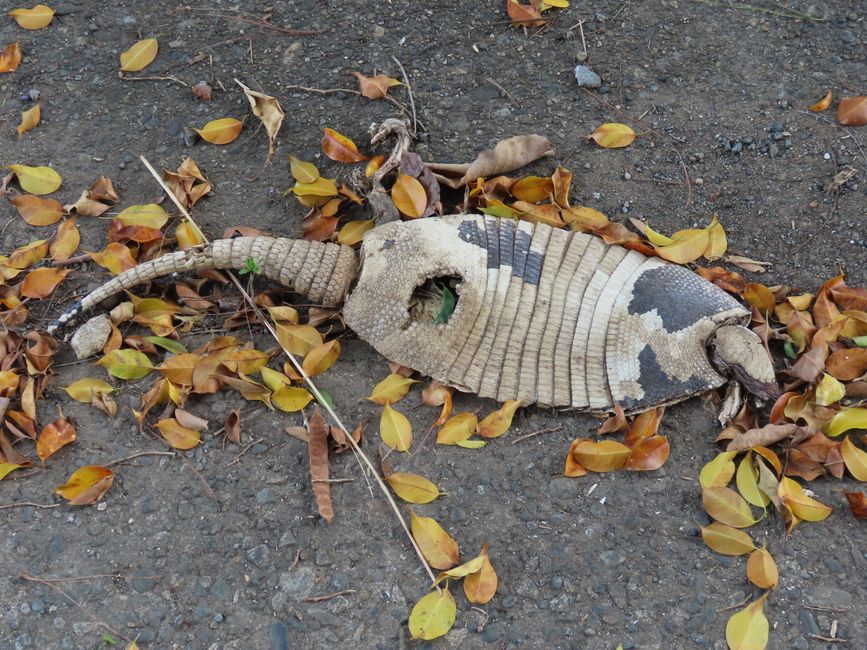
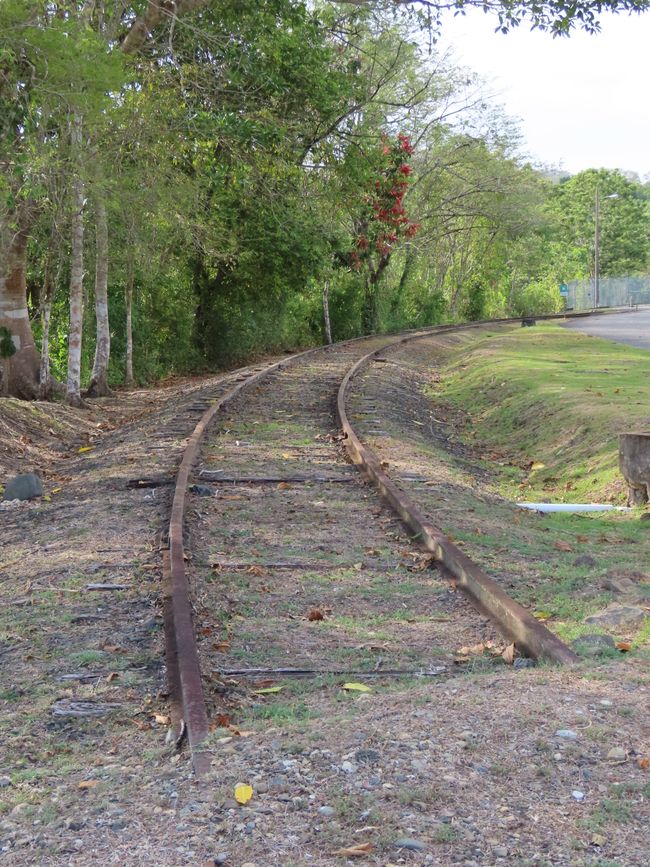
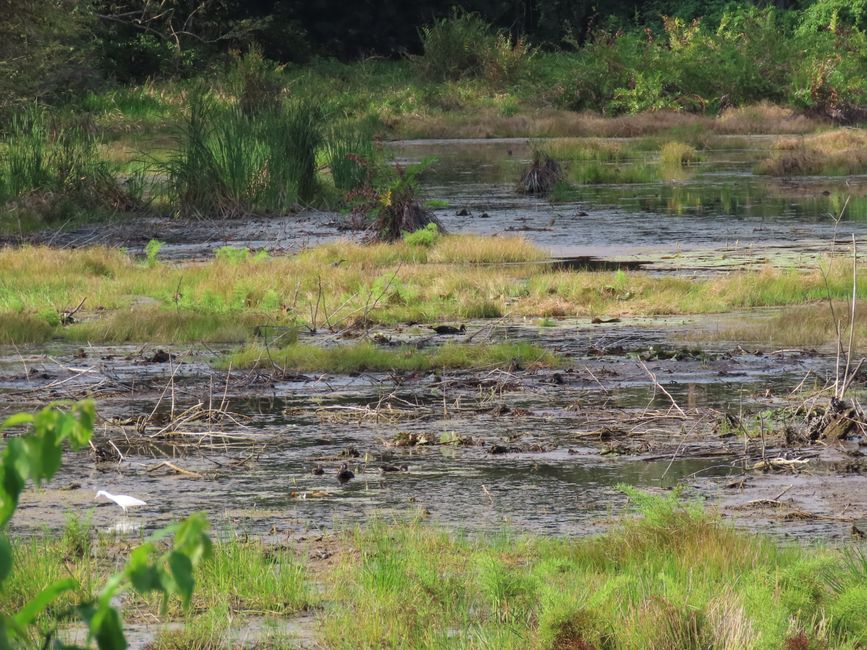
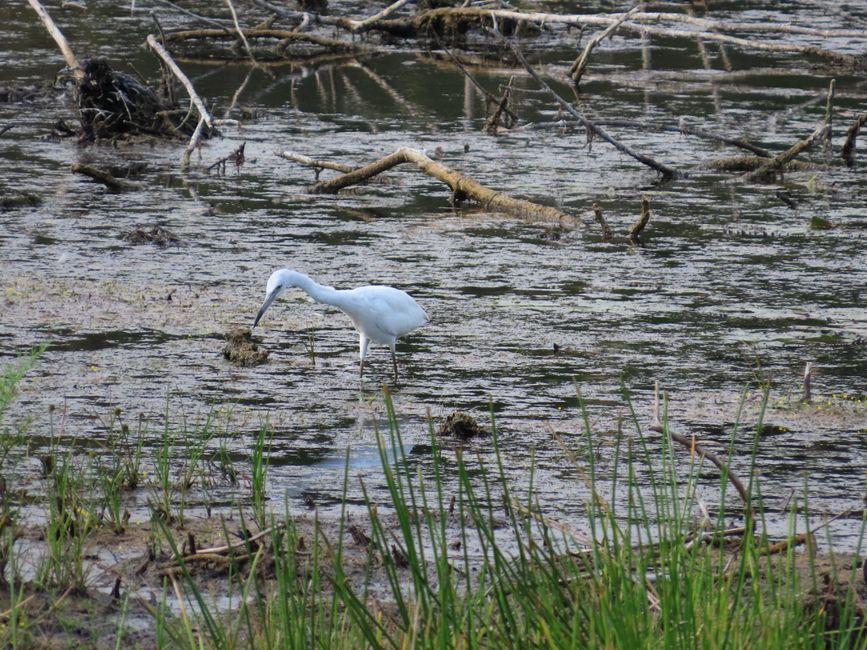
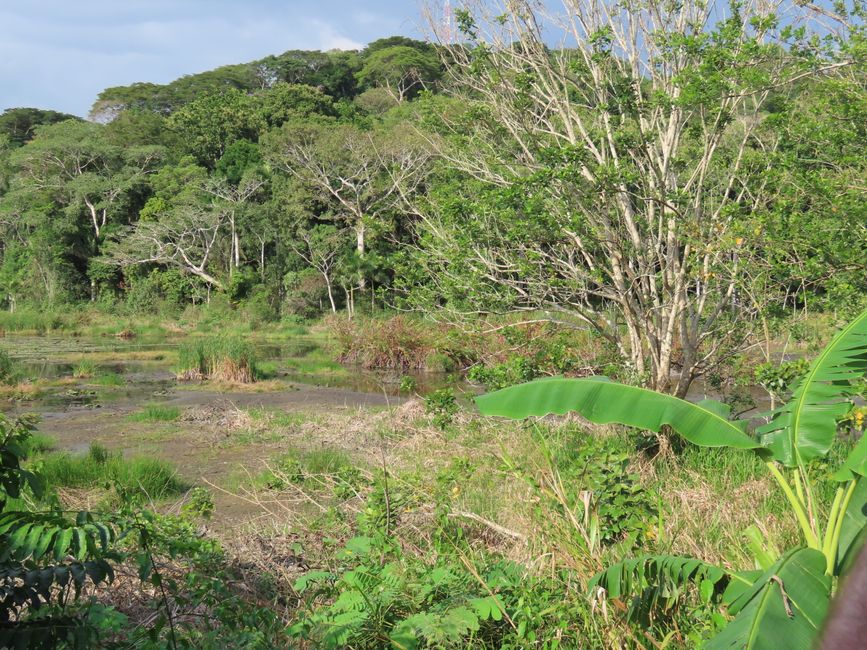
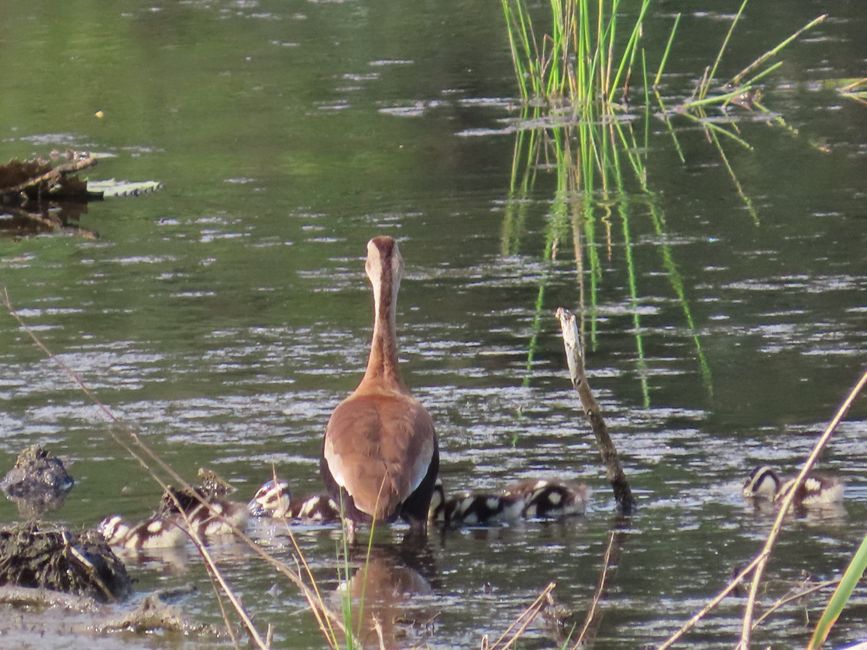
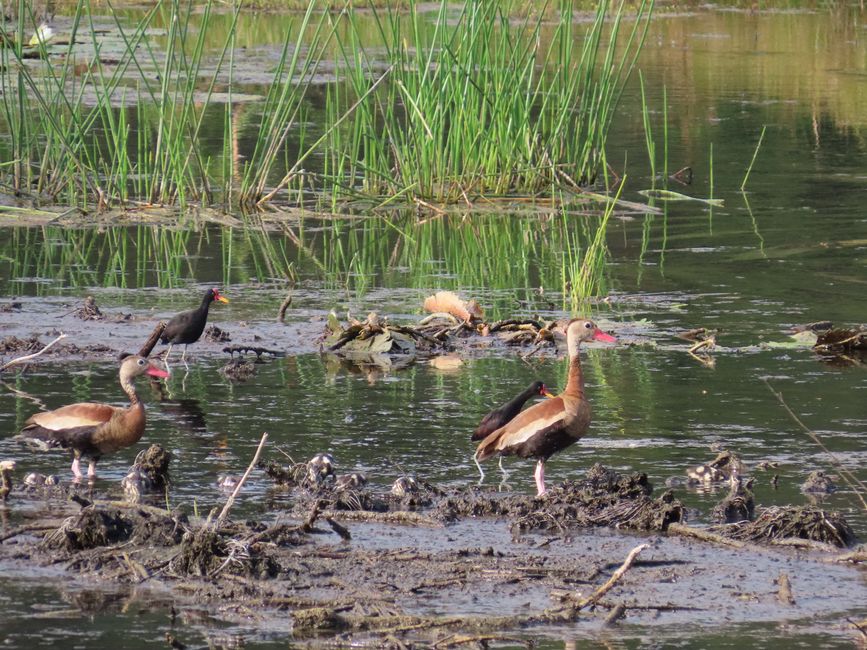
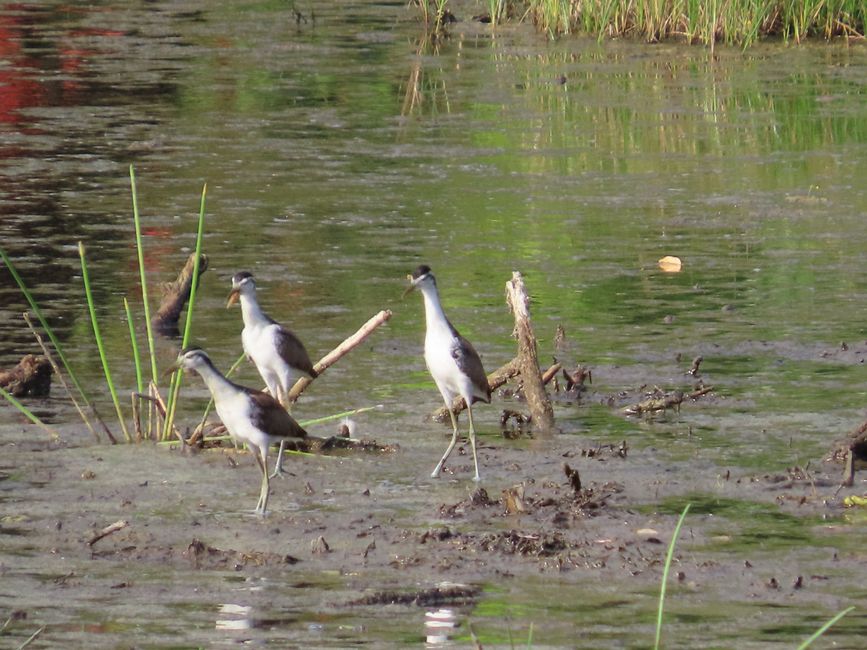
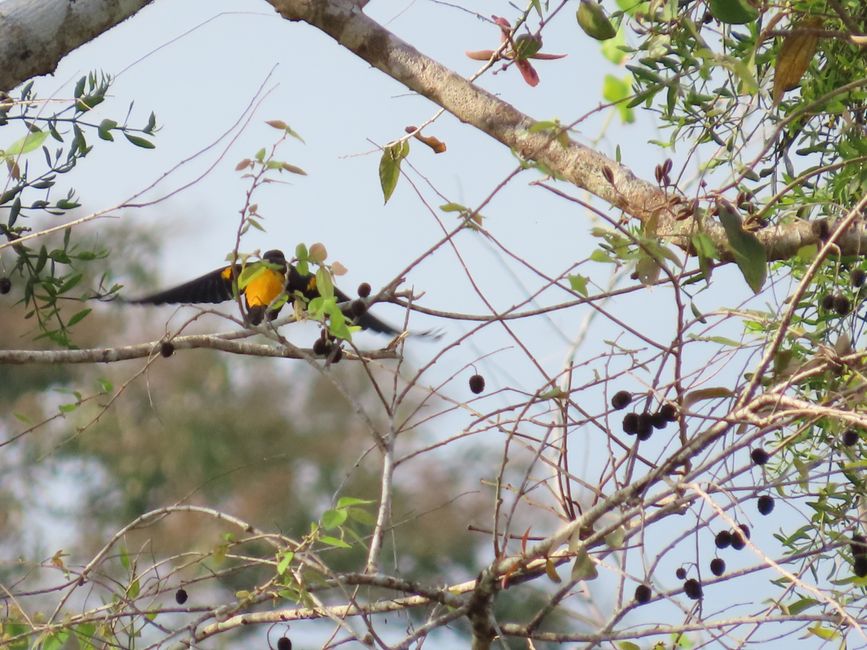
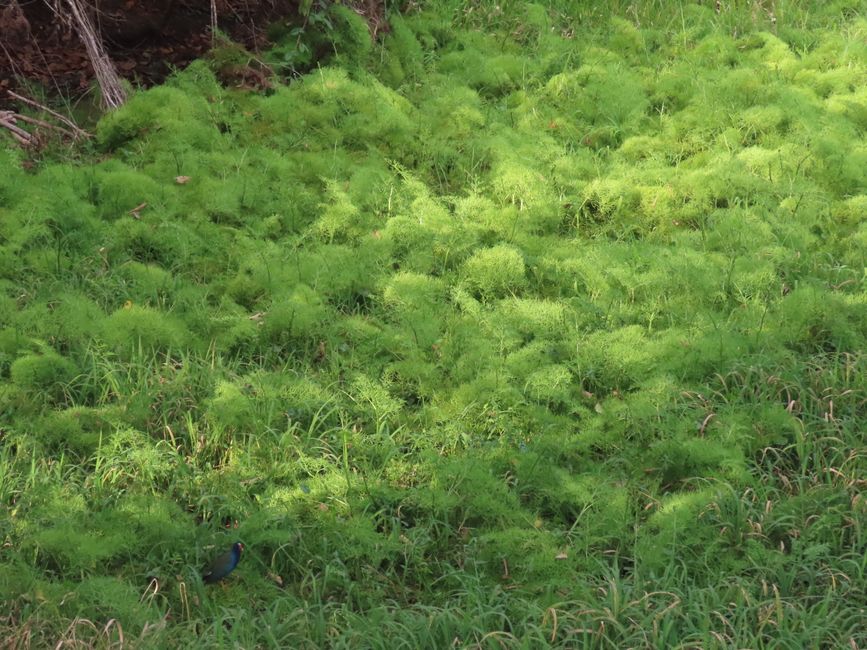
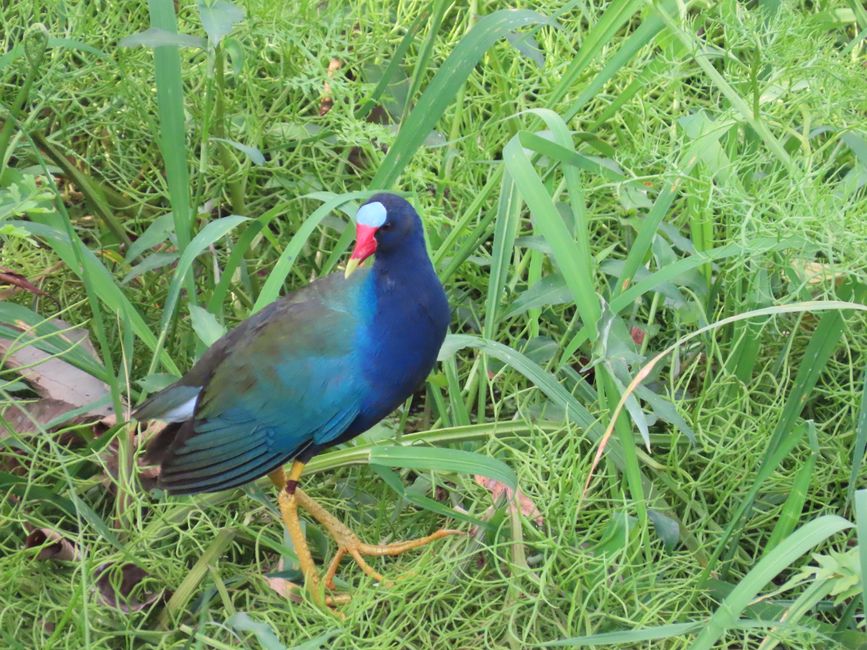
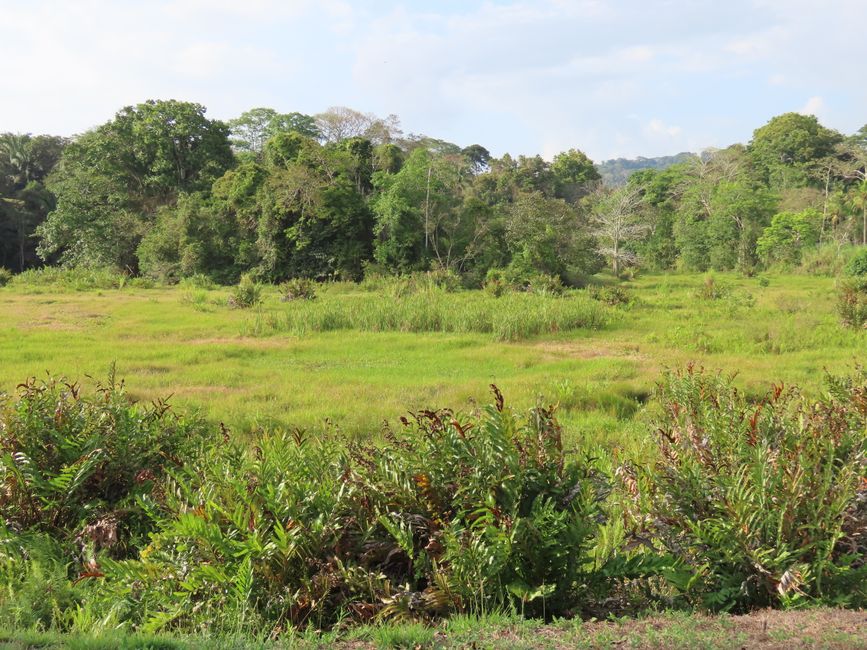
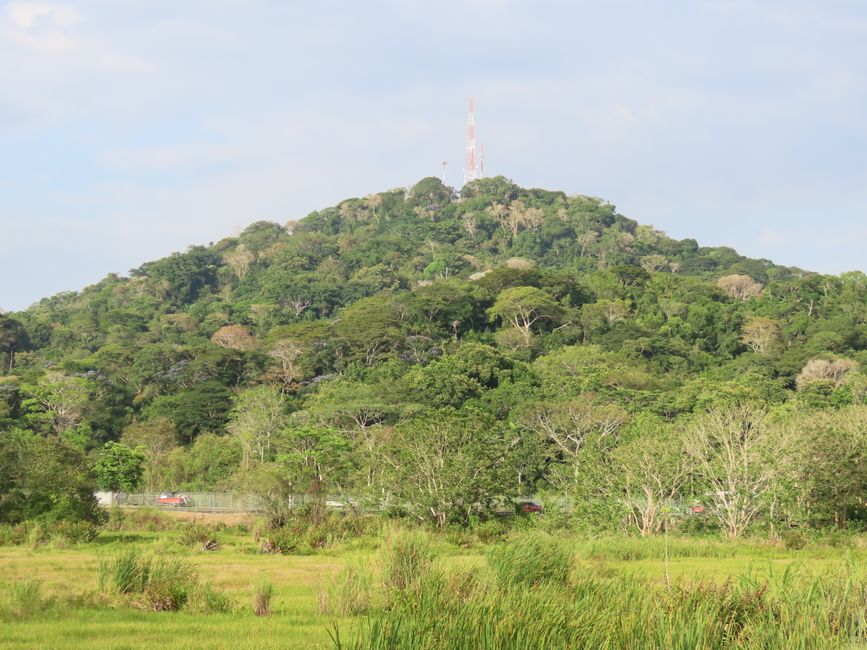
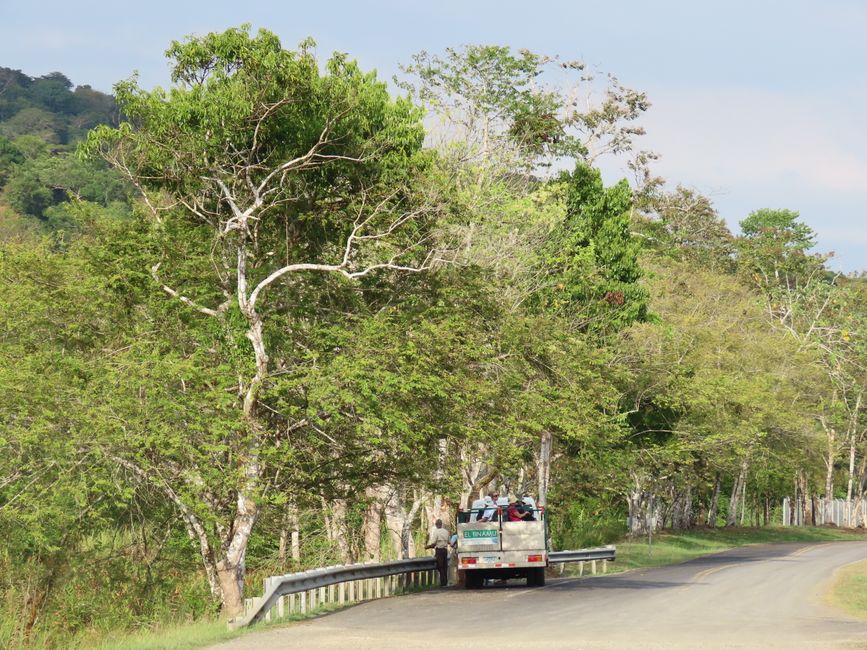
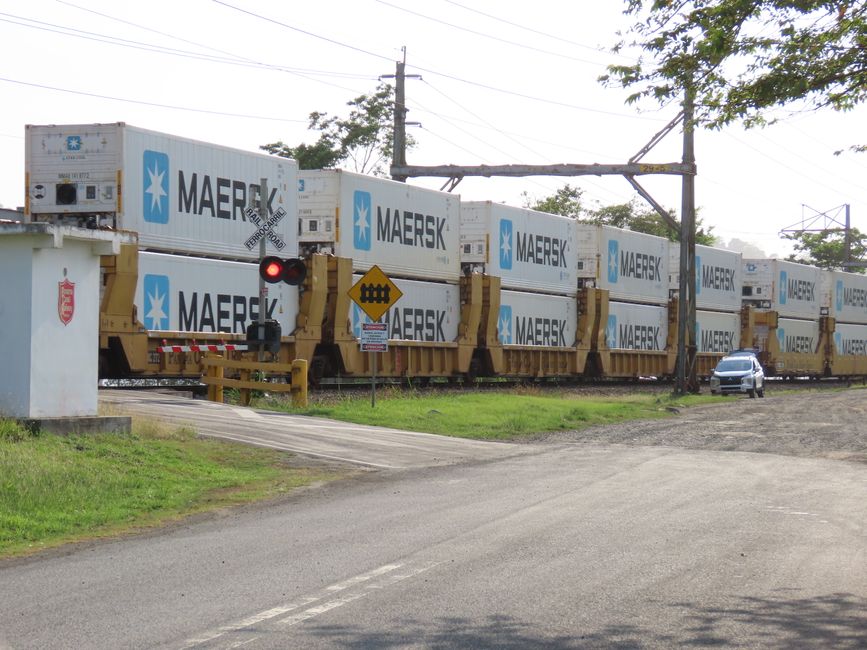
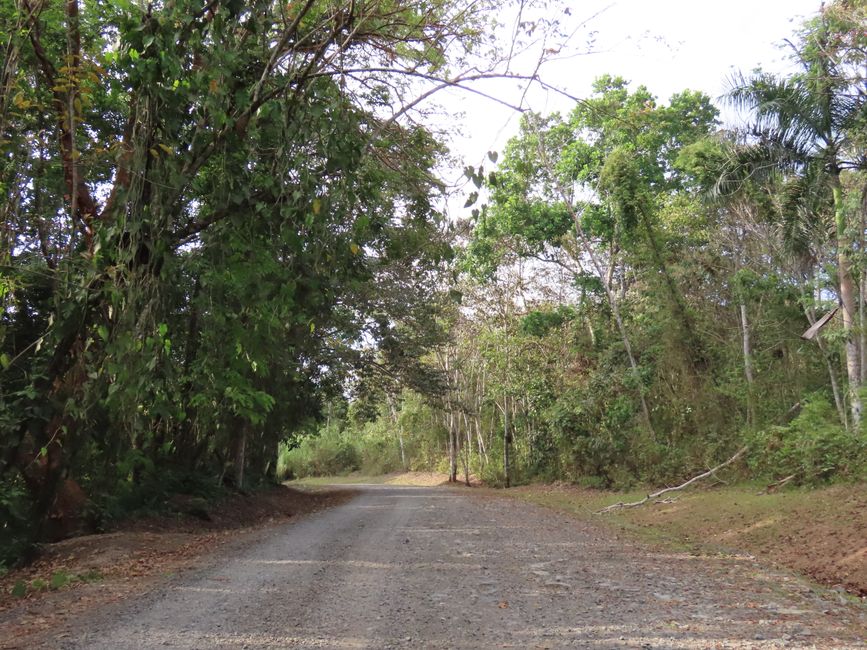
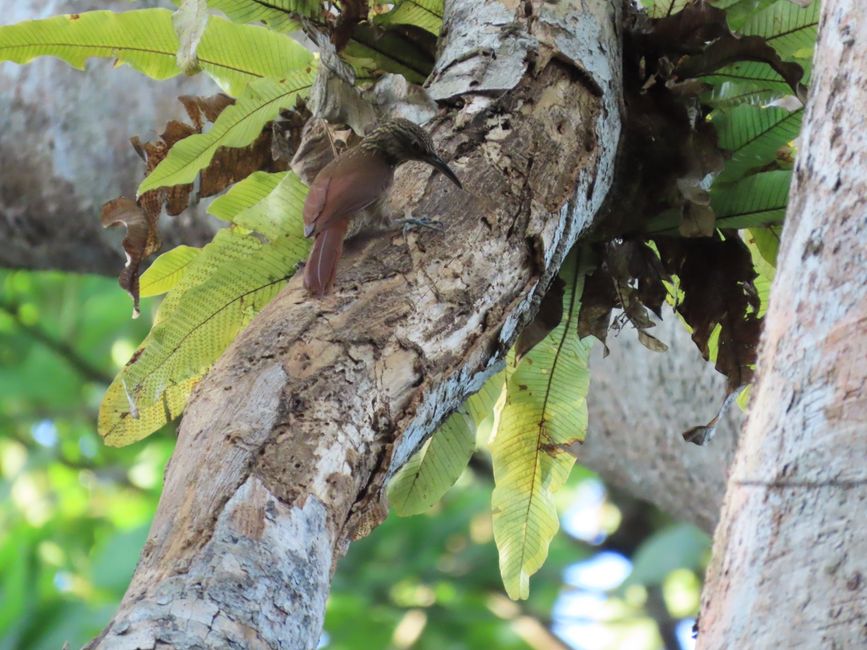
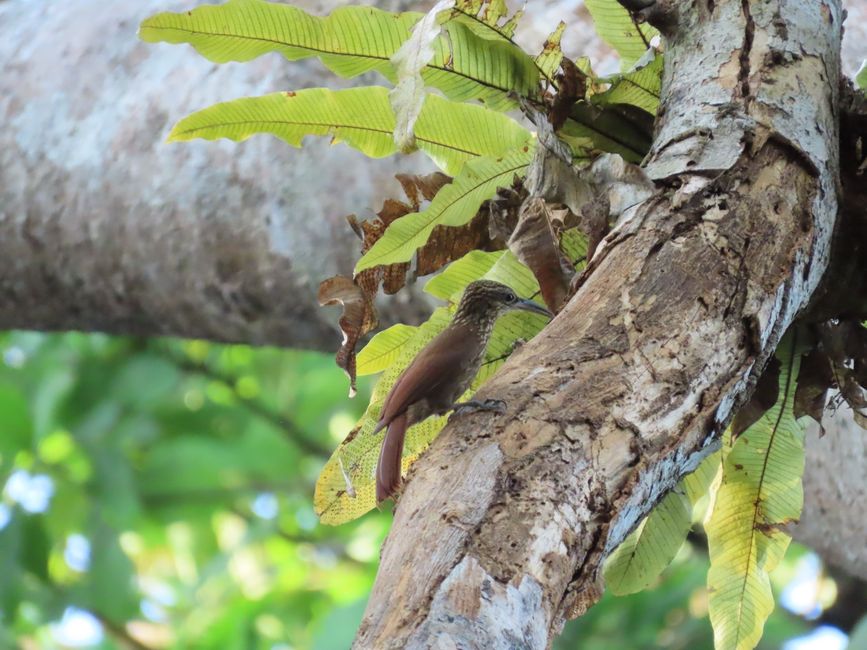
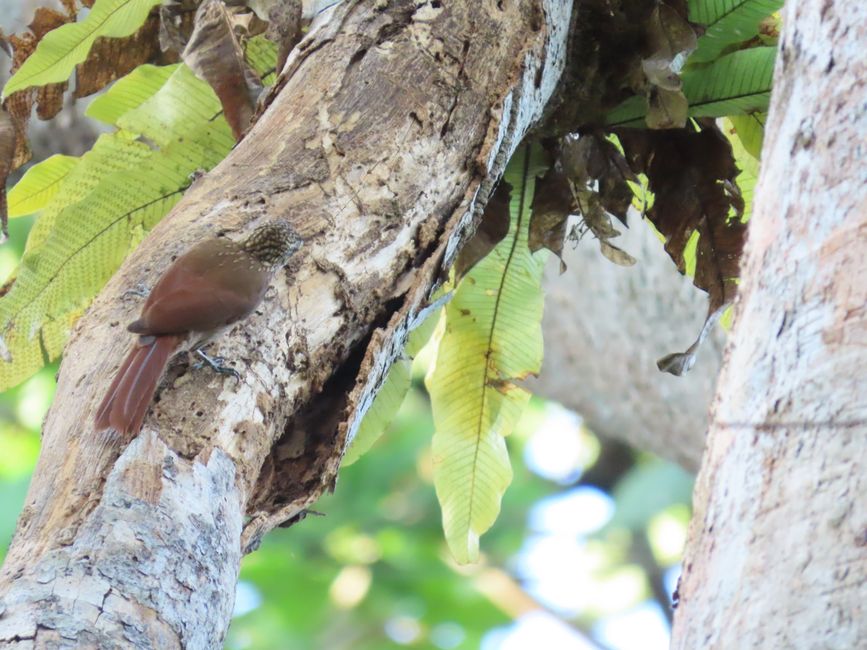
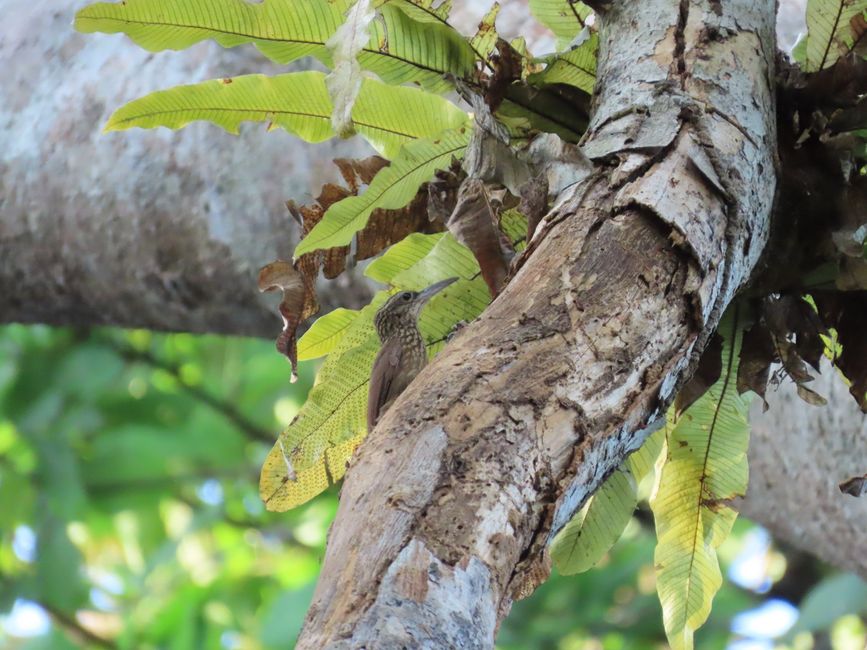
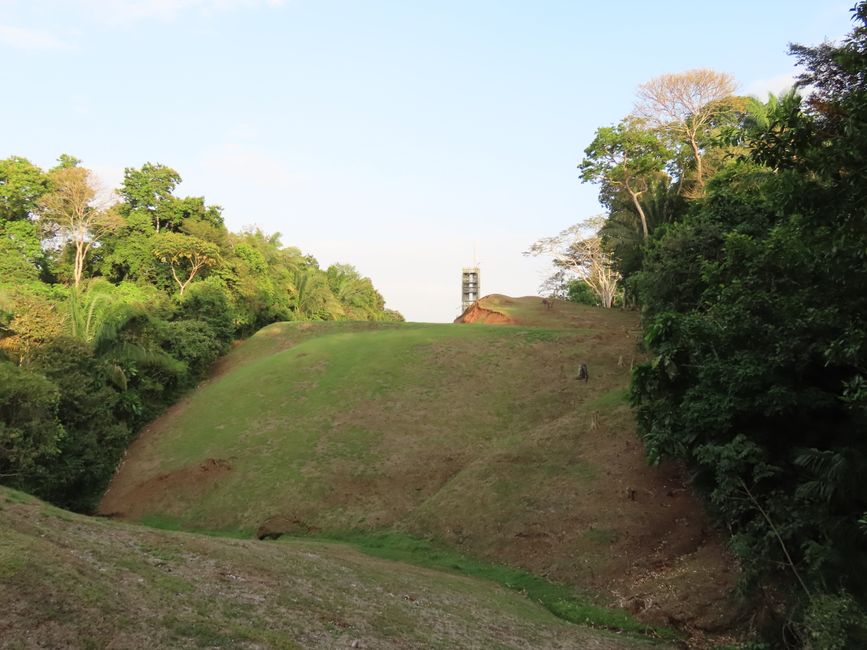
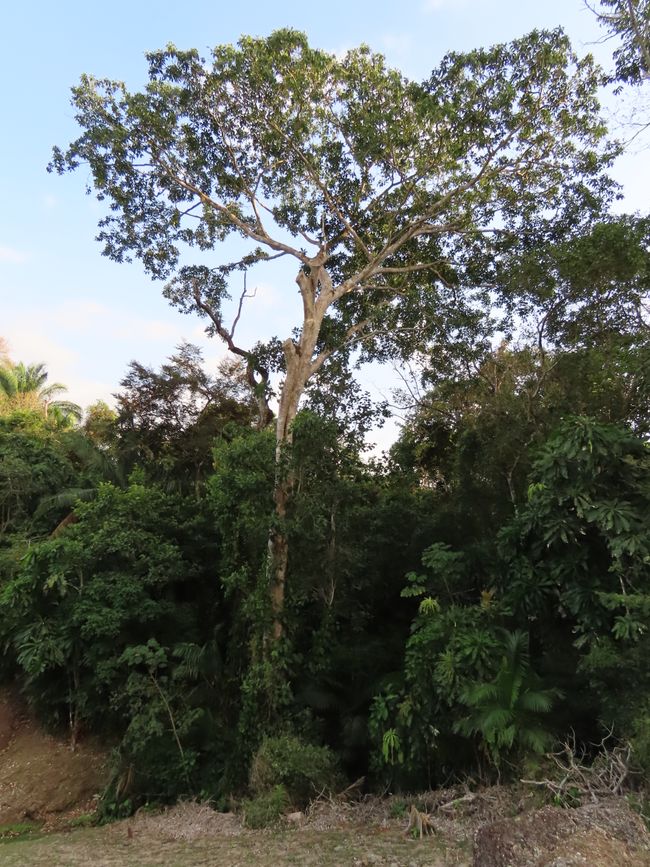
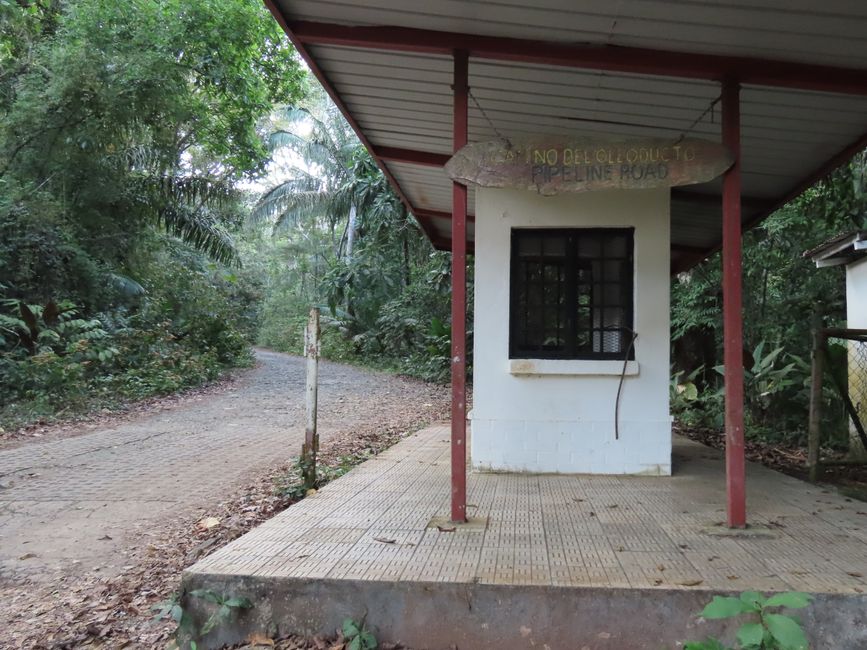
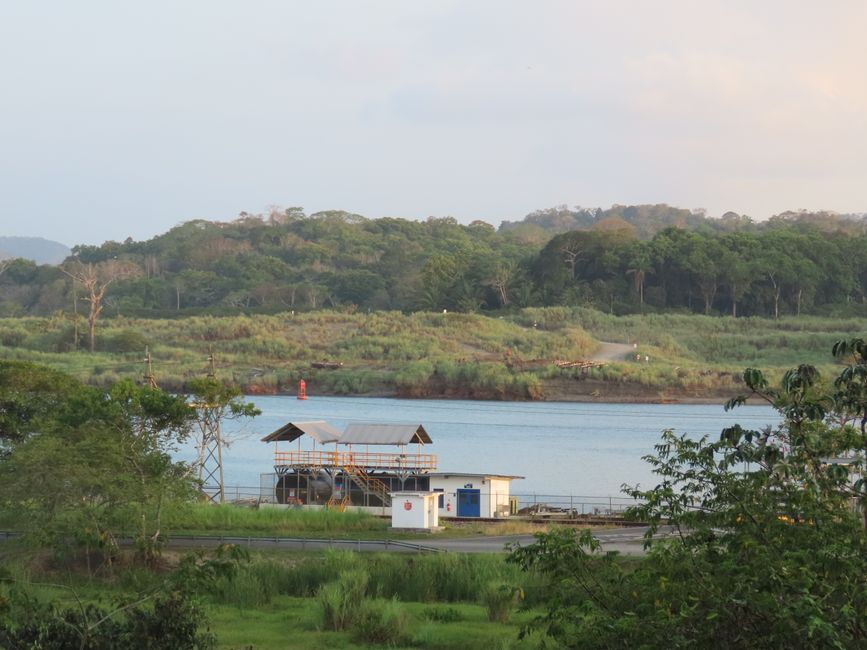
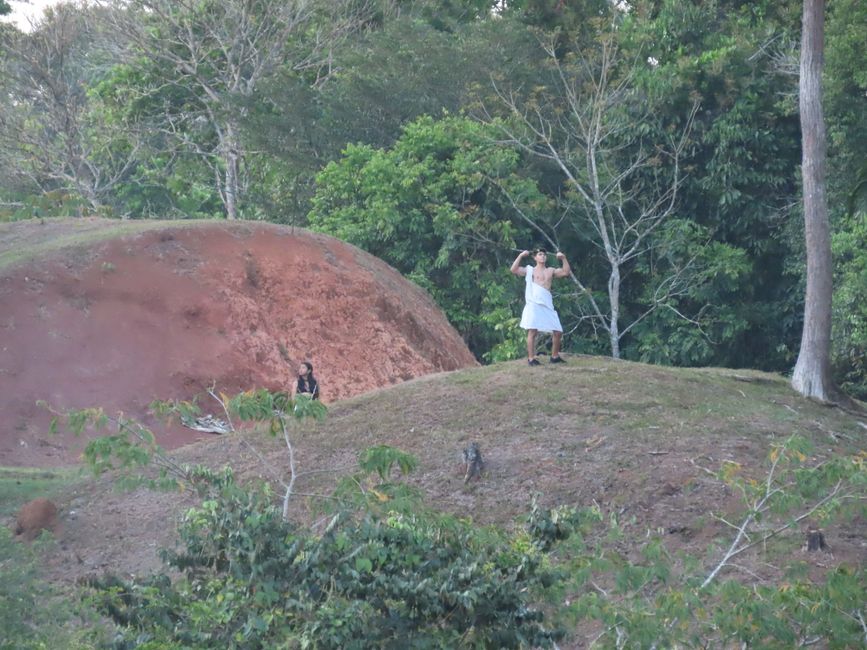
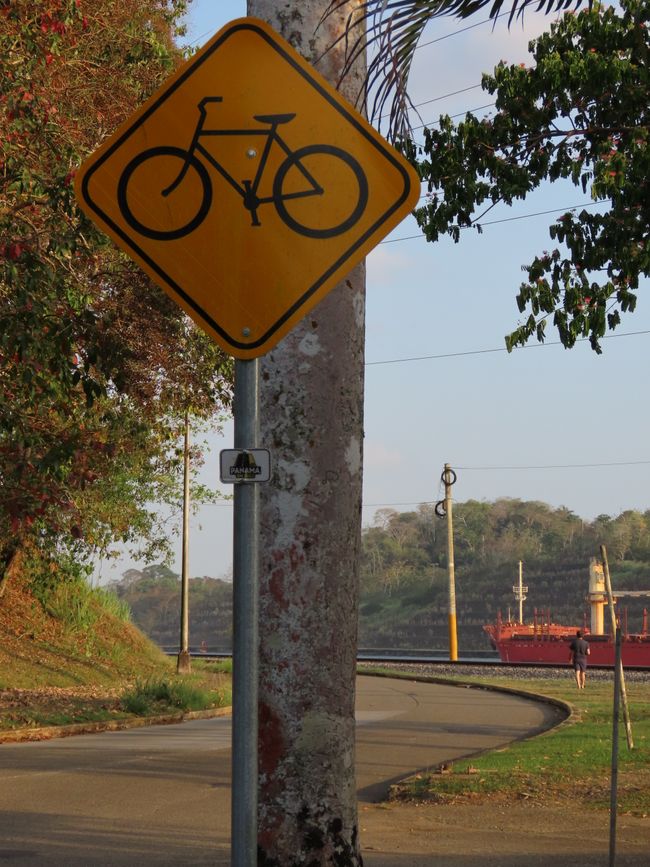
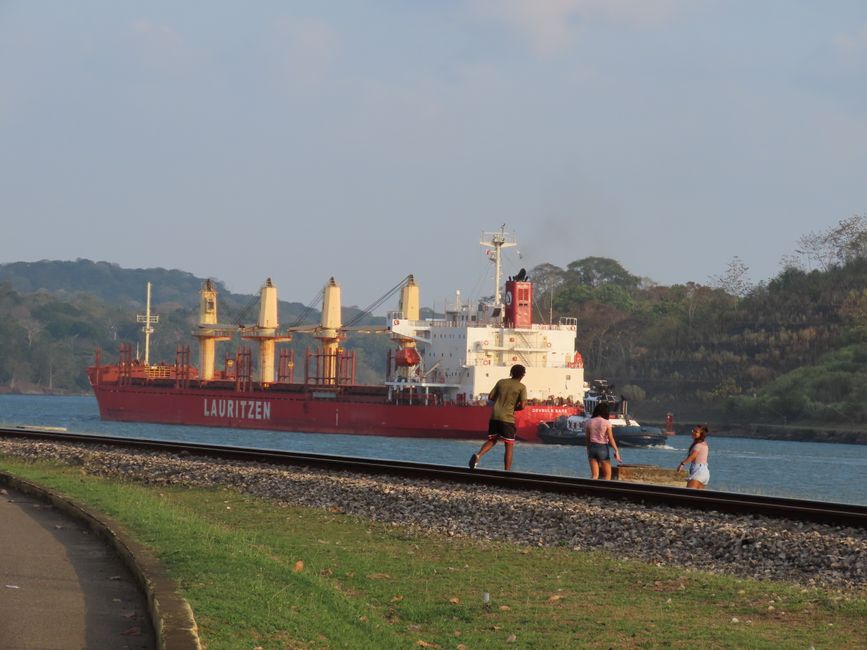
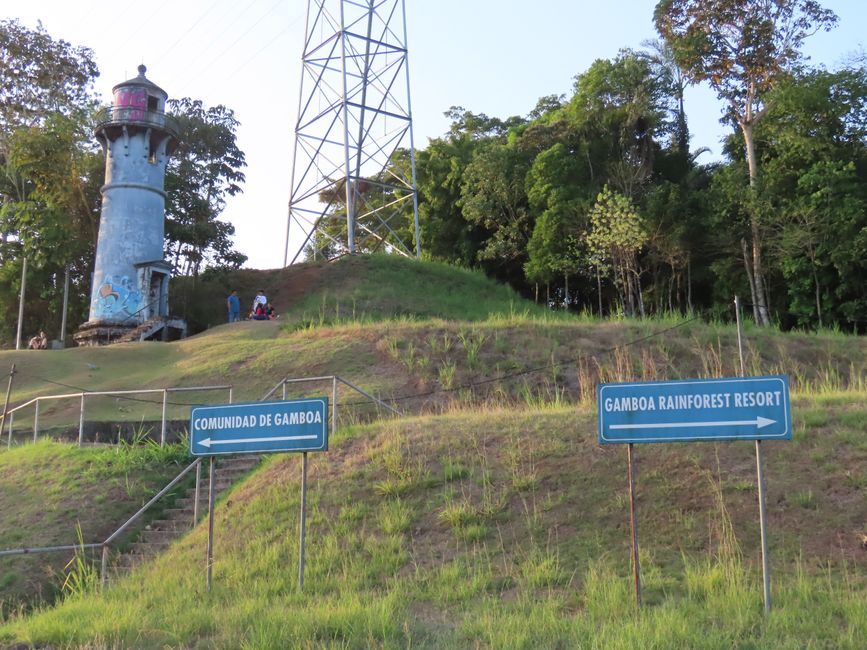
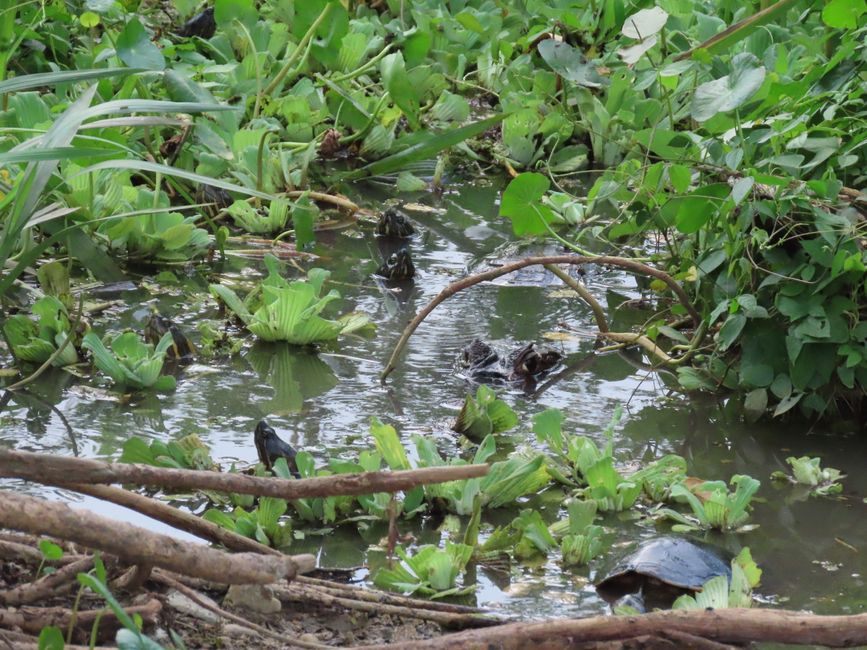
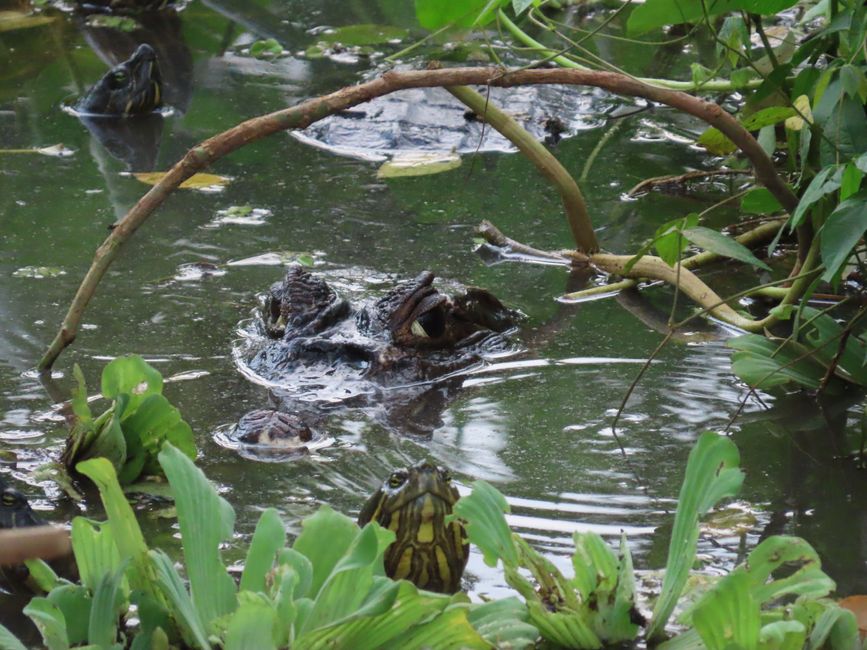
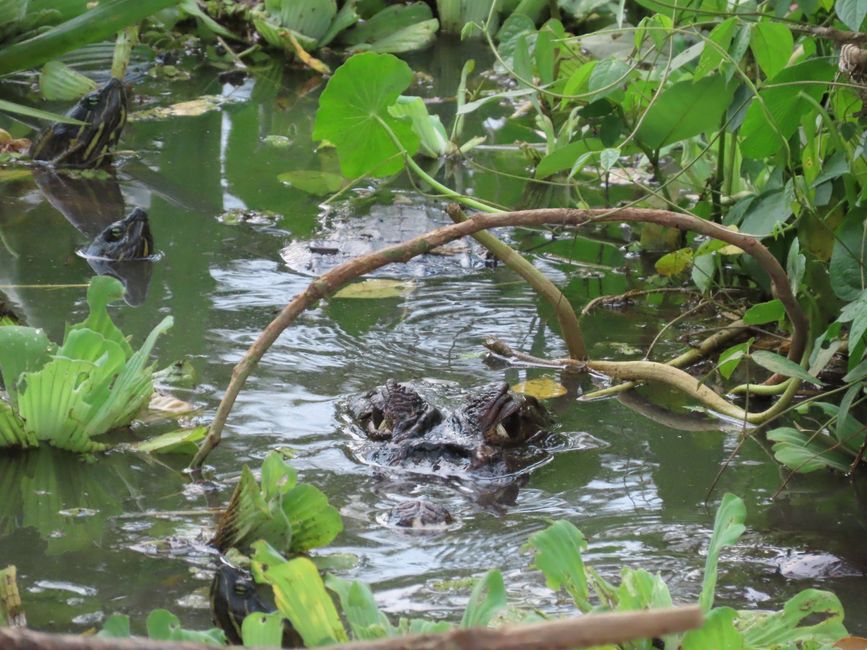
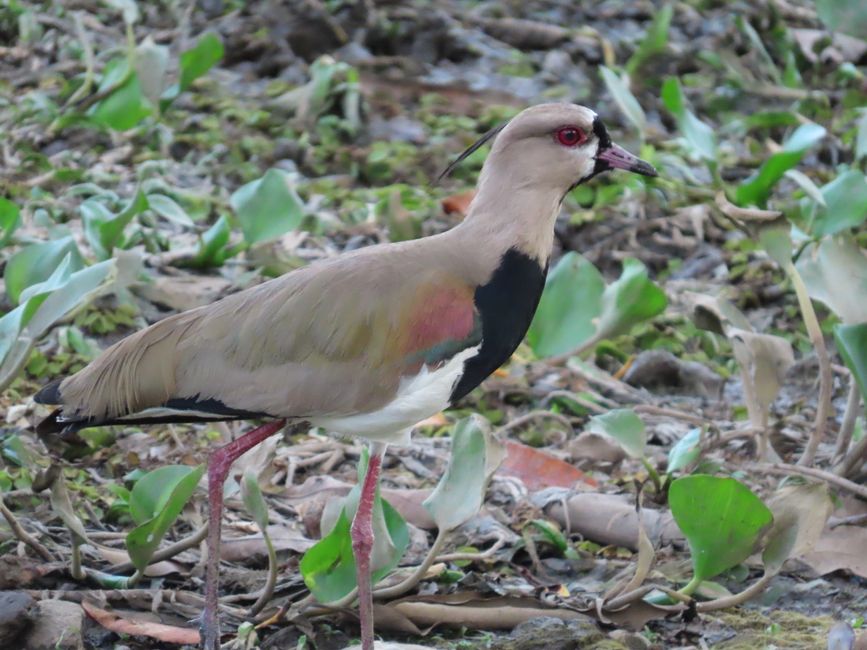
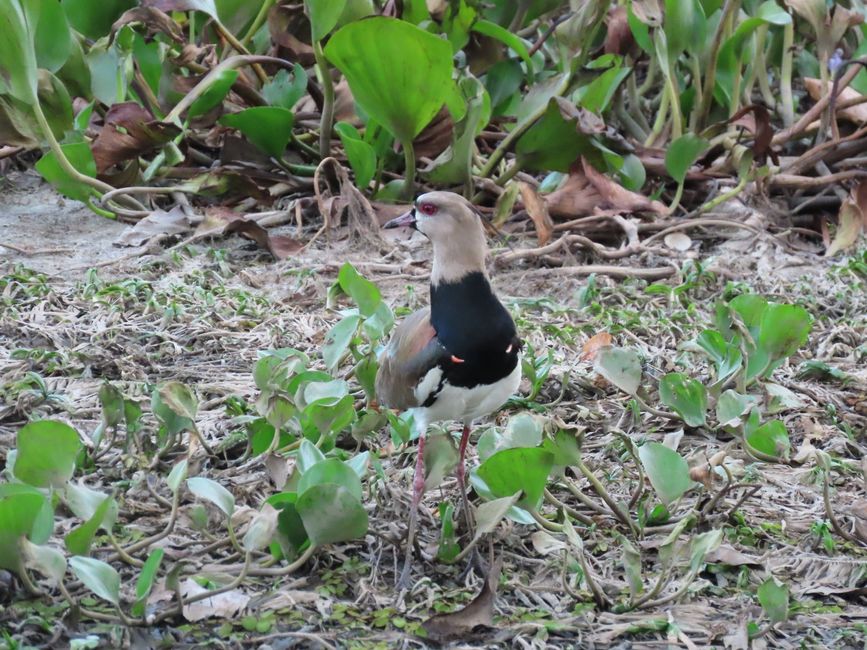
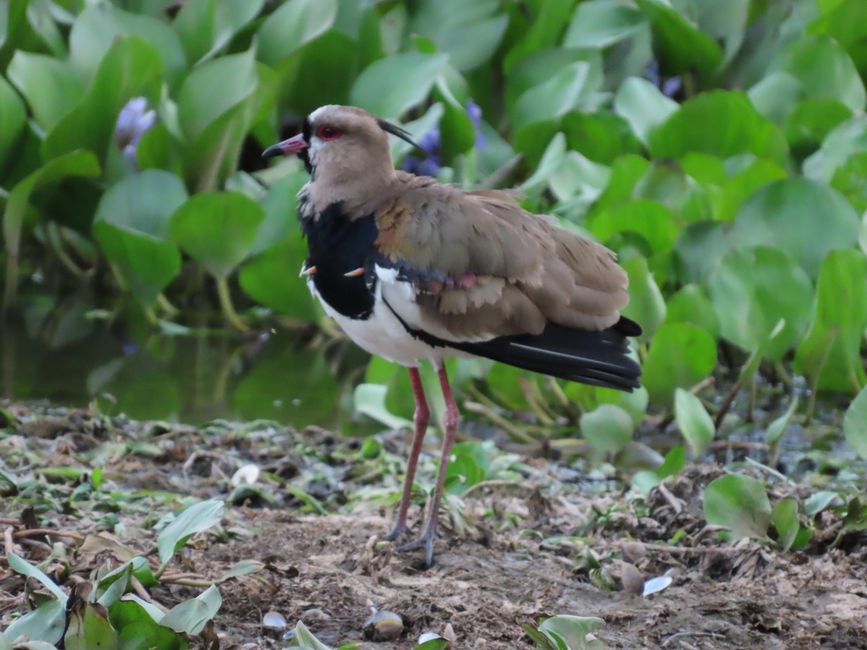
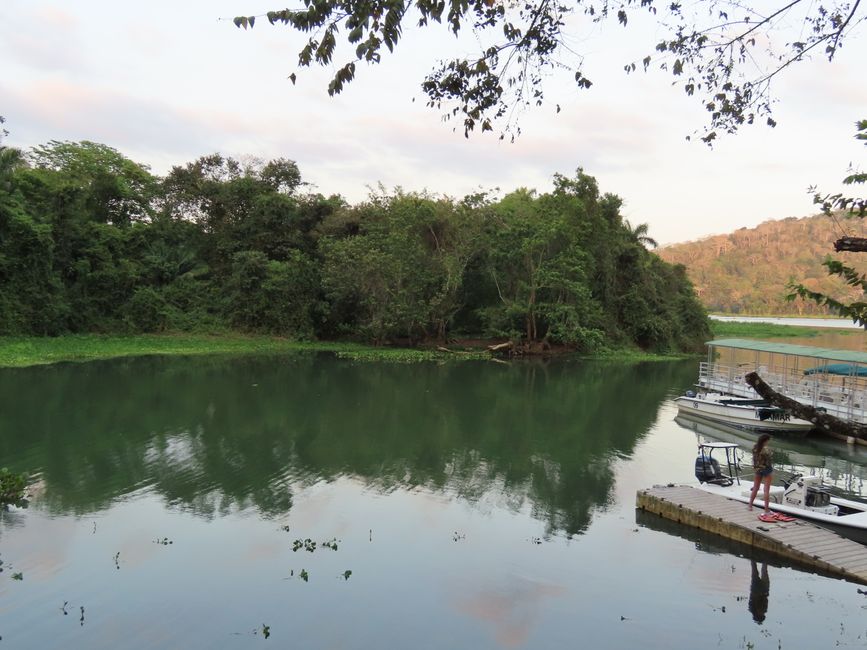
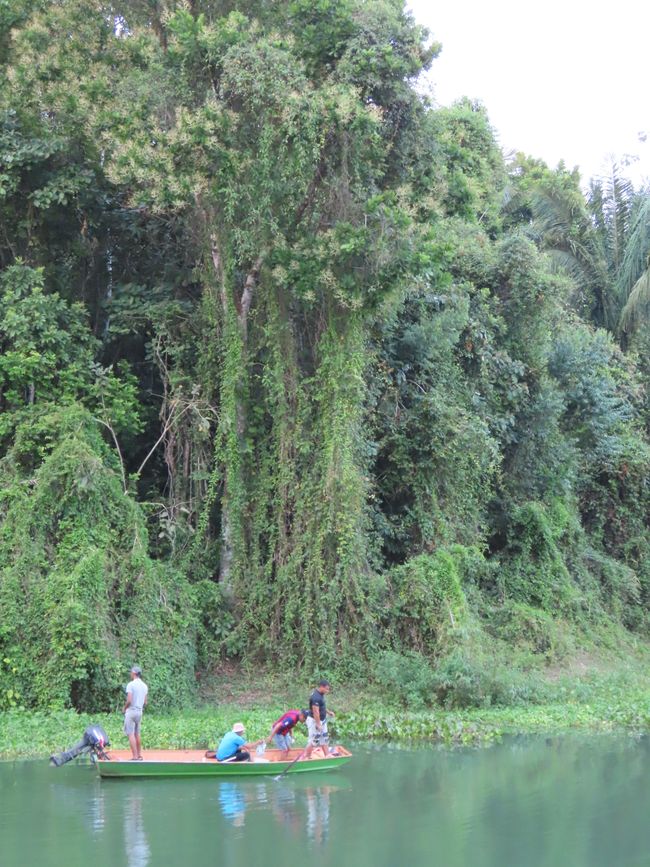
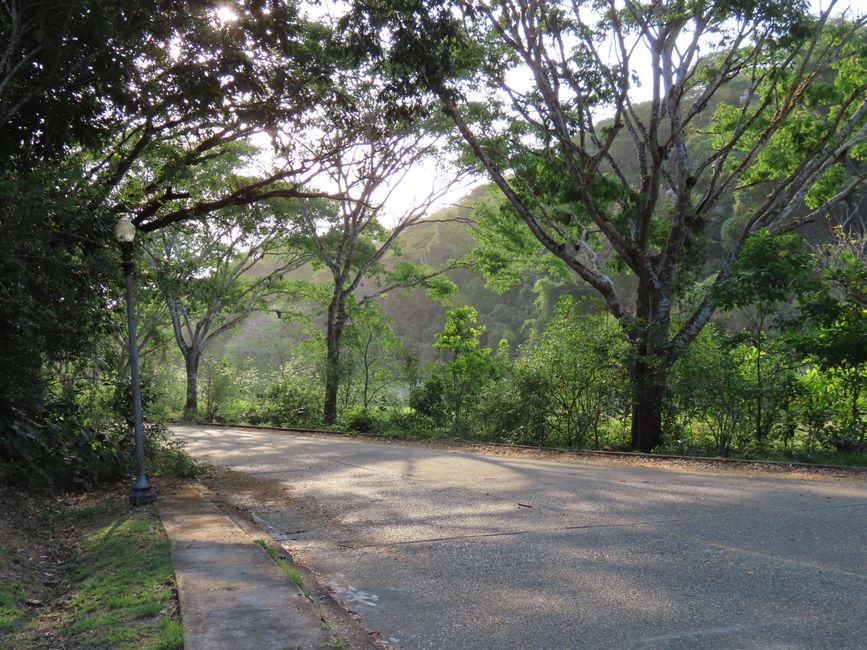
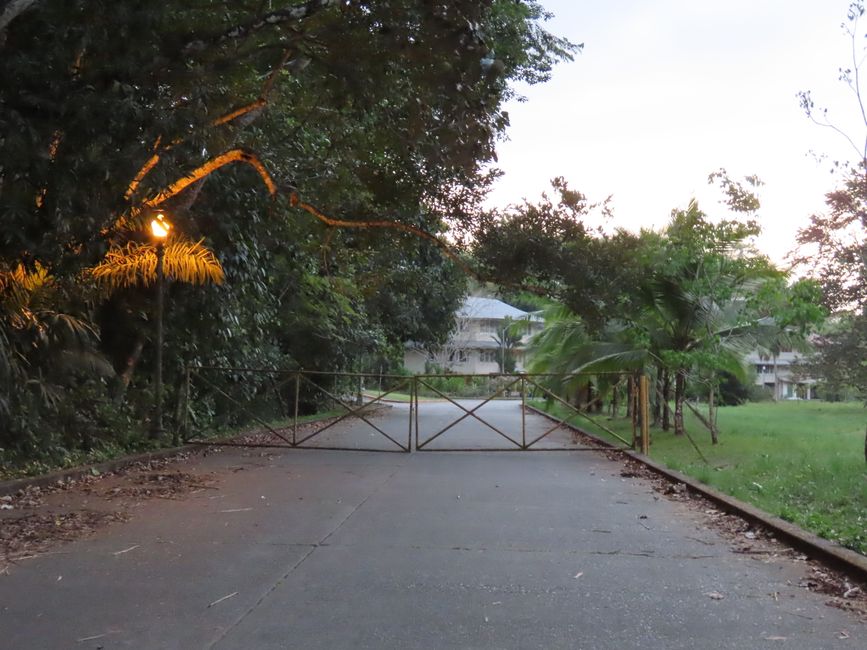
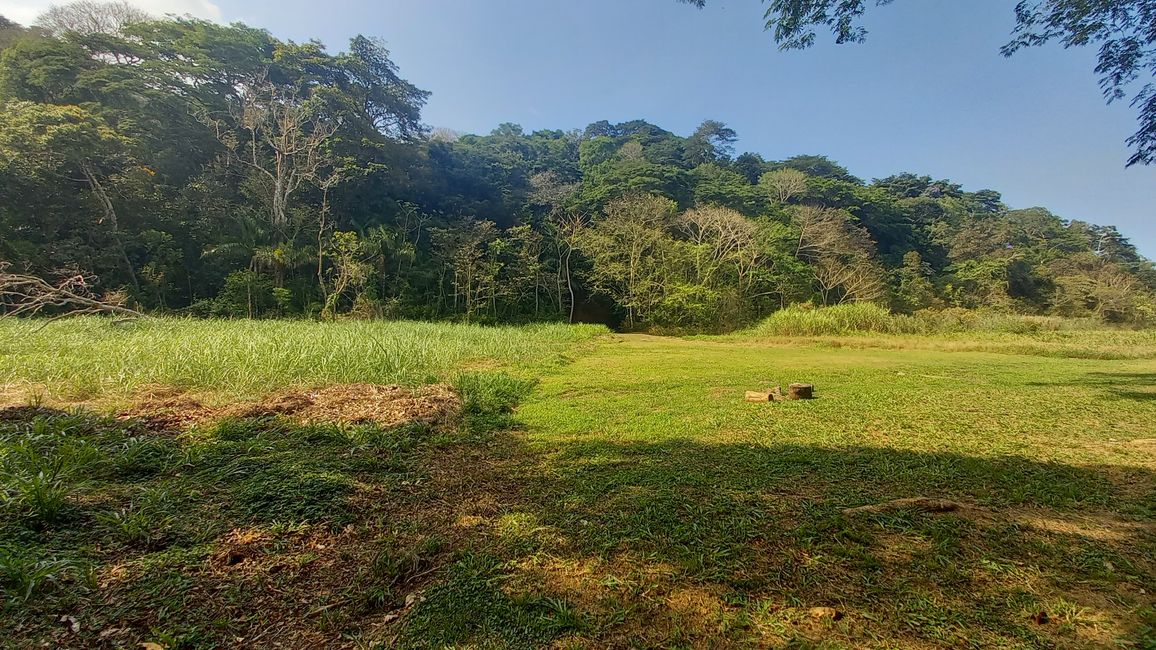
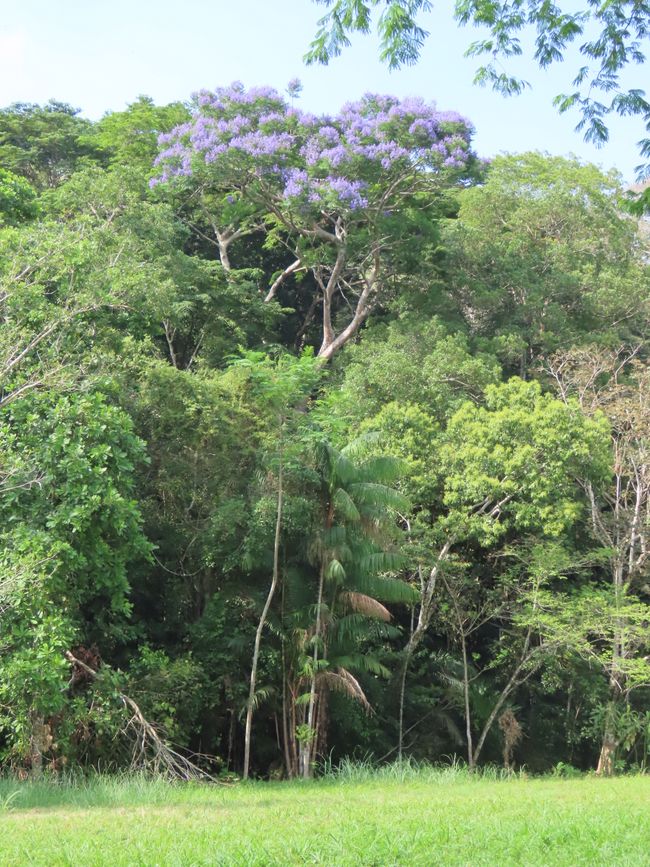
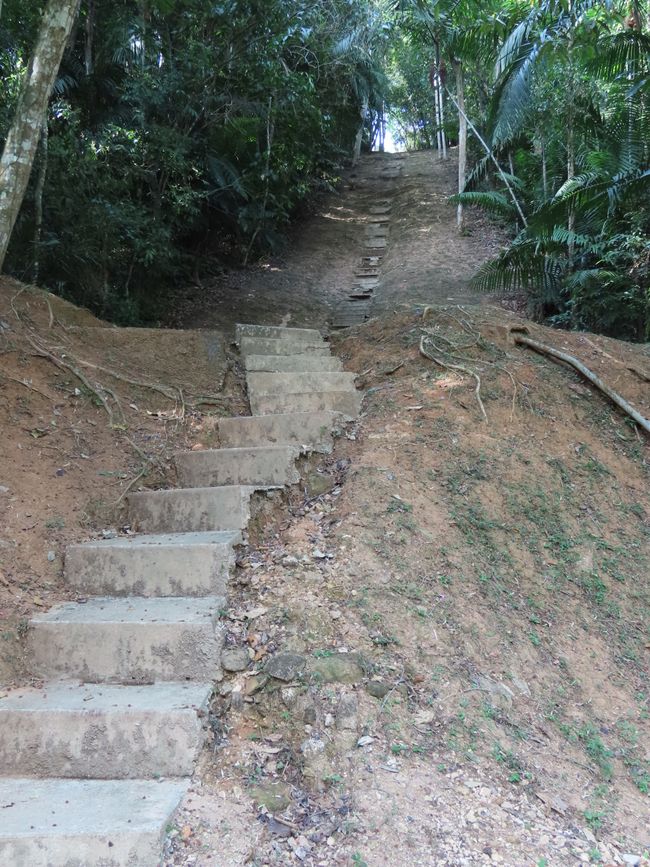
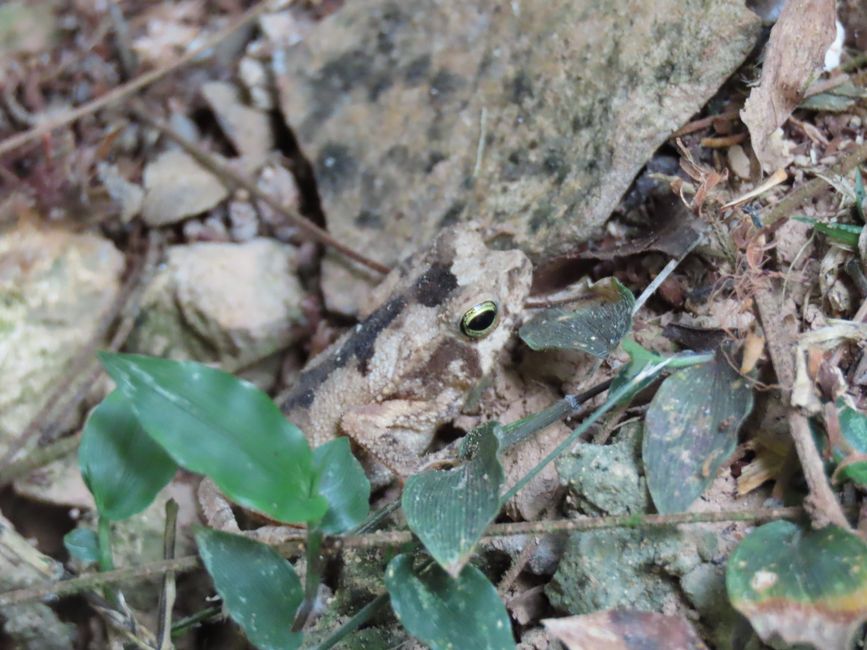
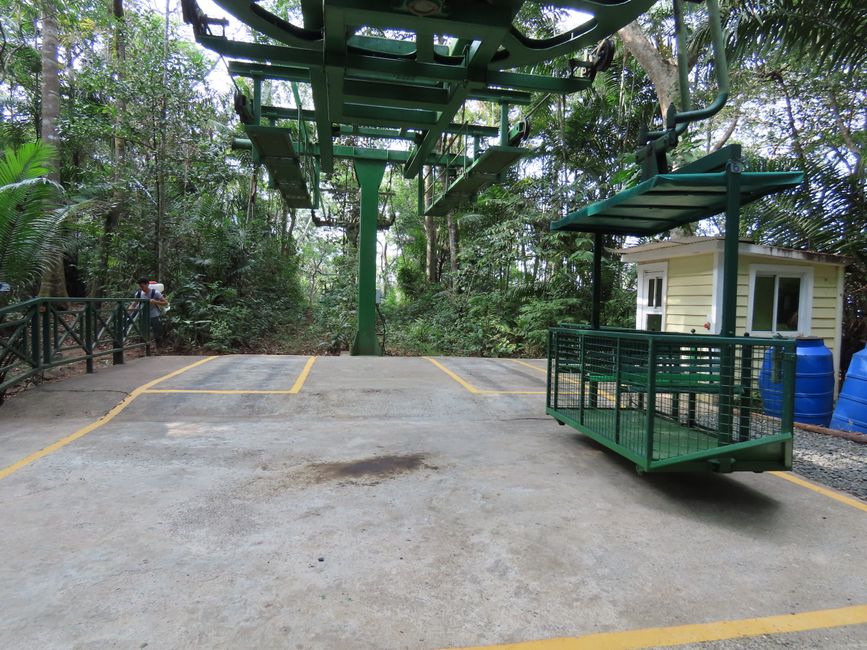
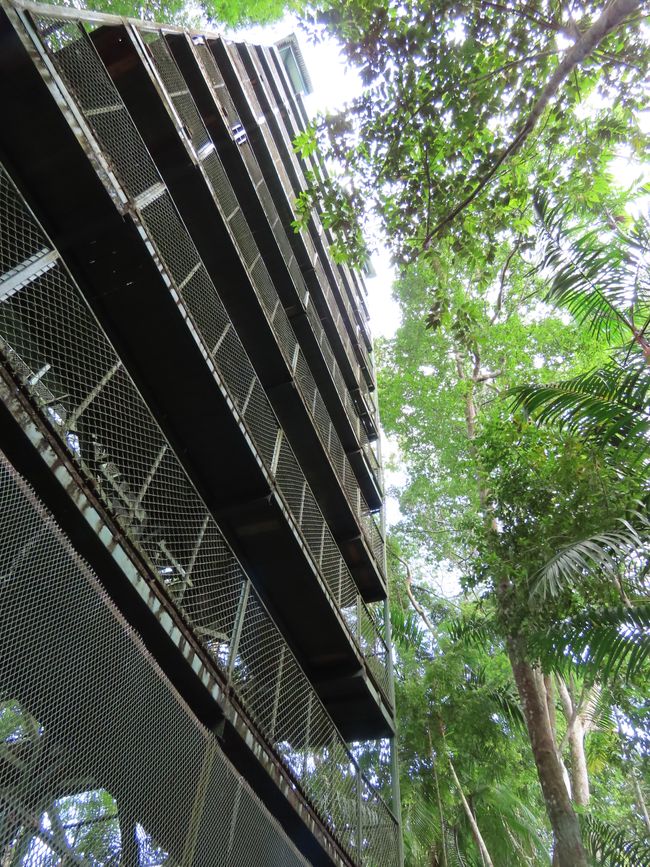
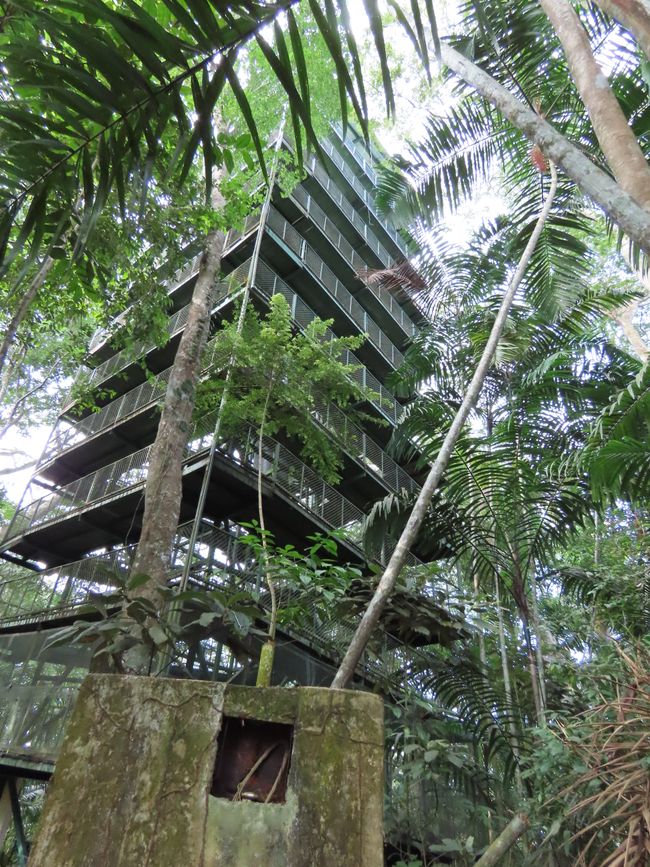
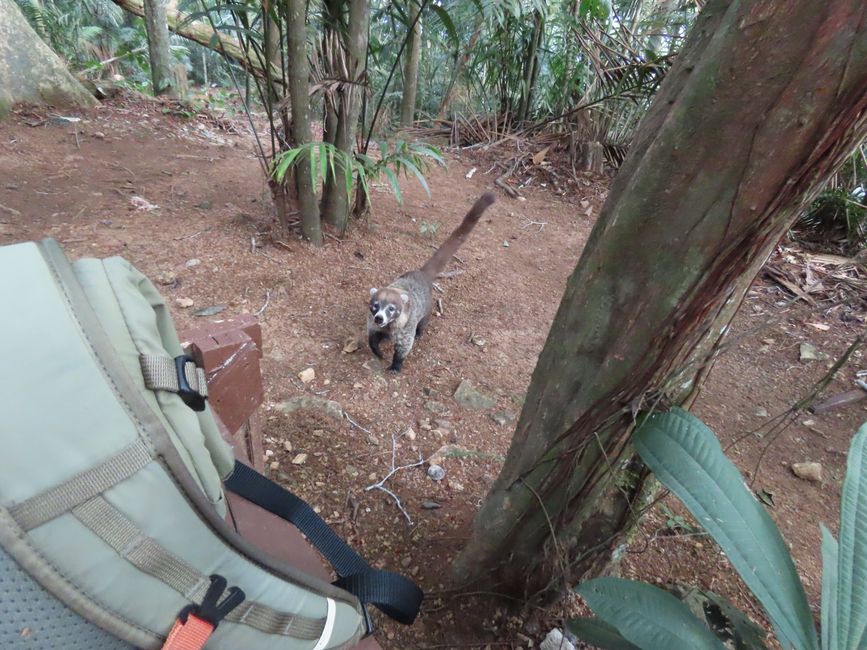
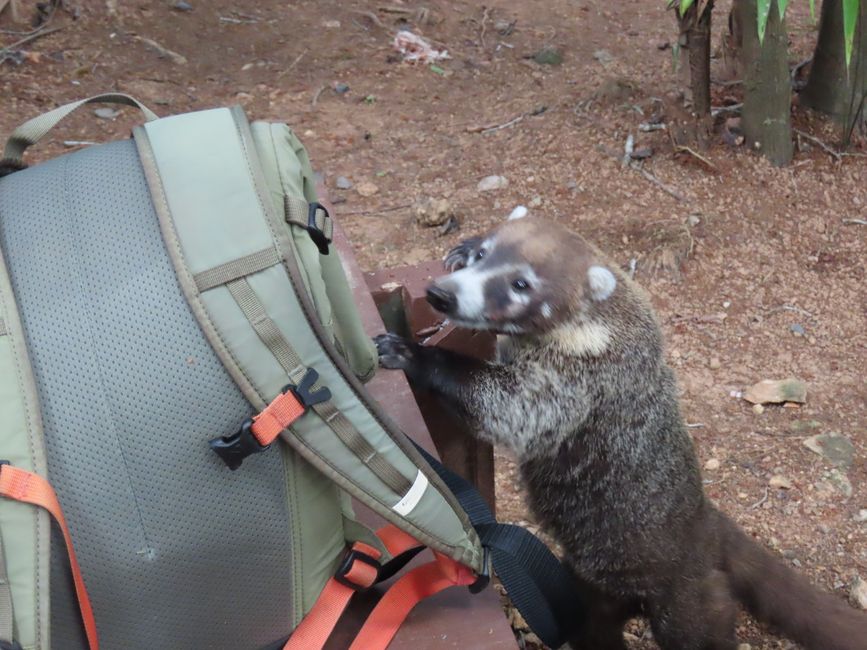
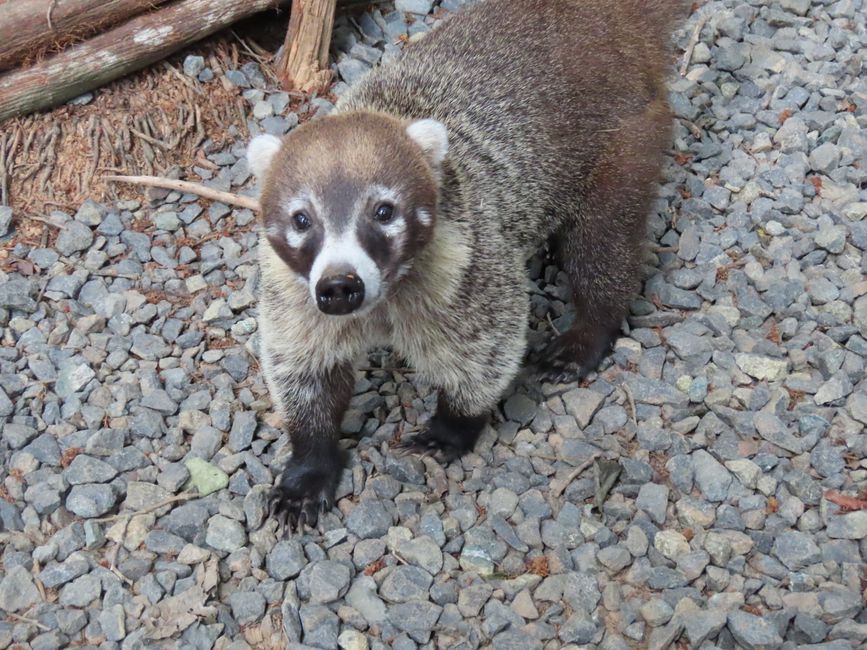
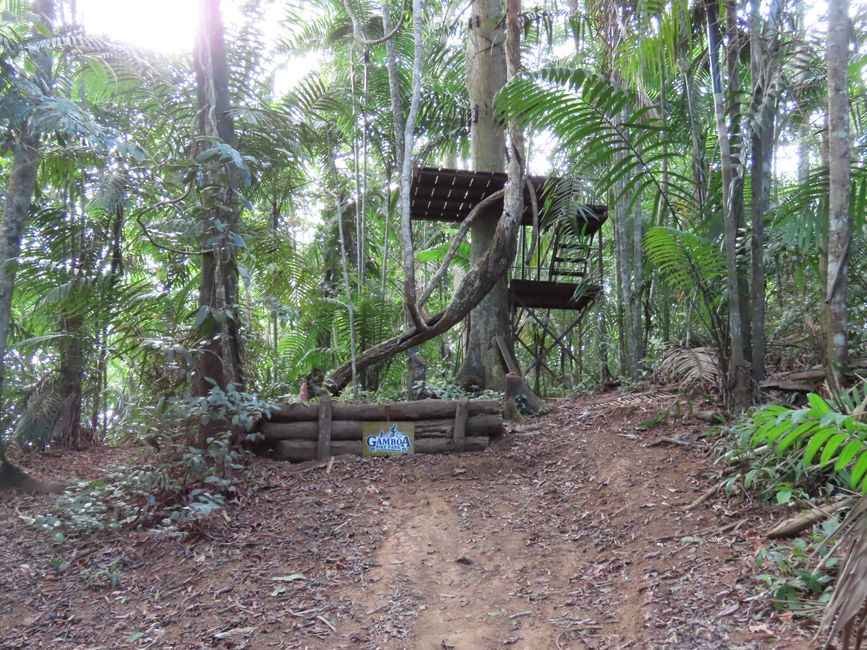
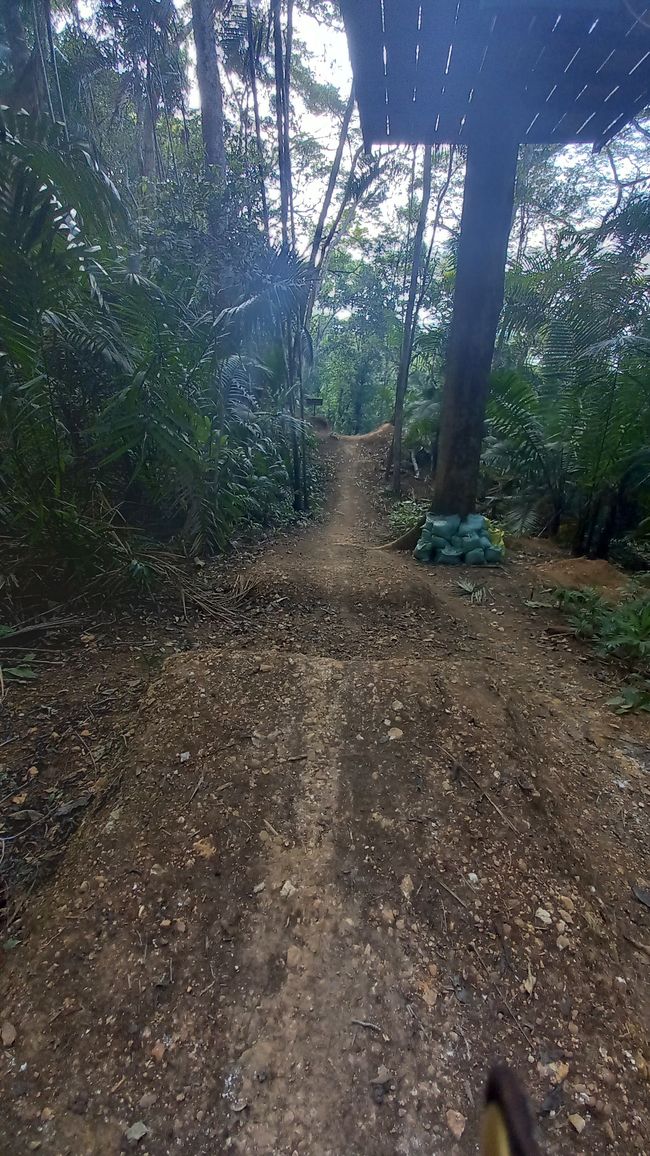
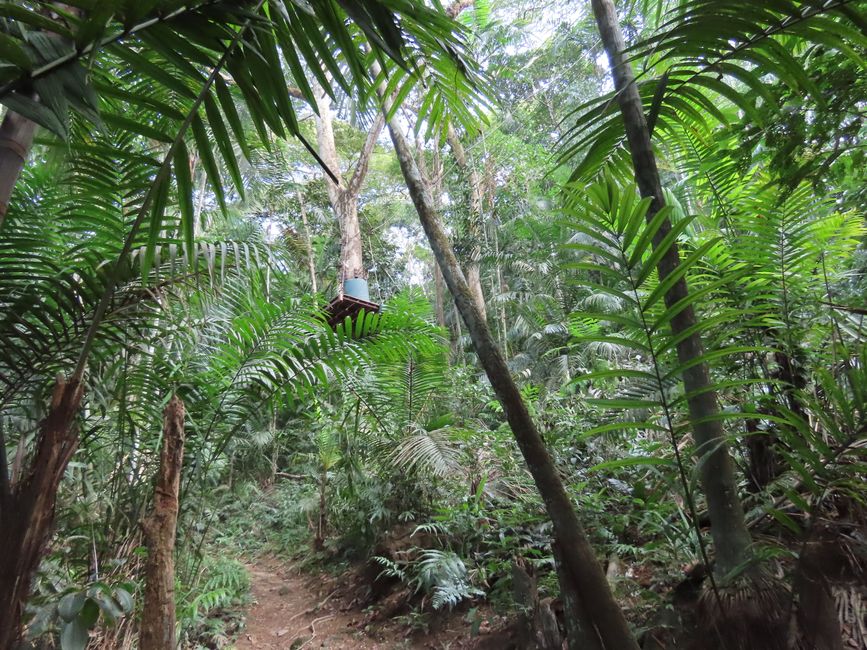
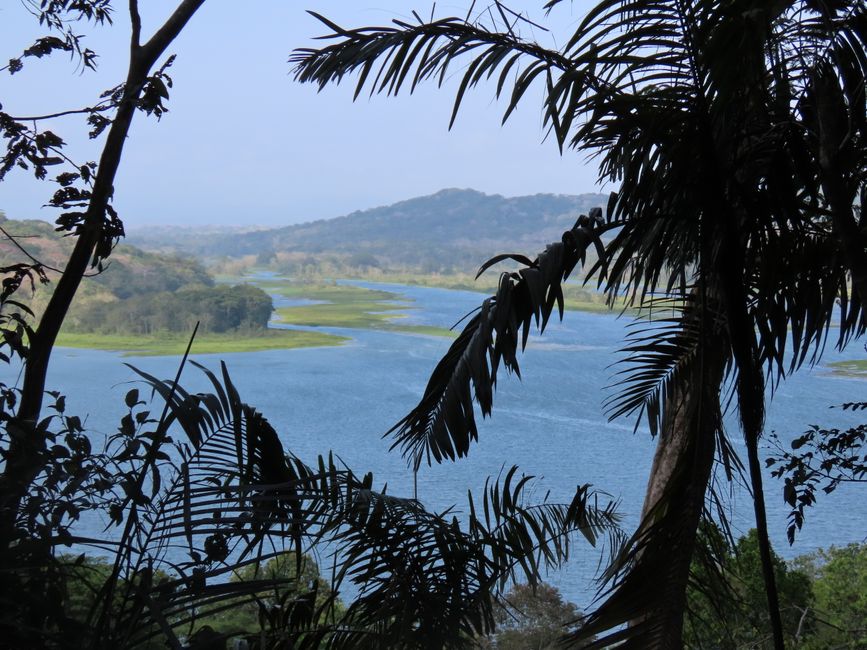
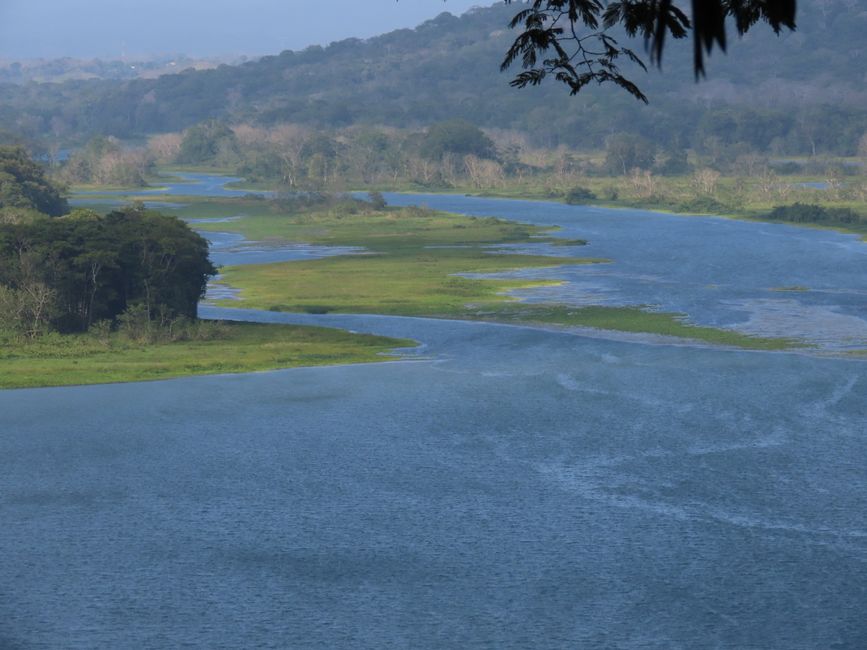
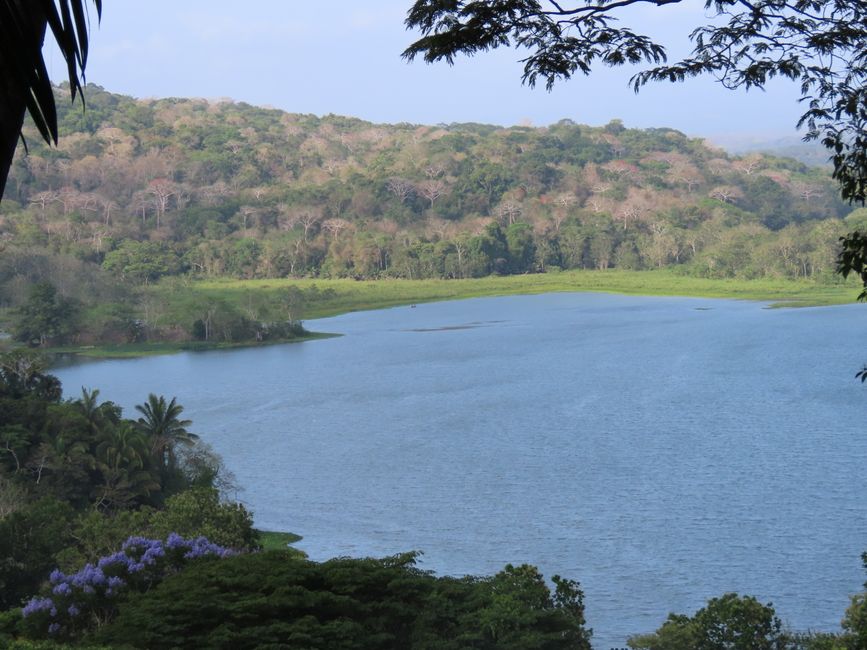
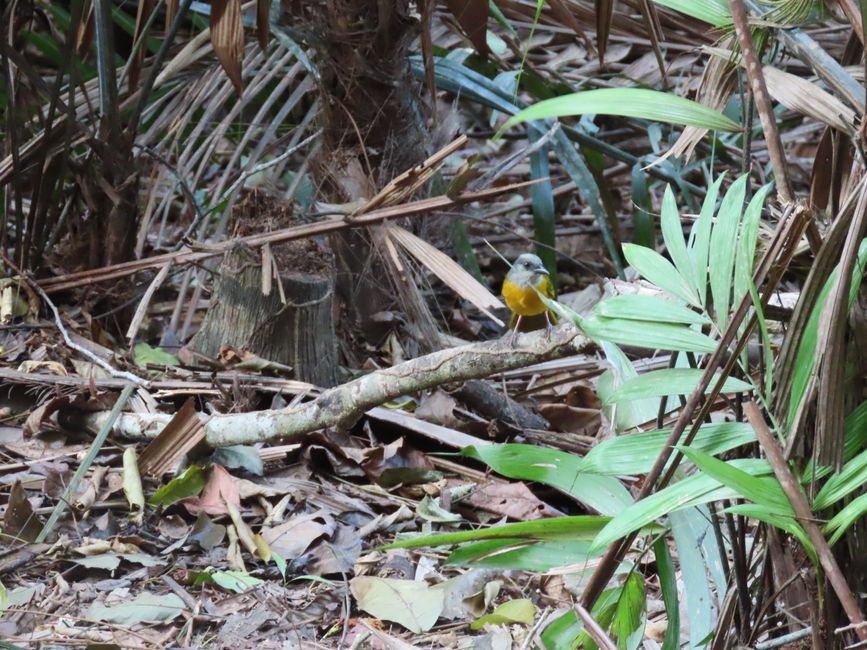
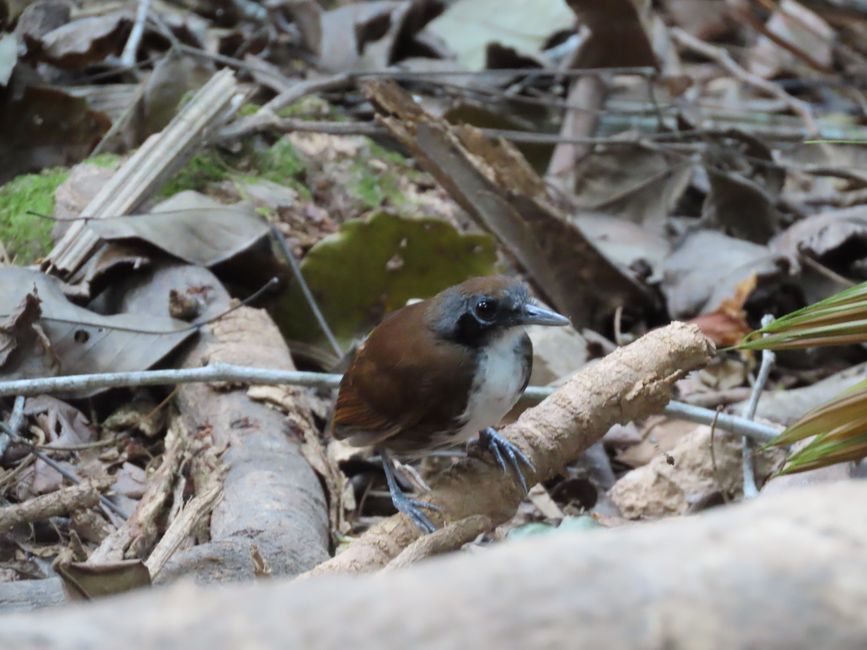
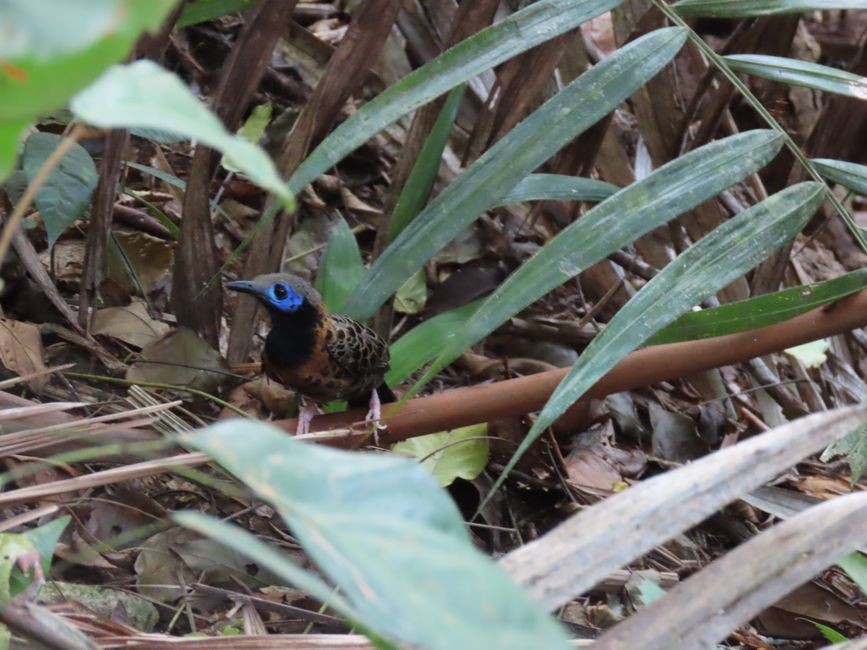
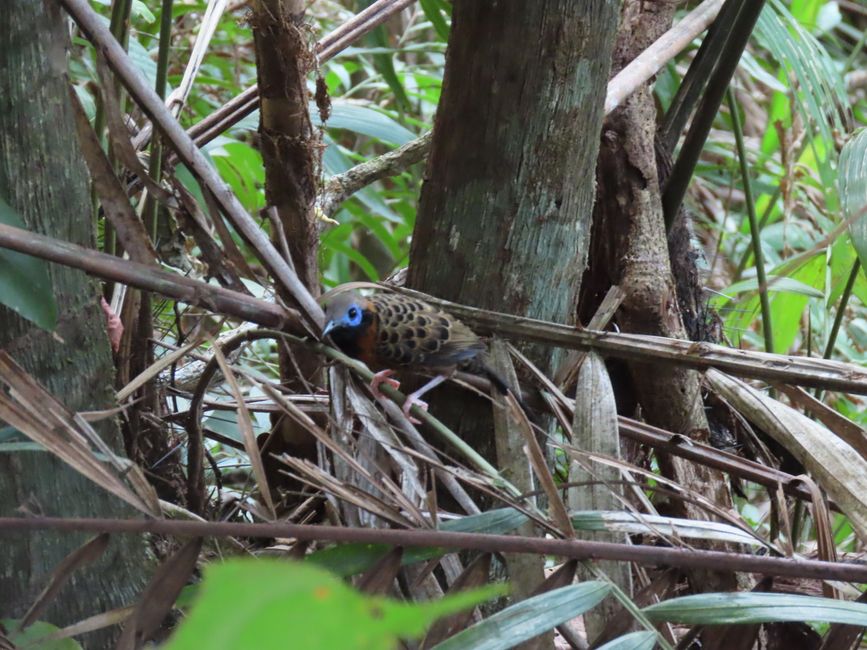
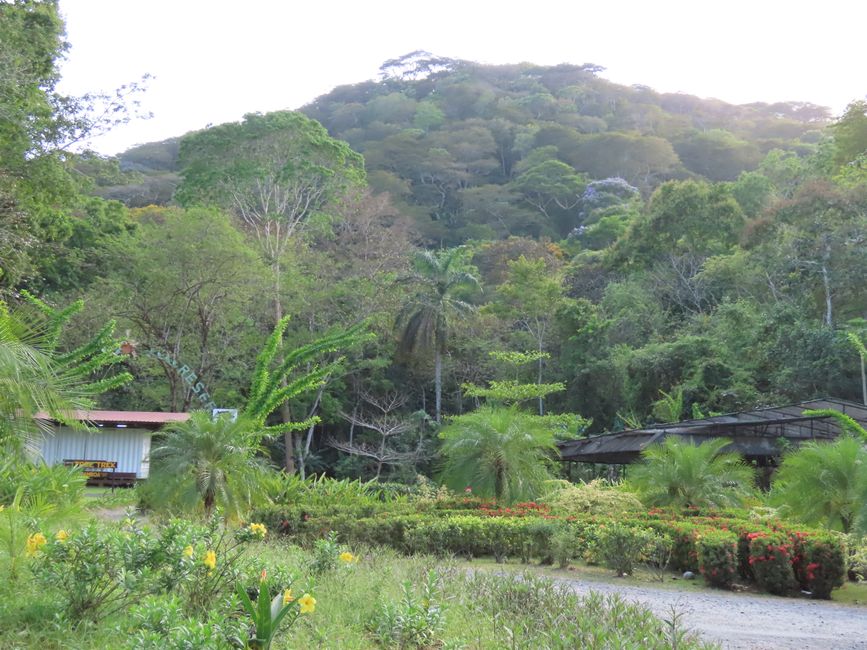
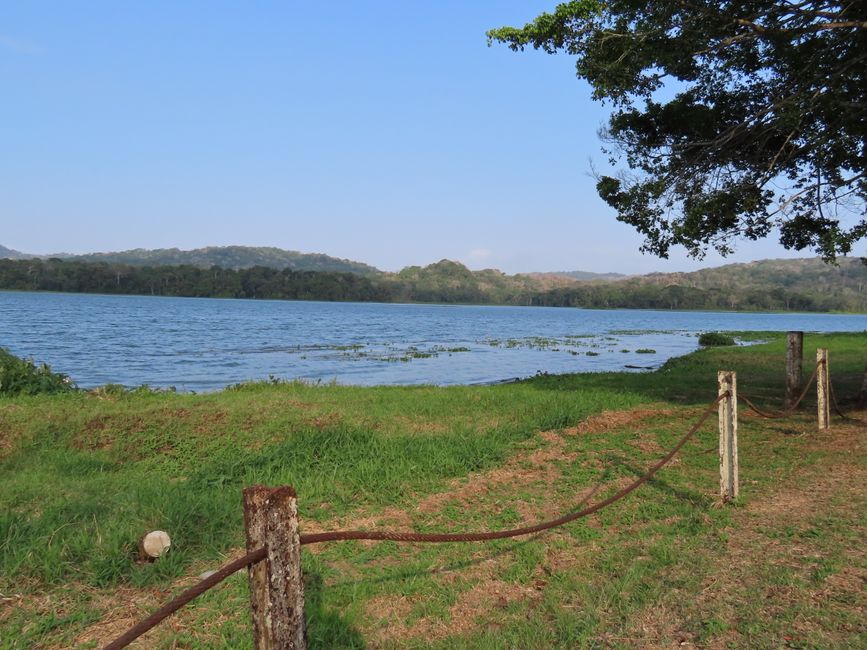
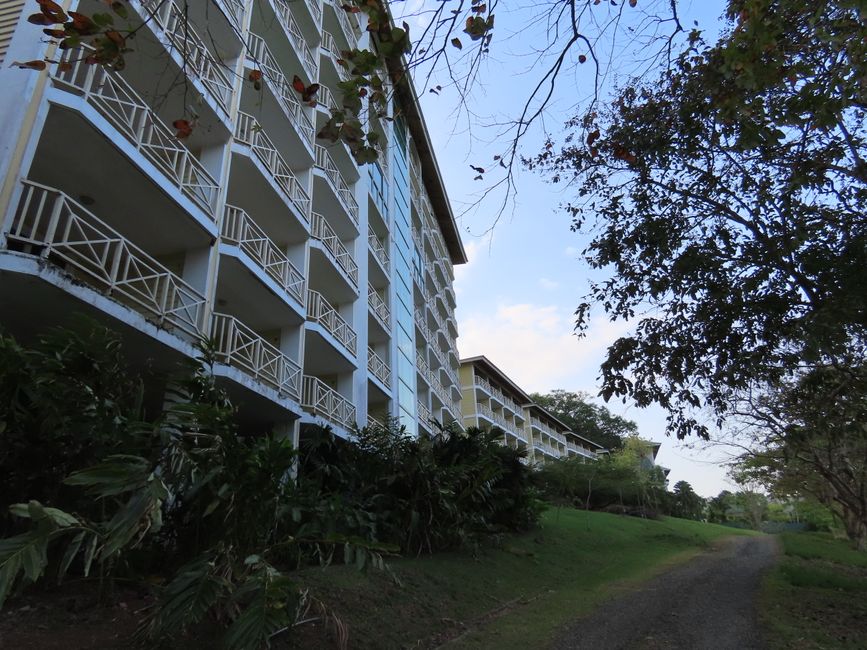
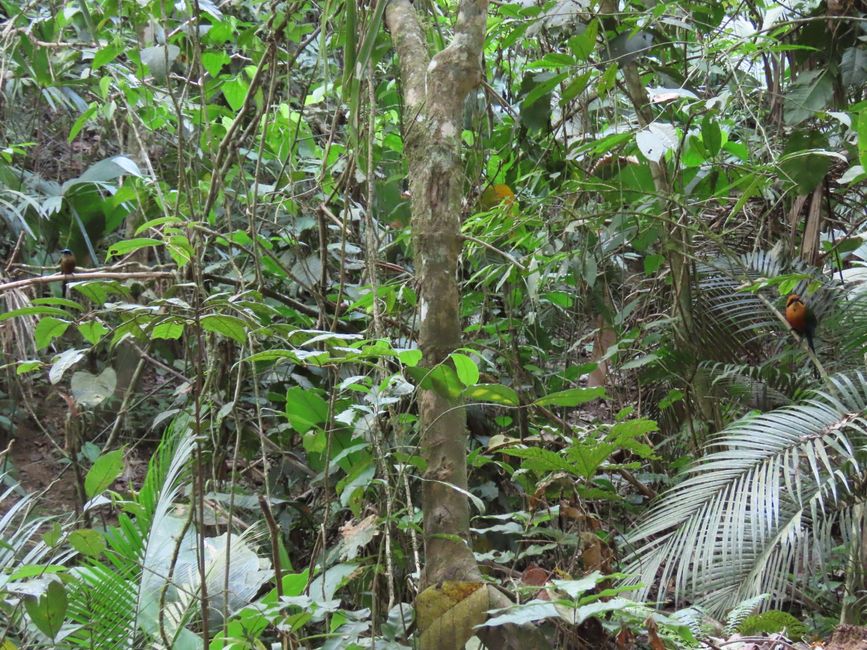
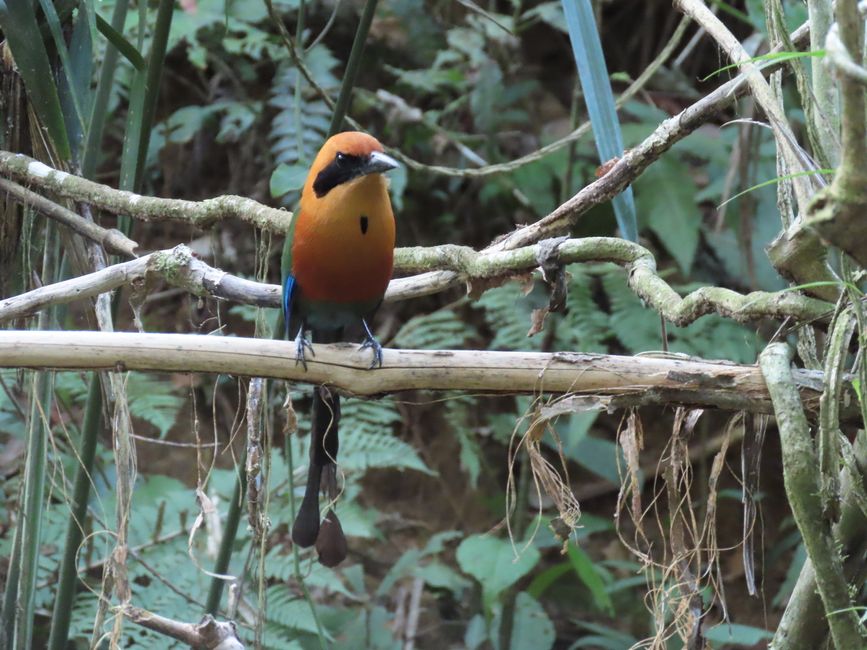
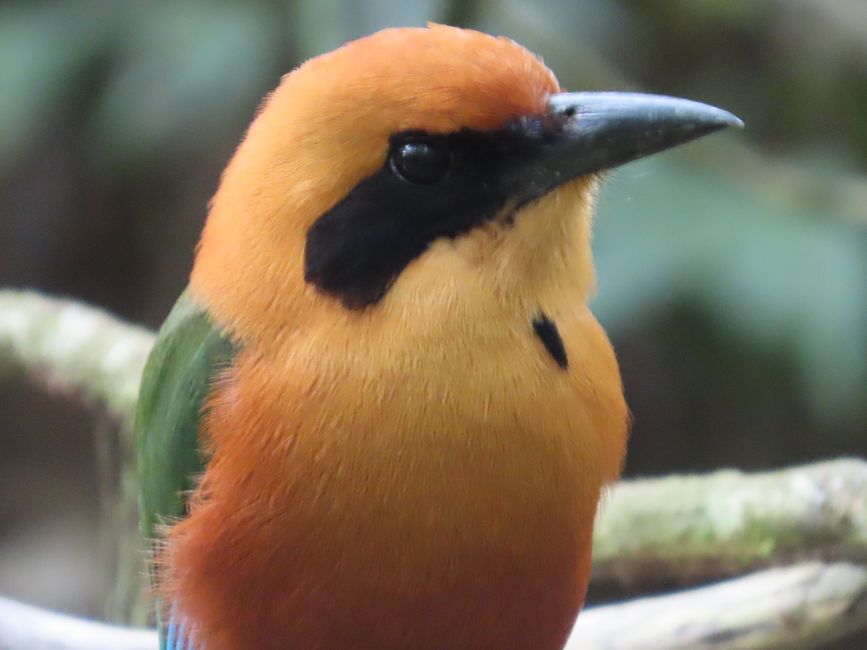
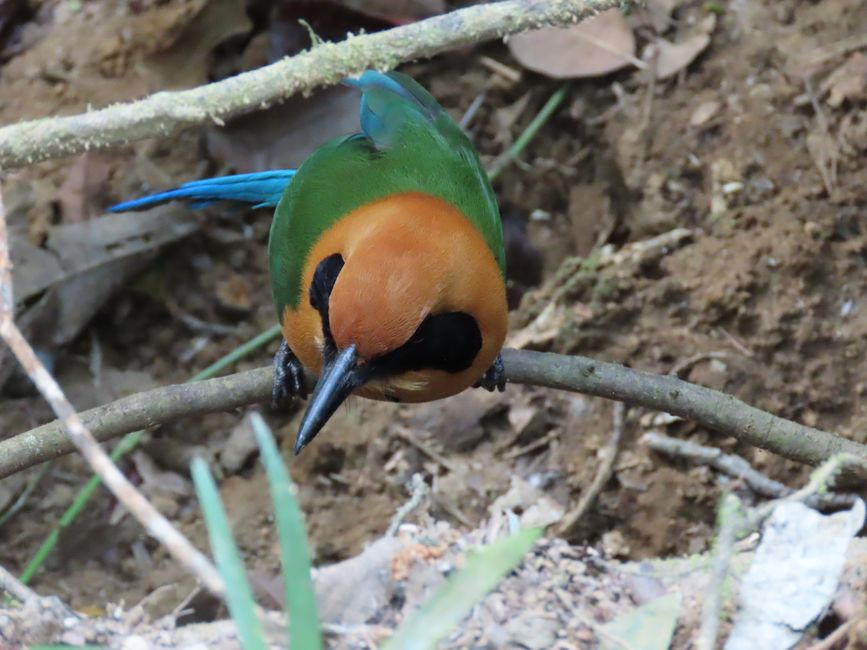
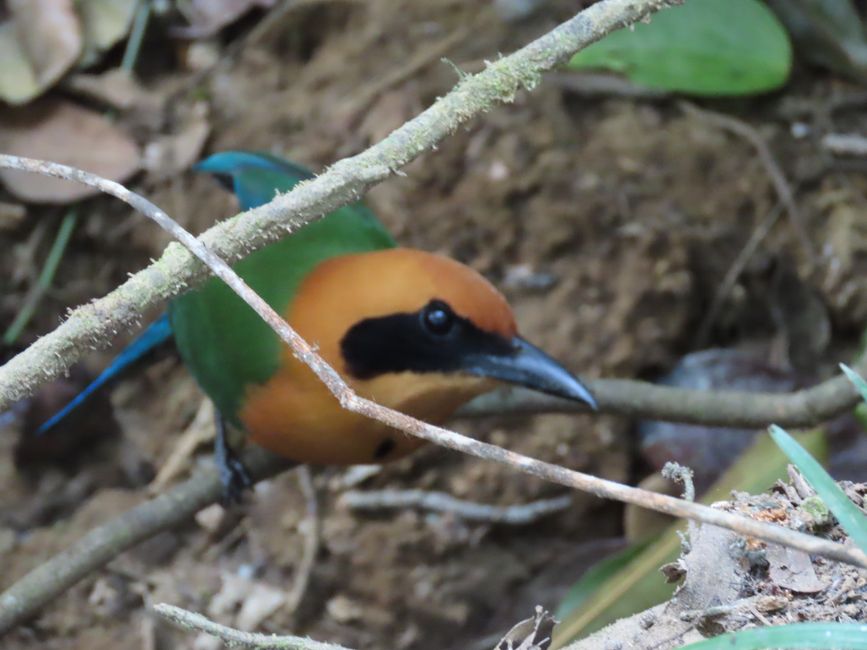
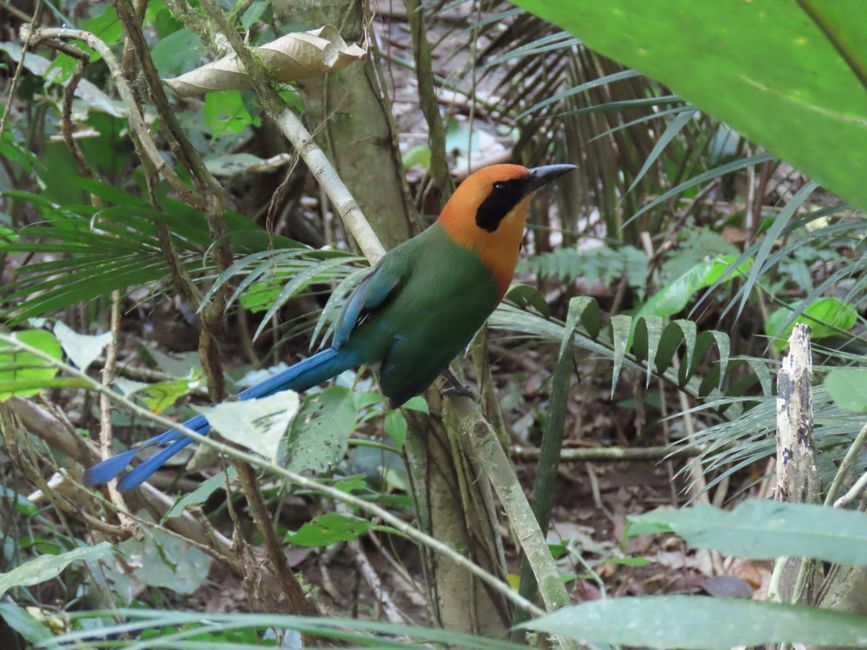
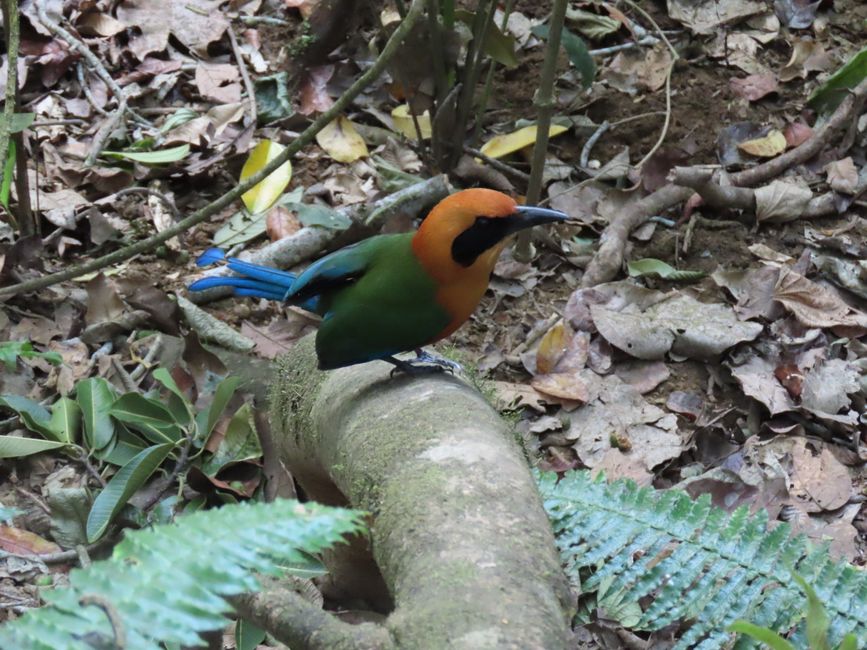
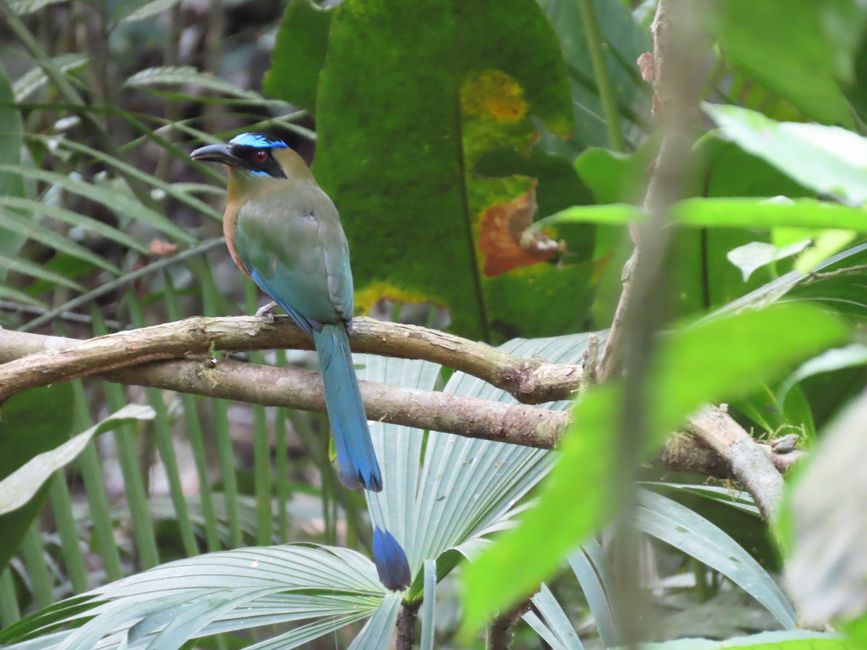
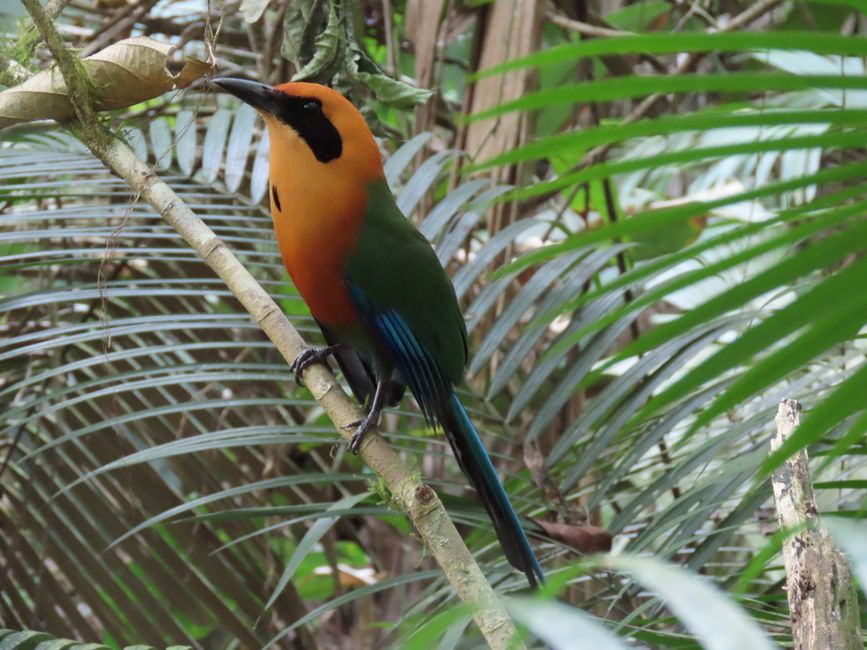
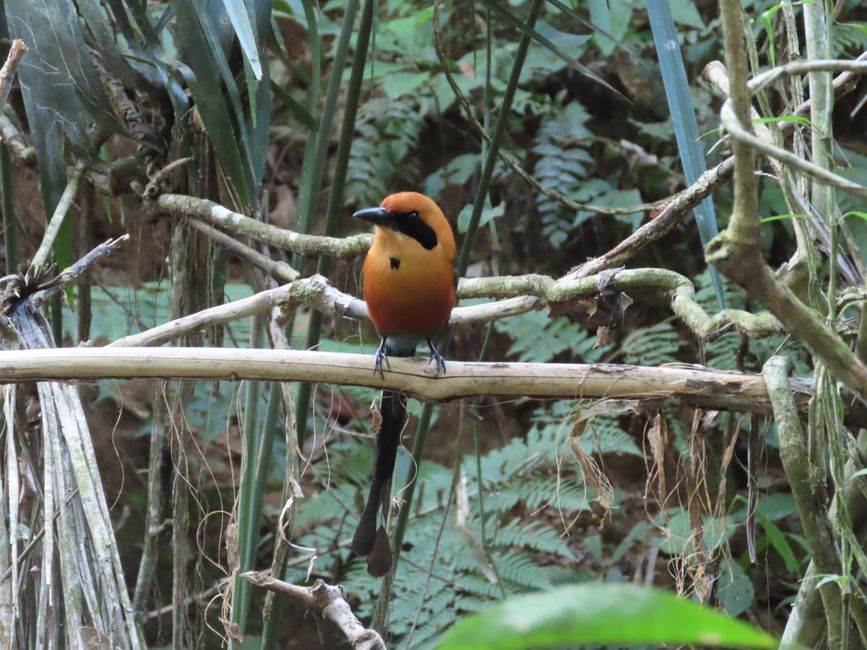
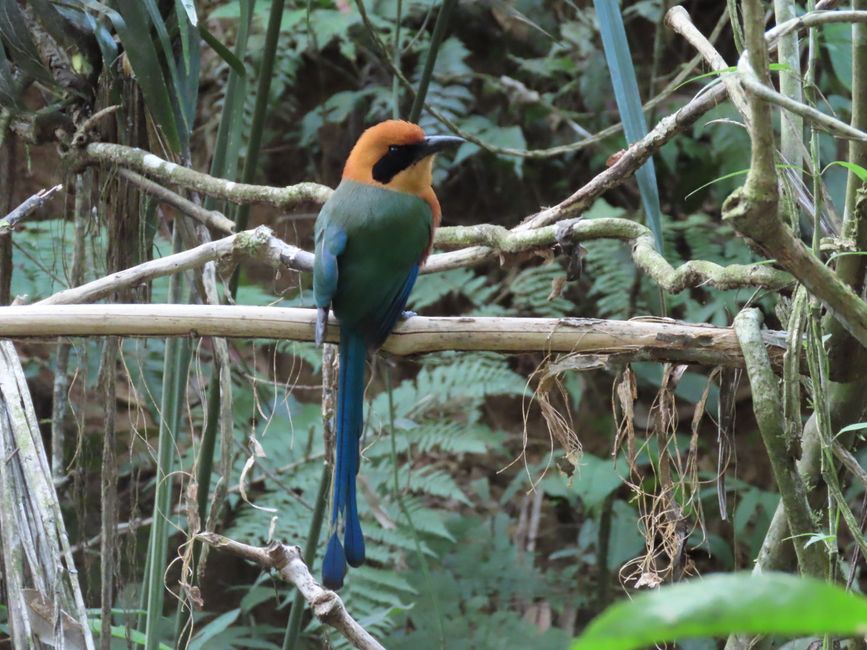
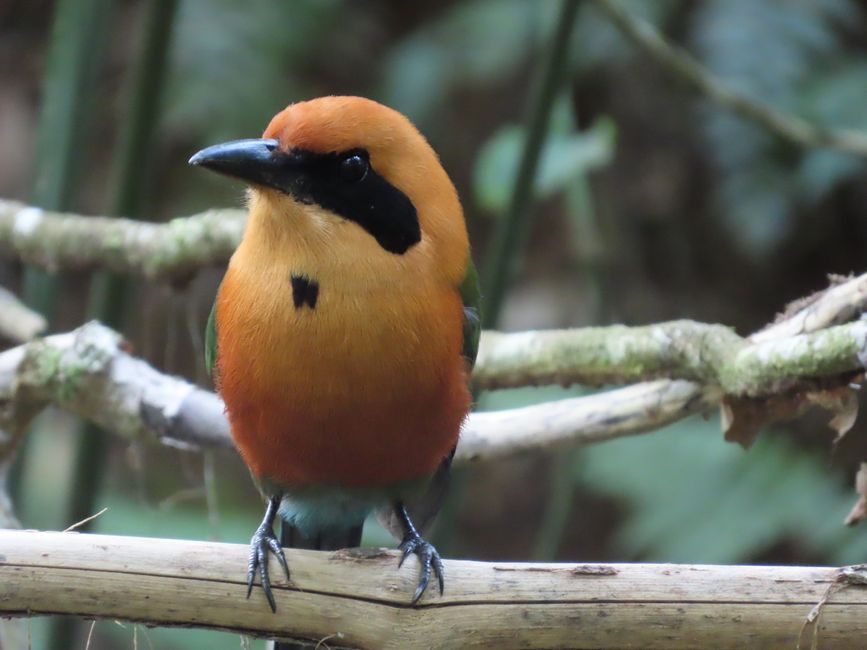
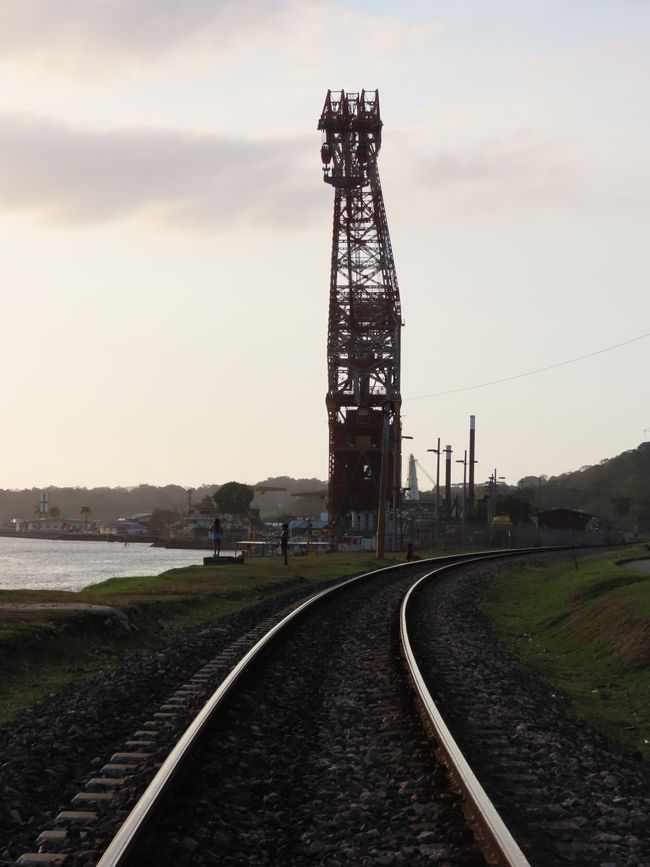
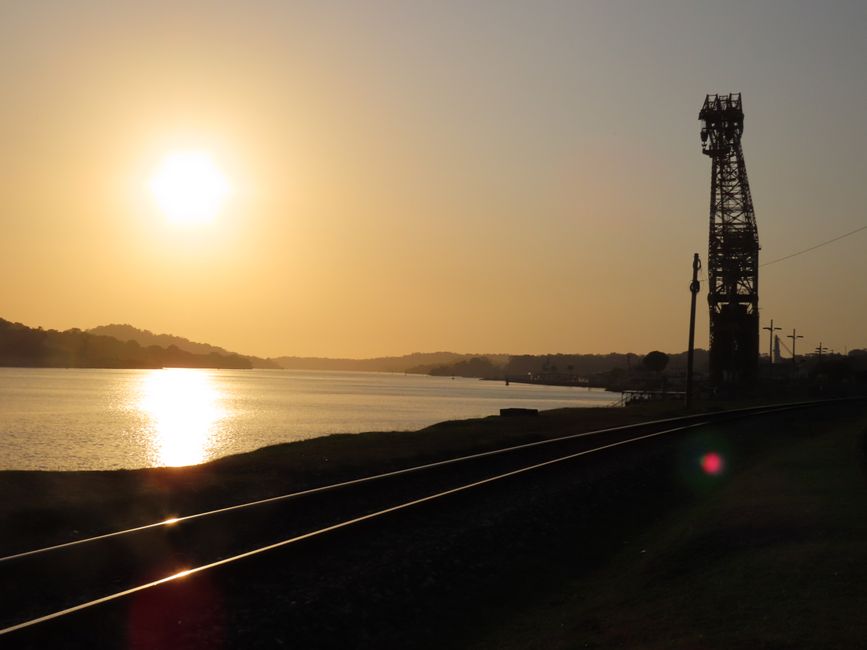
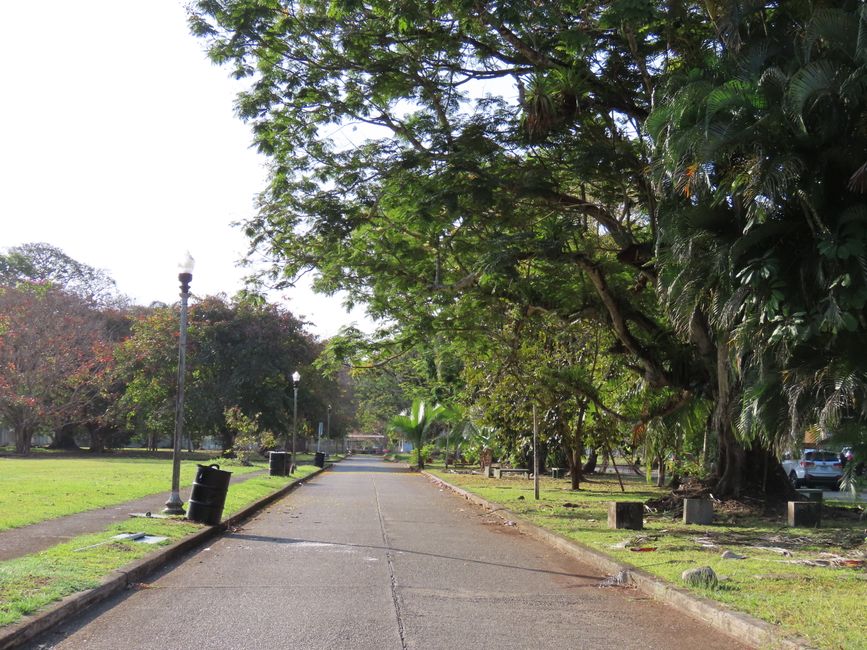
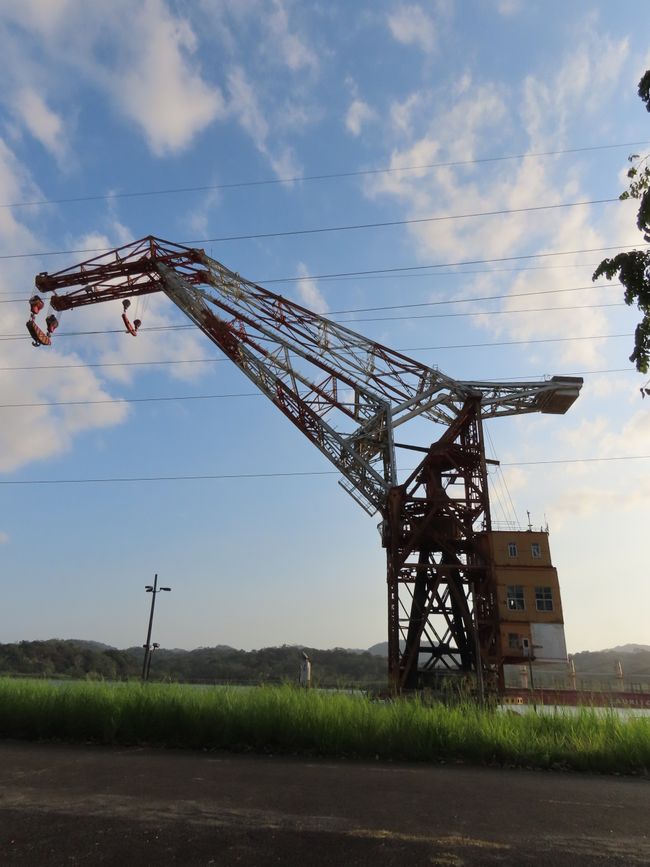
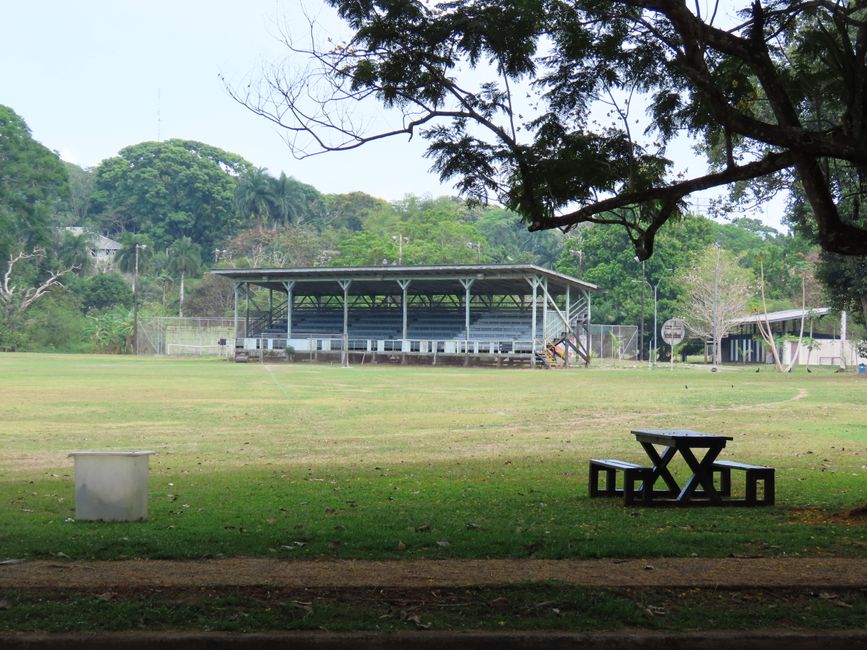
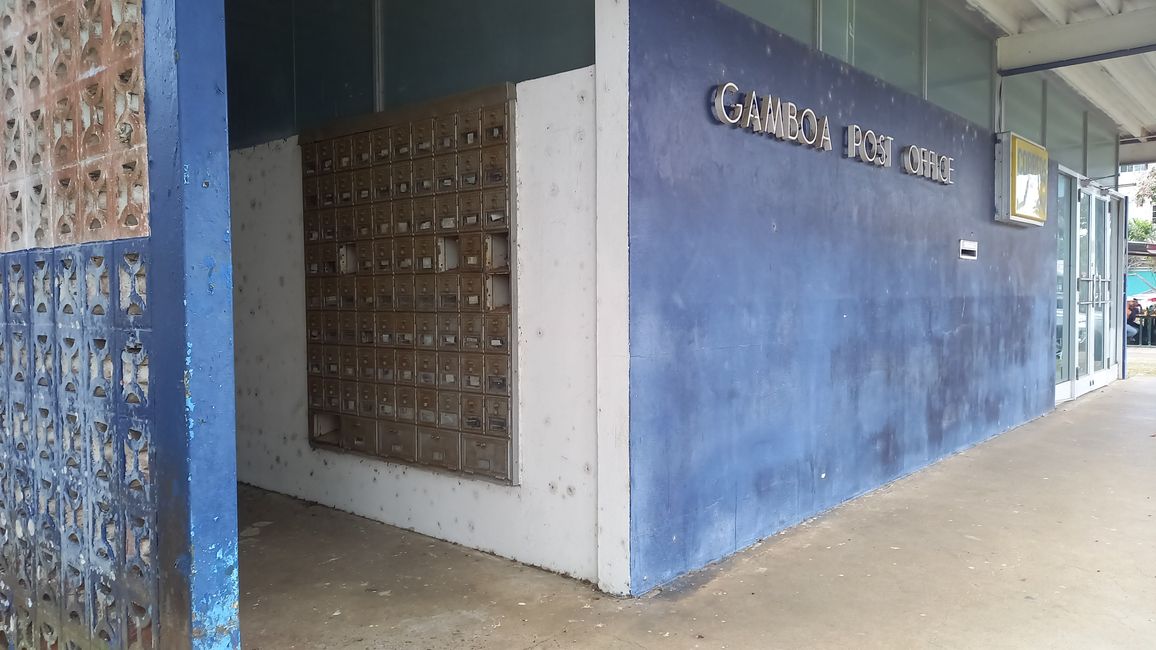
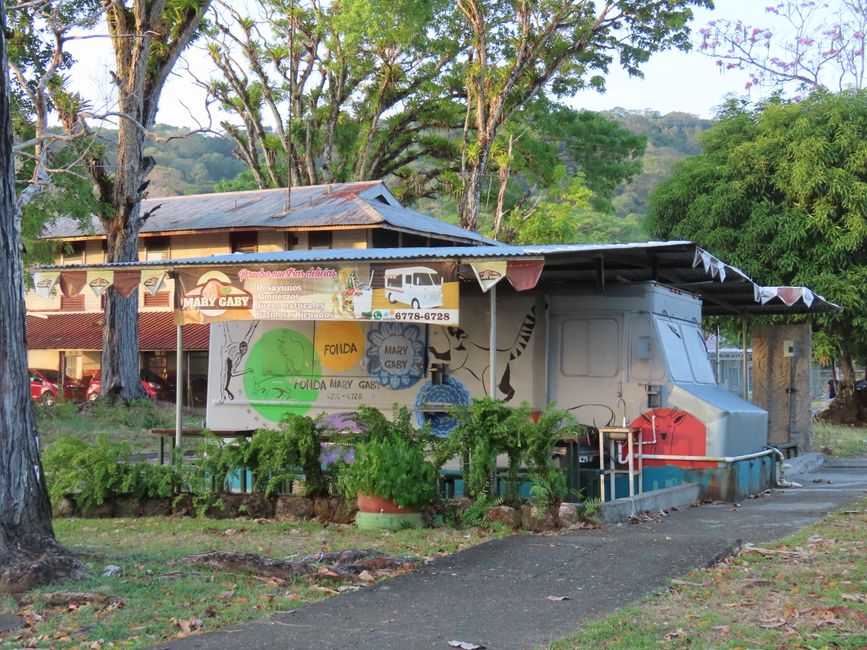
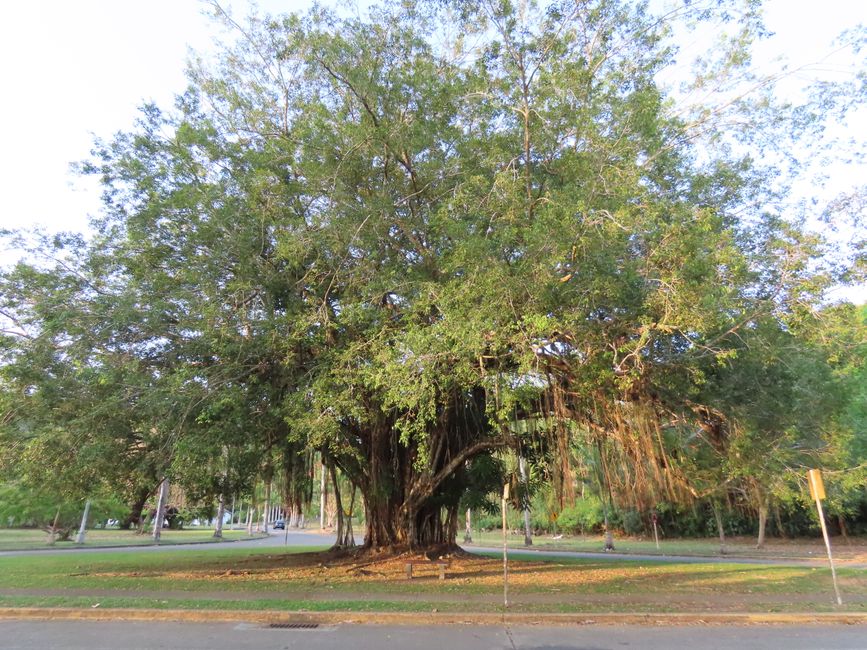
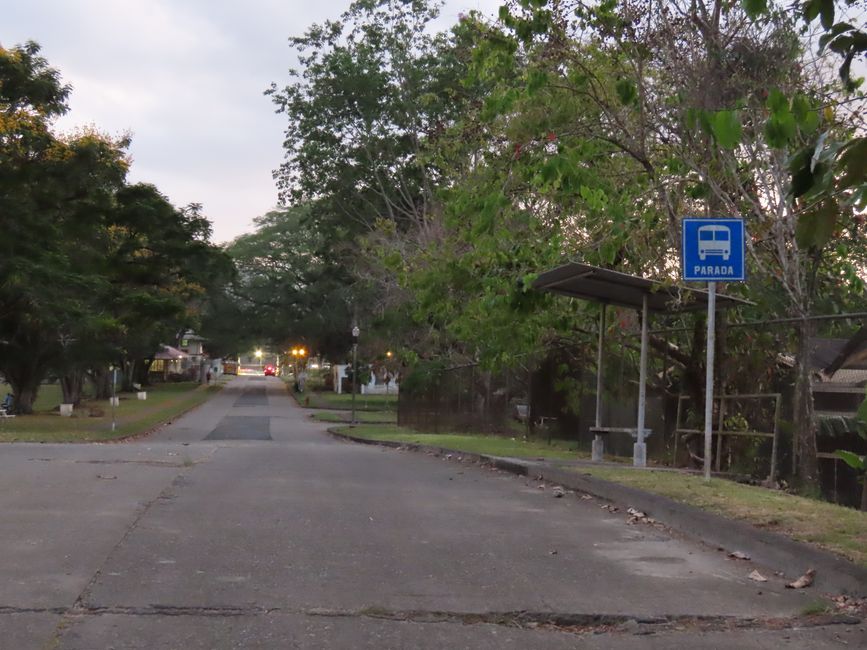
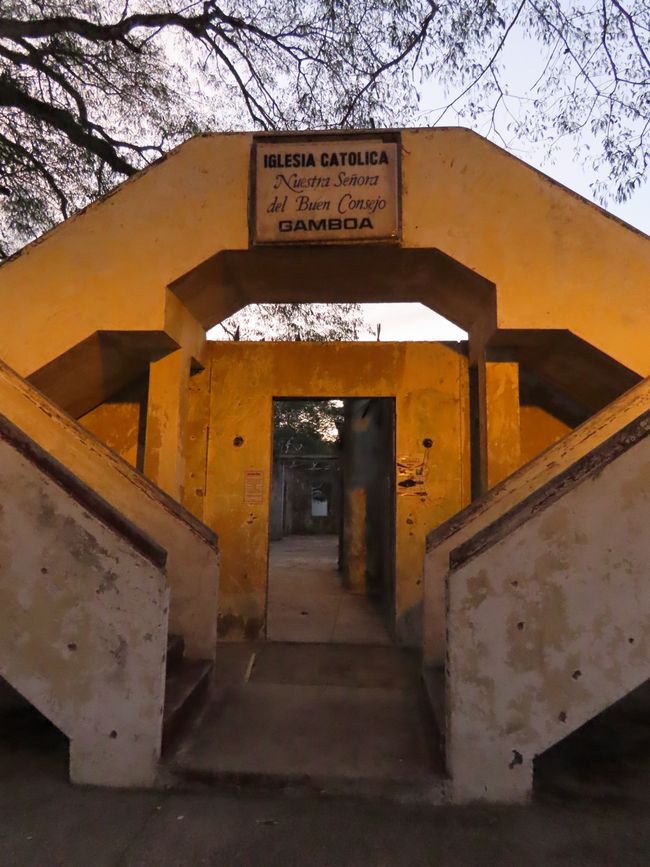
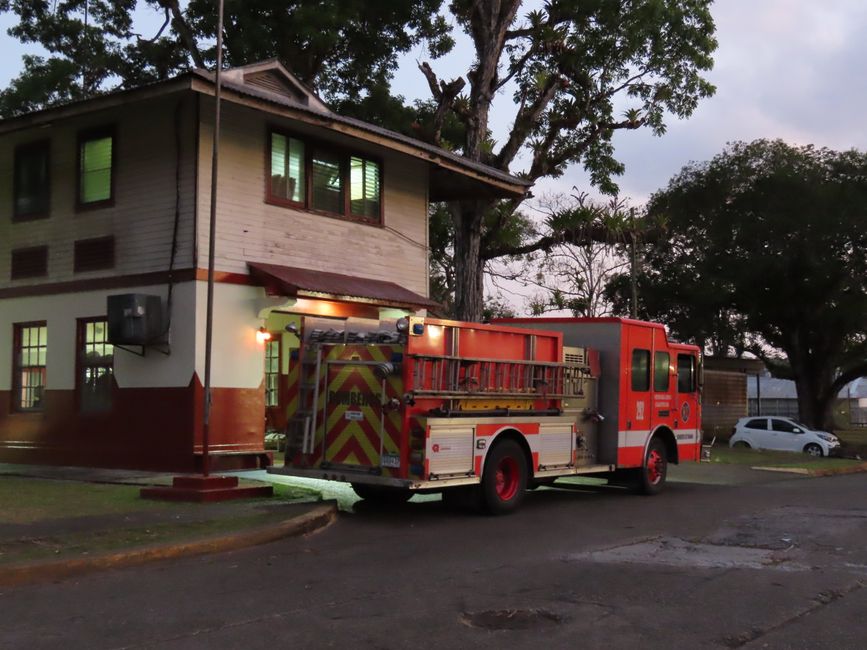
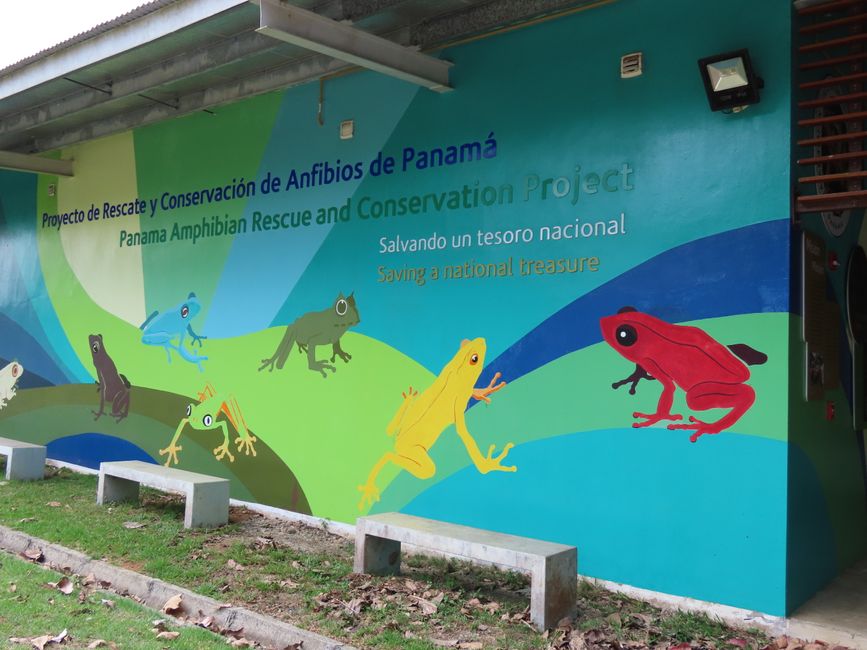
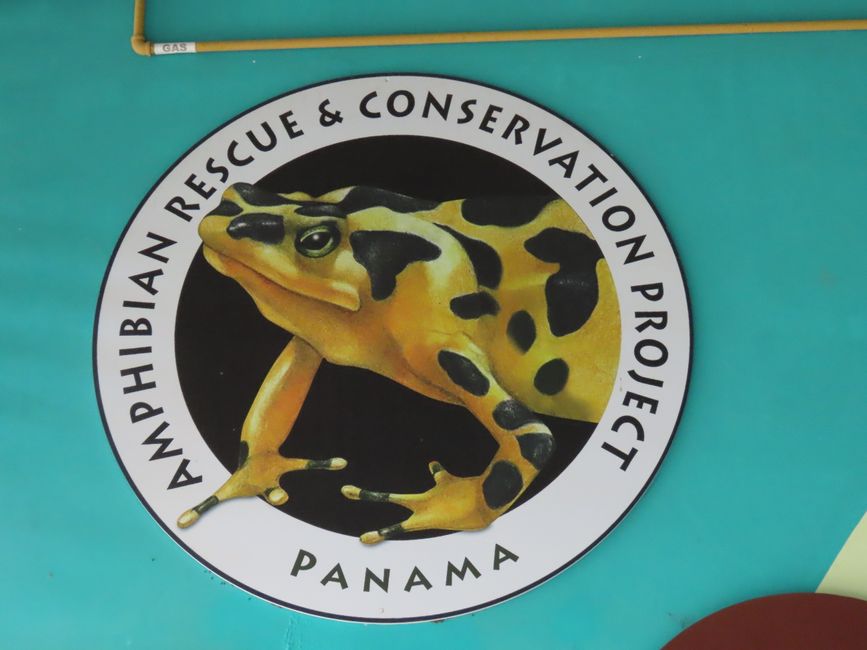
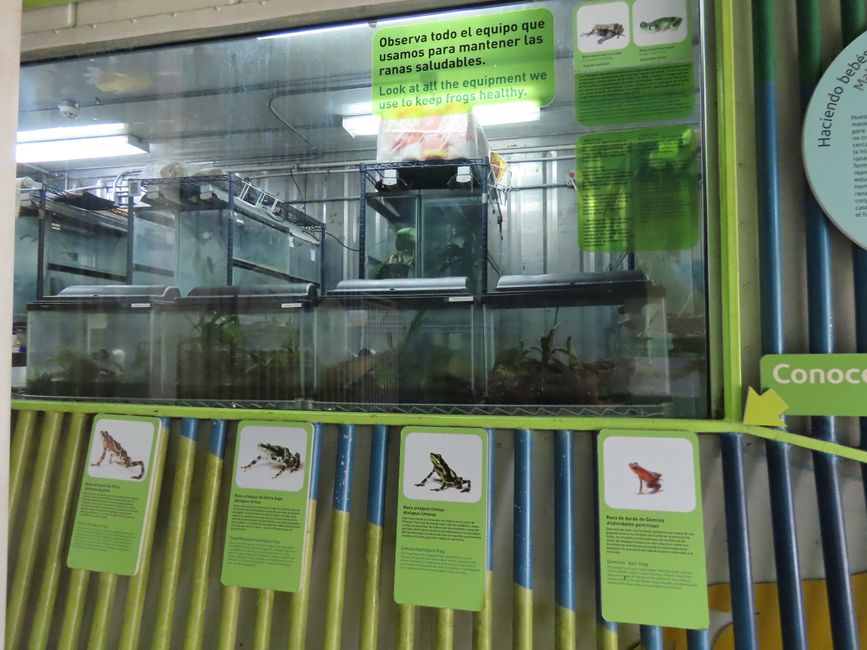
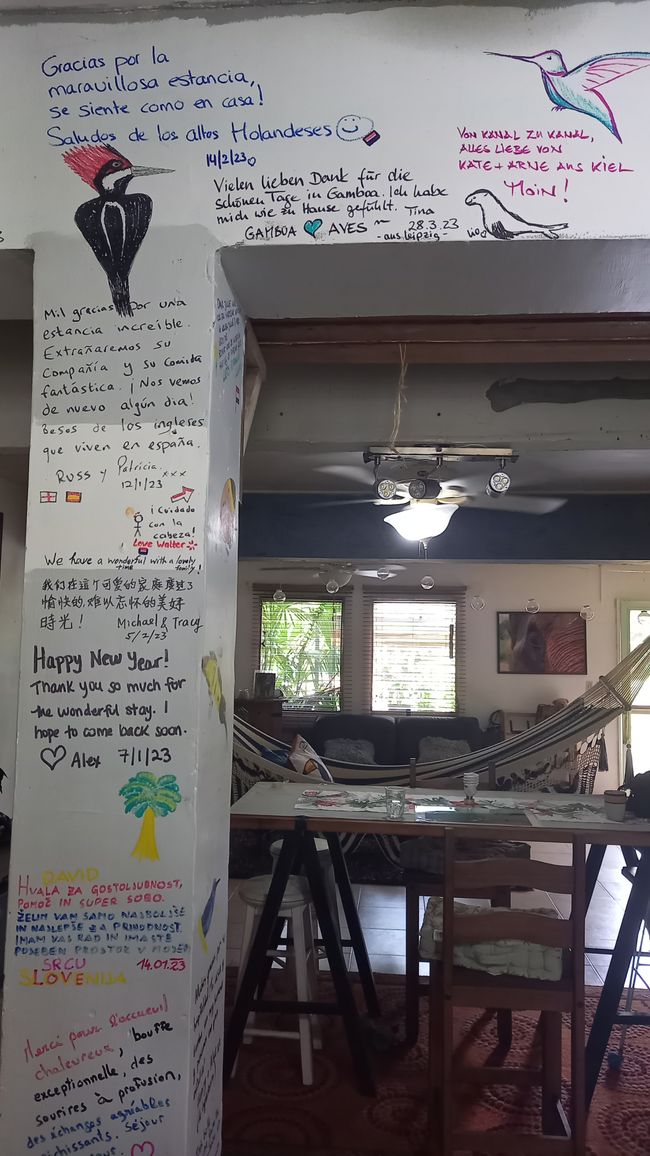
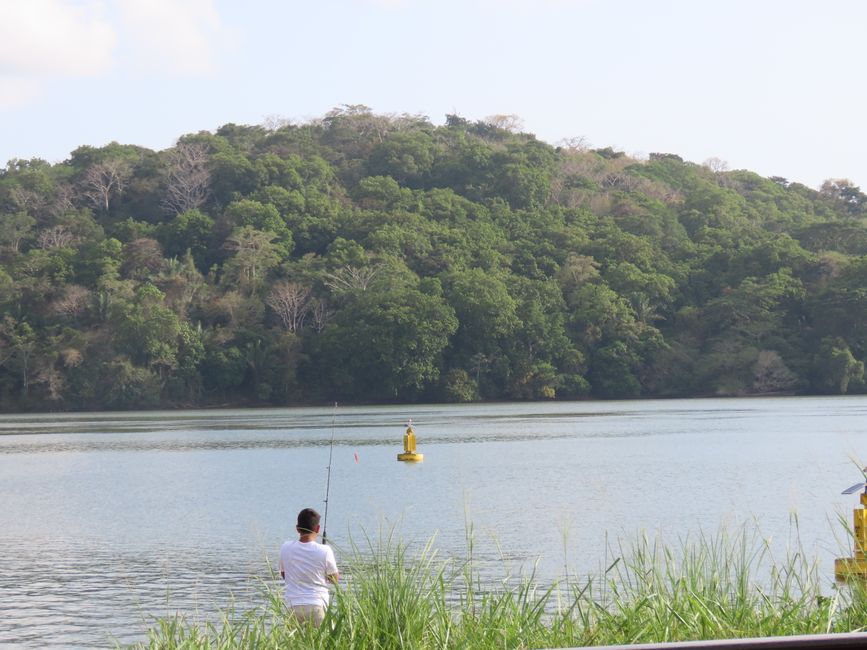
Aboneaza-te la Newsletter
After spending time in busy places with little wilderness and biodiversity like David, Panama City, and San Blas, it was definitely time to roam through the jungle again and search for animals. I consciously chose Gamboa because I had read that the Soberanía National Park, where Gamboa is located, is supposed to be one of the most species-rich birdwatching areas in Central America. Additionally, it was right next to the Panama Canal, which I wanted to see anyway. Alternatively, I could have stayed in Panama City and taken a day trip to the national park, like most people do. But not me. I wanted to be flexible as always and visit the national park multiple times. And since one of the entrances to the Soberanía National Park is located in Gamboa, I didn't have to think twice. However, finding accommodation turned out to be rather difficult. In Gamboa itself, there are only 4 hotels, one of which is a luxury bed bunker that I immediately dismissed. The other 3 were fully booked or I didn't like them. Another hotel is located in the national park and is a lodge specifically for birdwatchers. I jokingly inquired there because it looked really beautiful. But 1400 euros for 3 nights is a bit too much, even if meals and bird tours are included. So there was still one Airbnb left, which turned out to be a real gem. When I arrived there, I felt myself relax and breathe. I immediately felt that Gamboa is a wonderful place and that I had made the absolute right decision. Miriam, the owner of the Airbnb, was not on site, but had entrusted Melanie with welcoming me. Melanie also lived in Miriam's house, is from Germany, and works part-time at the nearby Smithsonian Research Center. The Smithsonian is an institution that operates museums, educational institutions, and research centers in the USA and Panama. Luisa, a Colombian who also works at the institute, and Miriam herself also lived in the house. The house was beautifully furnished and Miriam's family and friends were constantly coming and going. I estimate that she is about 60-70 years old. My room was really cozy and my bed could easily fit 3 people. Everyone was very warm and welcoming, it was very family-like, and I felt incredibly comfortable. It almost felt like home.
However, I had a fever and didn't feel quite fit. Again. So I rested for a while and didn't do much that day. Right outside the door, I could already observe a lot of birds without moving much.











 The first animals I could observe in front of the house. A black vulture...
The first animals I could observe in front of the house. A black vulture...





The next day, I had to go out because my camera, which got wet on San Blas, still wasn't working. So I took the bus that runs from Gamboa to Panama City 4 times a day. Conveniently, the ride ends at Albrook Terminal, where there is a huge mall. There, I went to all the camera stores I could find on Google. Most of them turned out to be a disappointment, as they didn't have cameras but had several televisions and other stuff. I walked back and forth for what felt like an eternity, got lost a few times, and ended up in a sushi restaurant on the food street. The last store was outside the shopping center, and I was pretty frustrated as I went out into the scorching heat. But since the store was called Panafoto, I still had hope. They had a small selection of about 10 cameras, almost all of them from Canon. 5 of them were priced under 1000 euros. I had actually budgeted for a camera around the price of my old one, but the 3 cheapest models didn't have a viewfinder and I can't stand that. So I chose the mid-range model. The staff at the store was super nice and always called me by name. As always, a completely different world from Germany. Whether at the doctor's, shopping, in a taxi, or wherever, people are just more relaxed and less frustrated. There was even music playing during the treatment at the doctor's, and you could even request the music you wanted. Anyway, I had my camera 🙂 Now I just had to find a suitable camera bag, as they didn't have one at Panafoto. So I went through all the stores in the mall again. Luckily, in the third store, I got lucky because they had exactly one suitable bag. It took 3 people to handle the invoice, each responsible for a different step. The system here is sometimes funny. For the return trip, I had to take an Uber because the last bus to Gamboa left at 2 p.m. The driver was super happy that he had a booking for the return trip to Panama City because Gamboa is usually dead. I was pretty tired, but I still tried out the camera, which turned out to be a real gem.

I was still pretty exhausted from the fever and the excursion the day before, so I rested almost the entire next day. However, in the afternoon, I couldn't resist the urge anymore. I was at a bird hotspot with a new great camera, so I had to go out again. I headed towards Pipeline Road, one of the most famous birdwatching routes in Panama and possibly beyond. I didn't even walk 50 meters when I spotted the first species. Unfortunately, I also saw a dead armadillo.







A bit further, there was a wetland that I really wanted to see. From a distance, I could already see some people with cameras and I walked faster. The small wetland was a true oasis and there were geese, herons, and lapwings. Continuing towards Pipeline Road, I discovered more birds and was especially excited about the motmot. When I reached the actual entrance to the hiking trail, it was already quite late and I decided to turn back. The Pipeline Road is a total of 17 kilometers long and there is no circular route. Given my condition, I couldn't hike that long anyway. Maybe I'll walk it again someday in the future. On the way back, I heard a common pauraque nightjar. But taking a photo of this bird is almost impossible.



















But after all the adventures, my departure was already imminent the next day. I could have stayed in Gamboa for much longer, as the place turned out to be an absolute bird paradise. And due to the incredible tranquility and the few tourists, it is still a hidden gem that deserves more attention and visits from tourists. But since hiking and birdwatching are the main activities in Gamboa, it probably won't be overcrowded in the future.
Since Roger and Joe (the two I met in David) were staying at Joe's house not far from Gamboa, I decided to spend my last few days before my flight to Colombia with them. They had spontaneously opened a hostel in Joe's house and were happy that I visited them. I wasn't in the mood for the city anyway, and I don't think I missed out on much in Panama City. Since it was a bit complicated to reach Joe's hometown by public transportation, Joe picked me up in Gamboa. He briefly exchanged ideas with Miriam about the hotel business, checked out the house, and then we set off for Caimitillo to Joe's hostel. :)

For those who have made it through the countless bird pictures and made it this far: Thank you! ❤️🐦🦅🦆📷🇵🇦❤️
Aboneaza-te la Newsletter
Răspuns
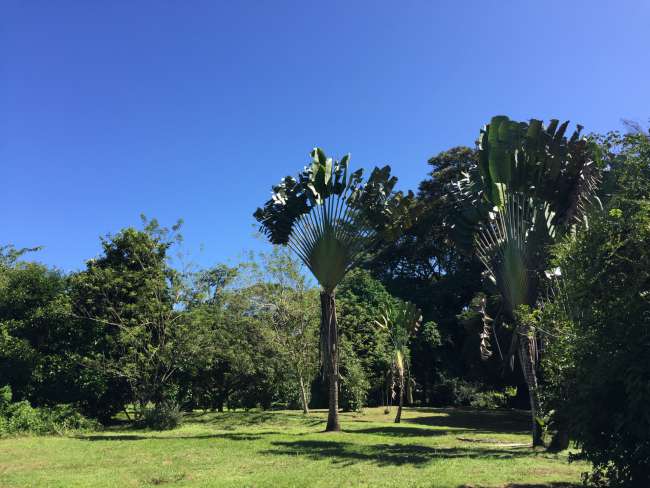
Rapoarte de călătorie Panama
